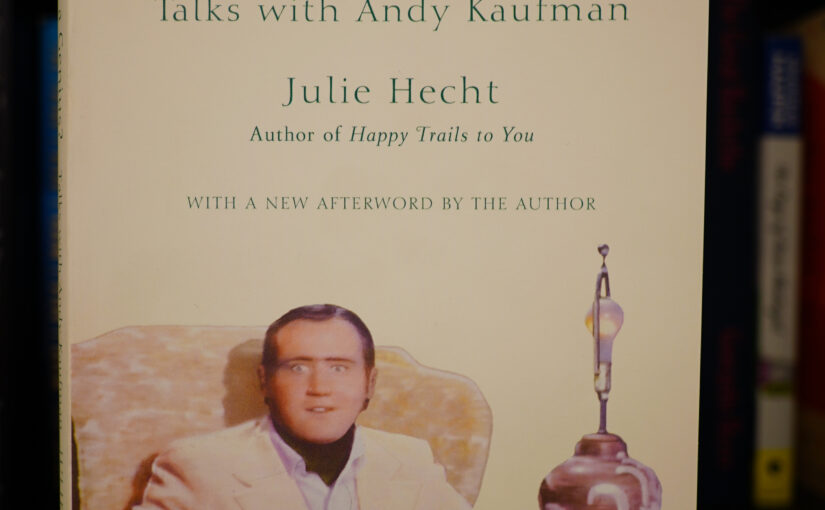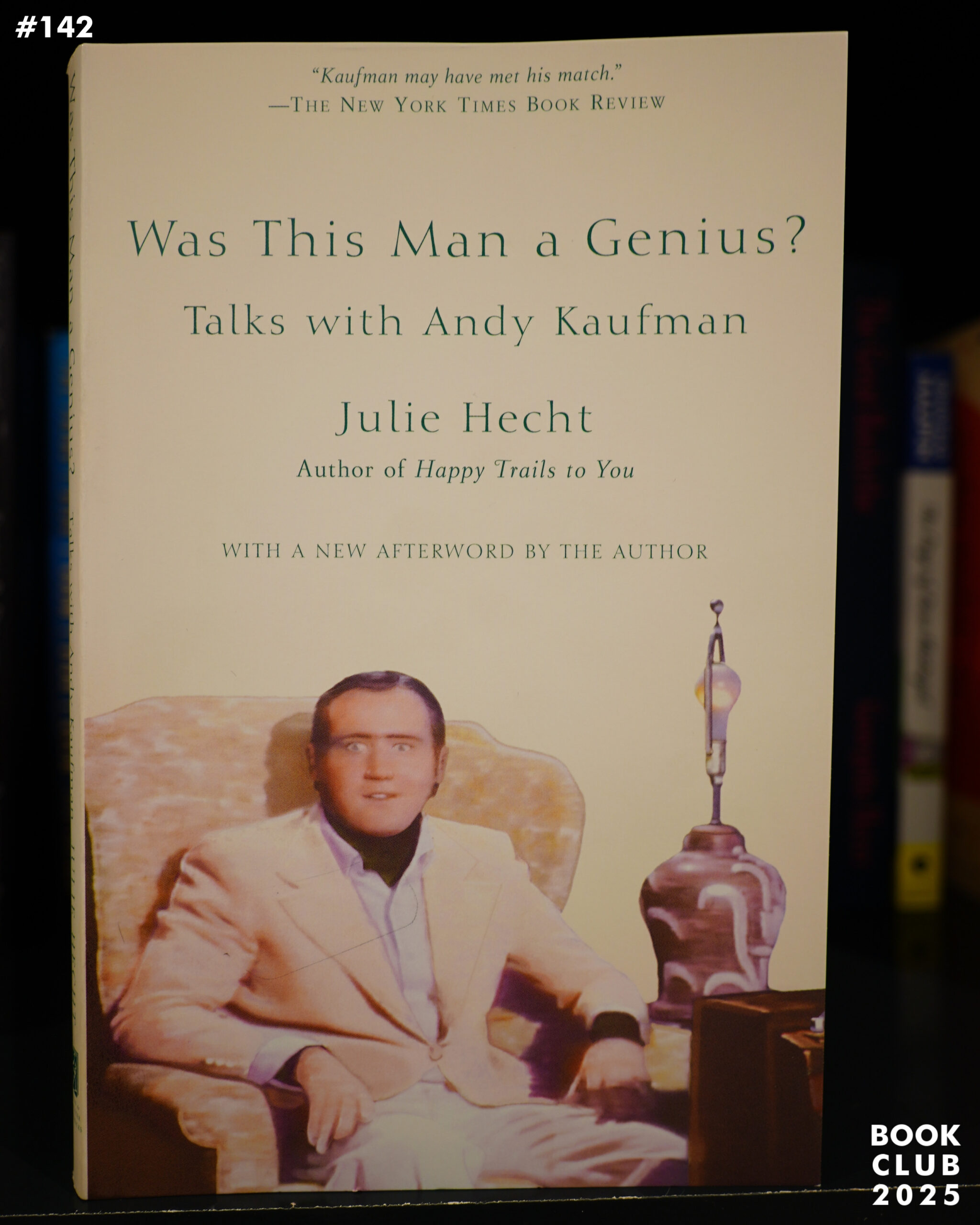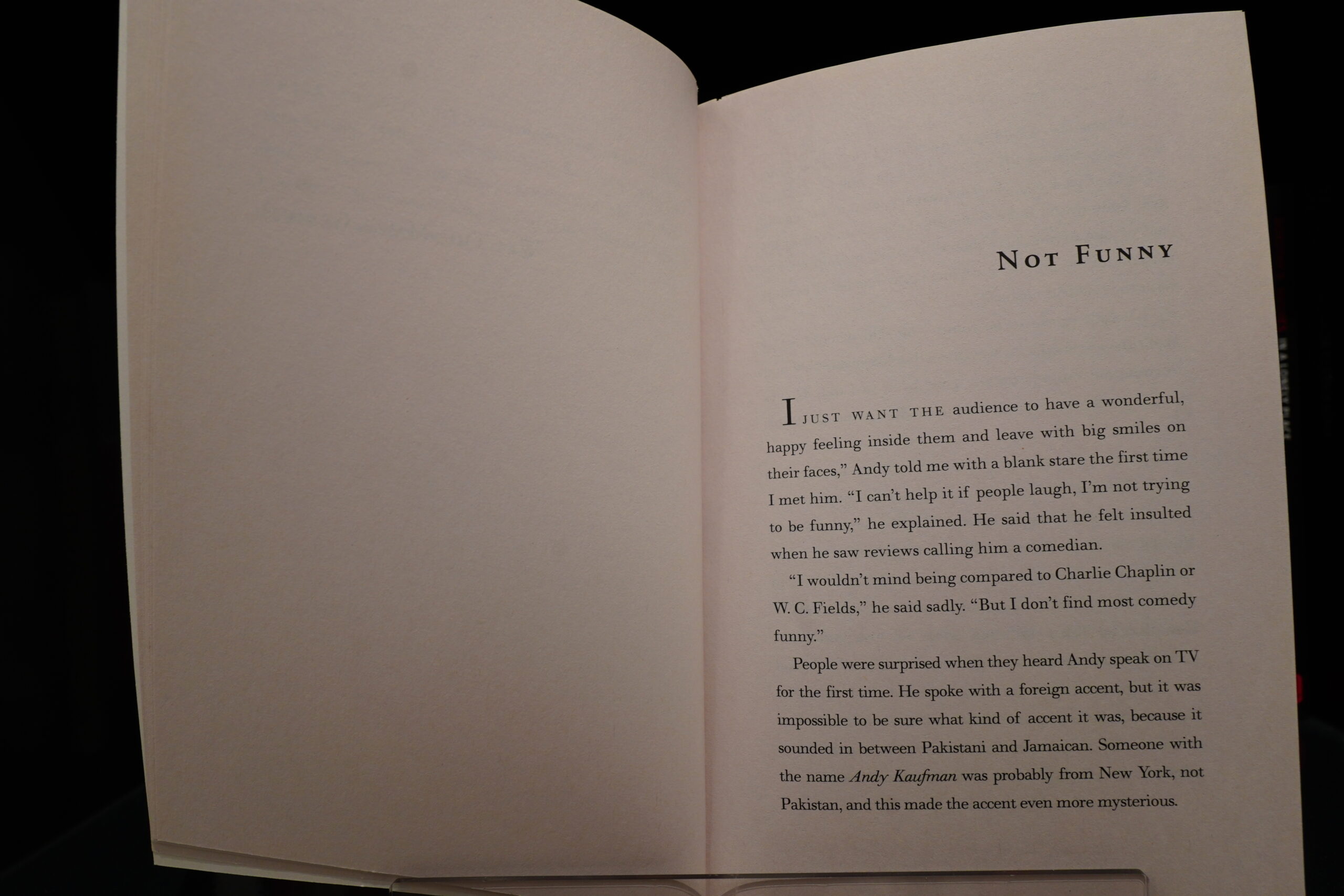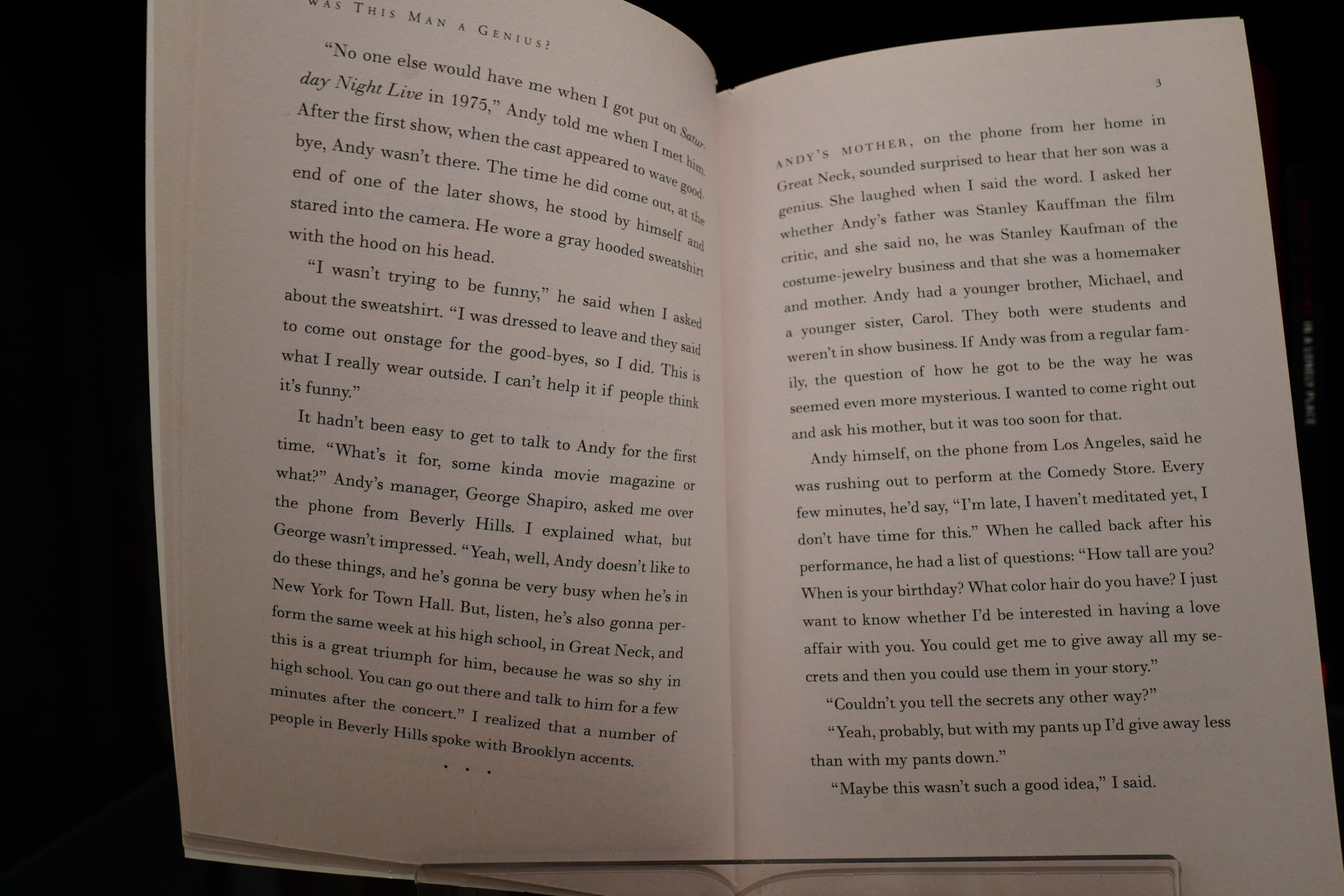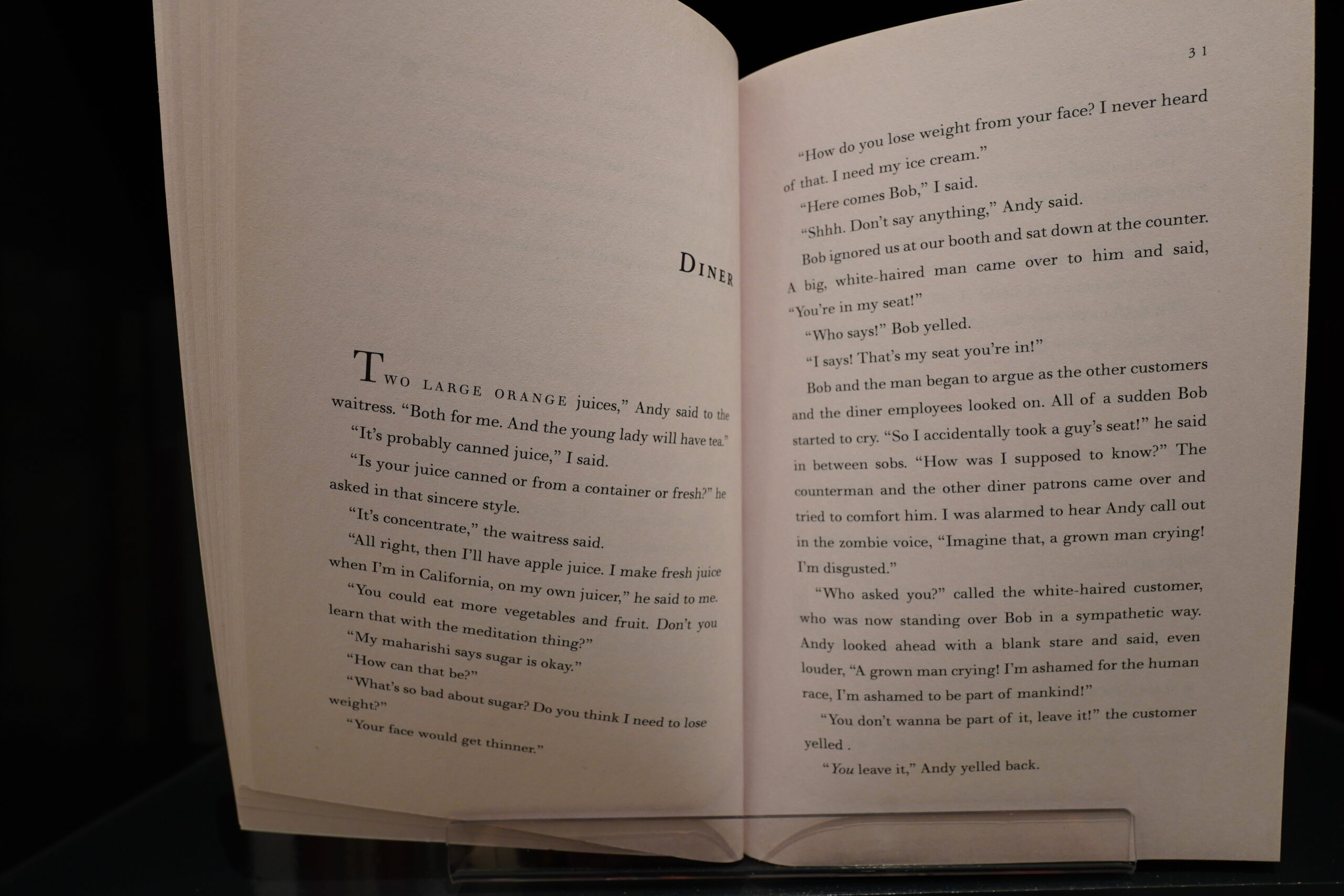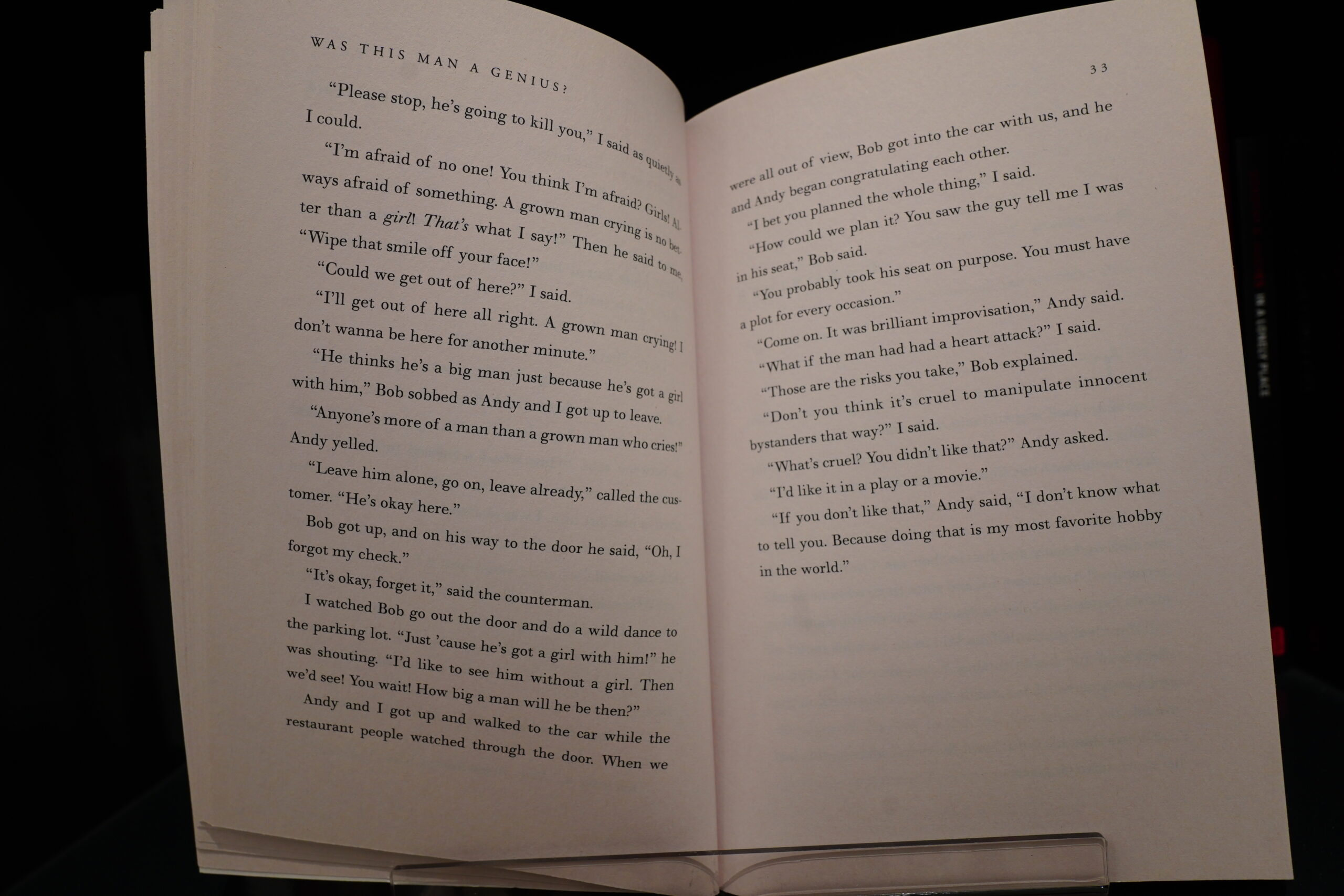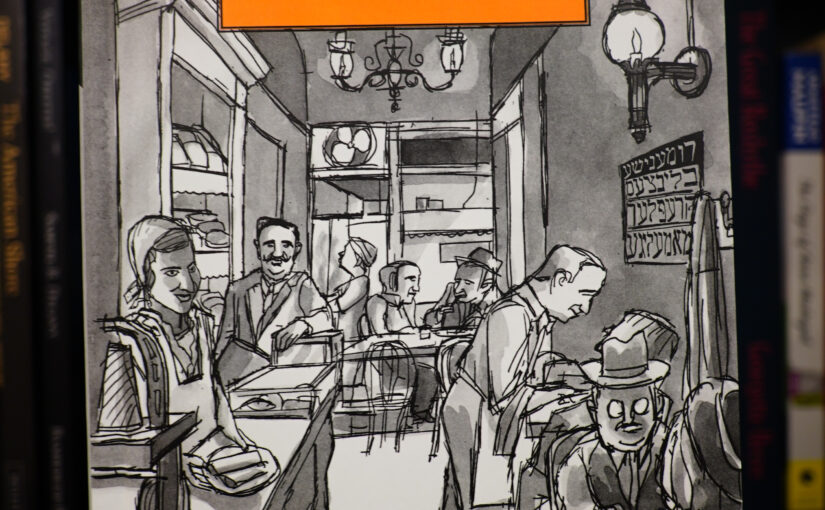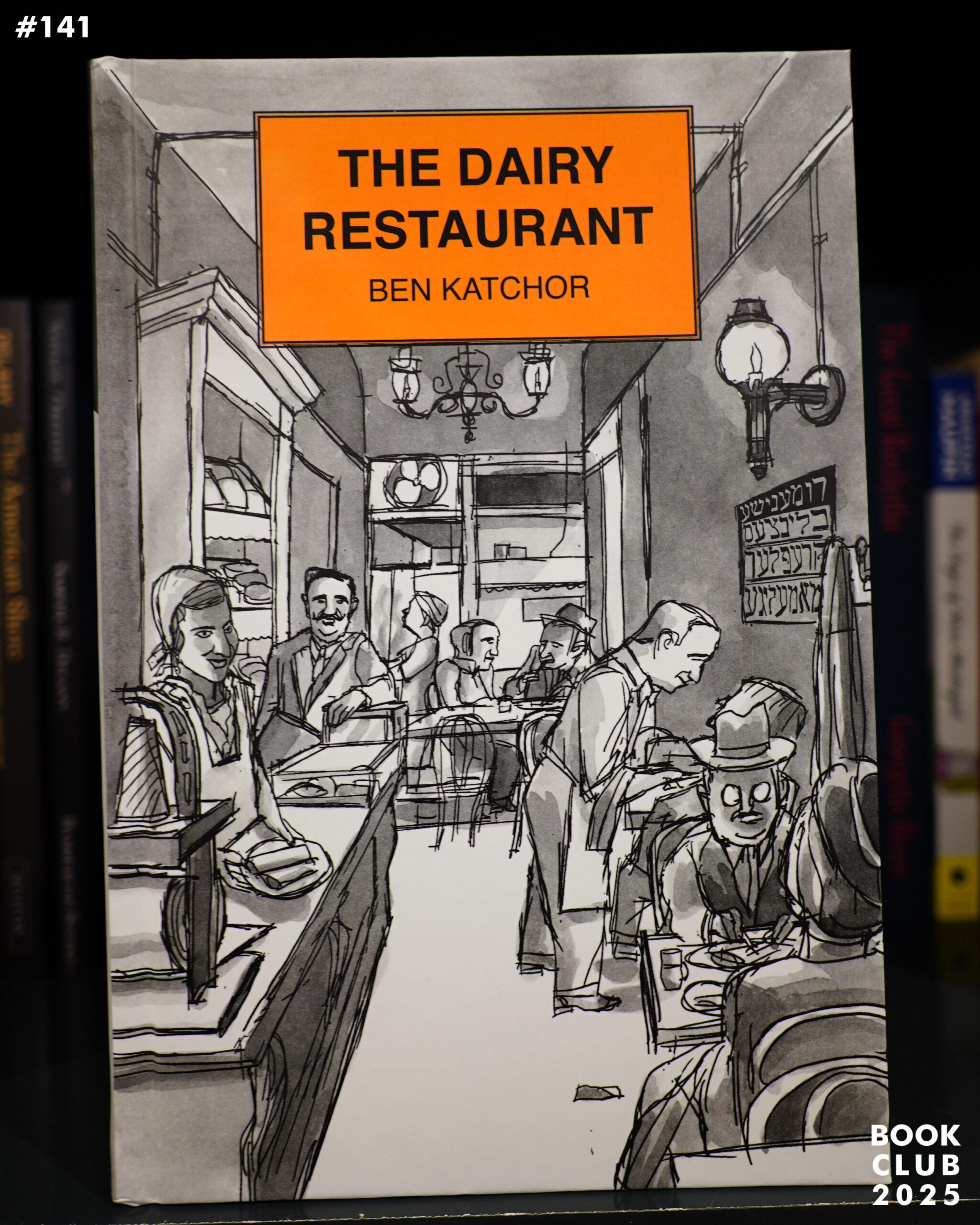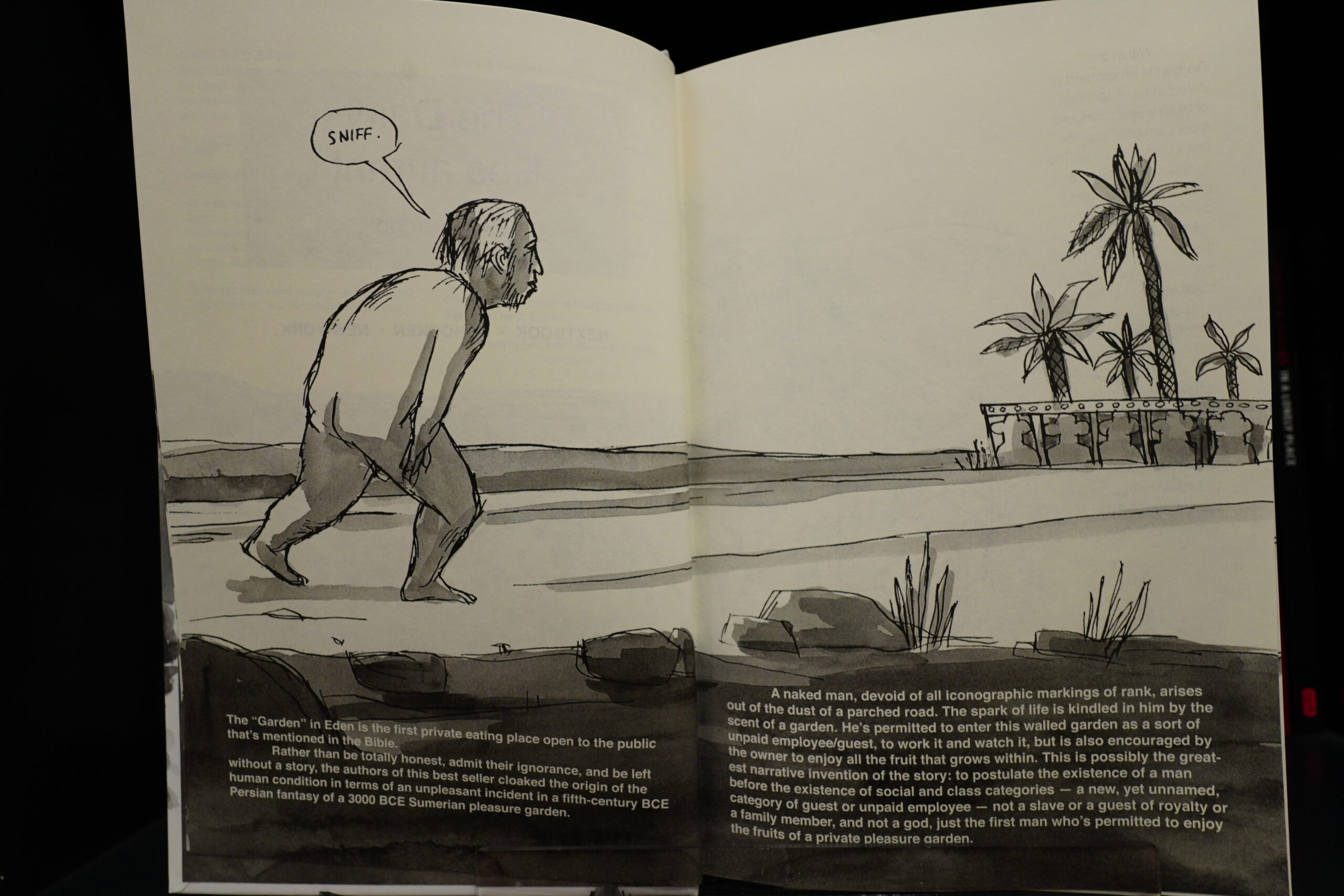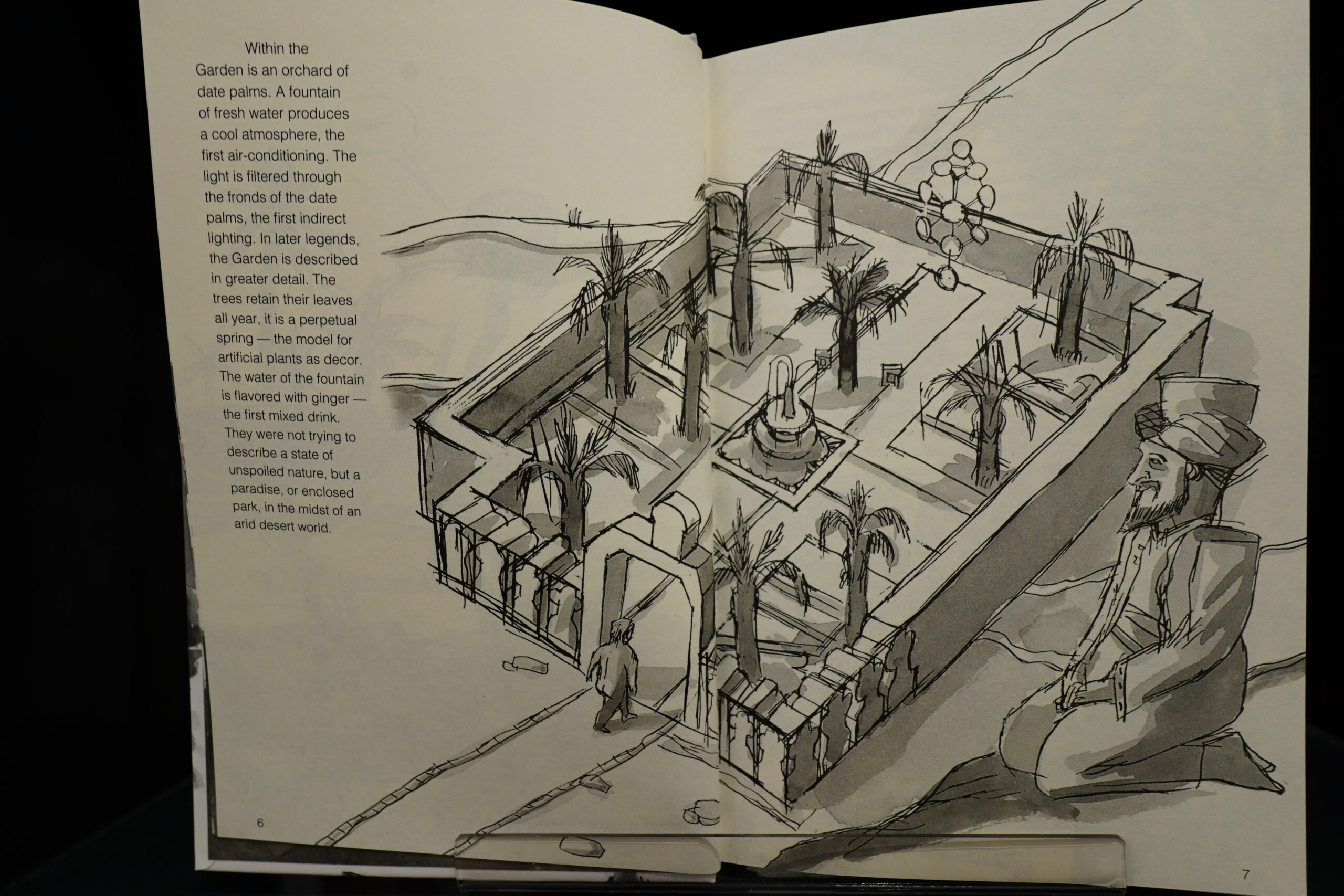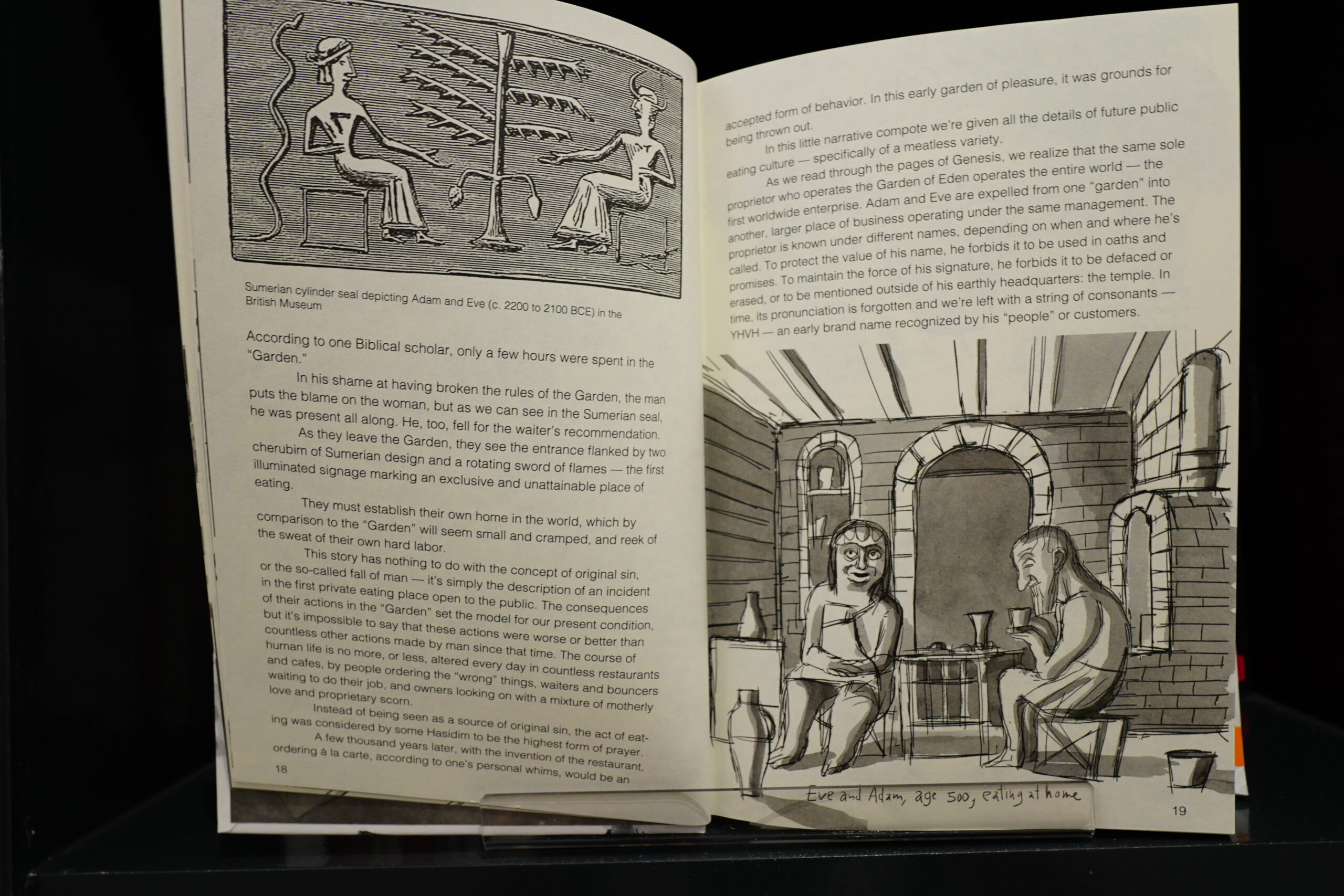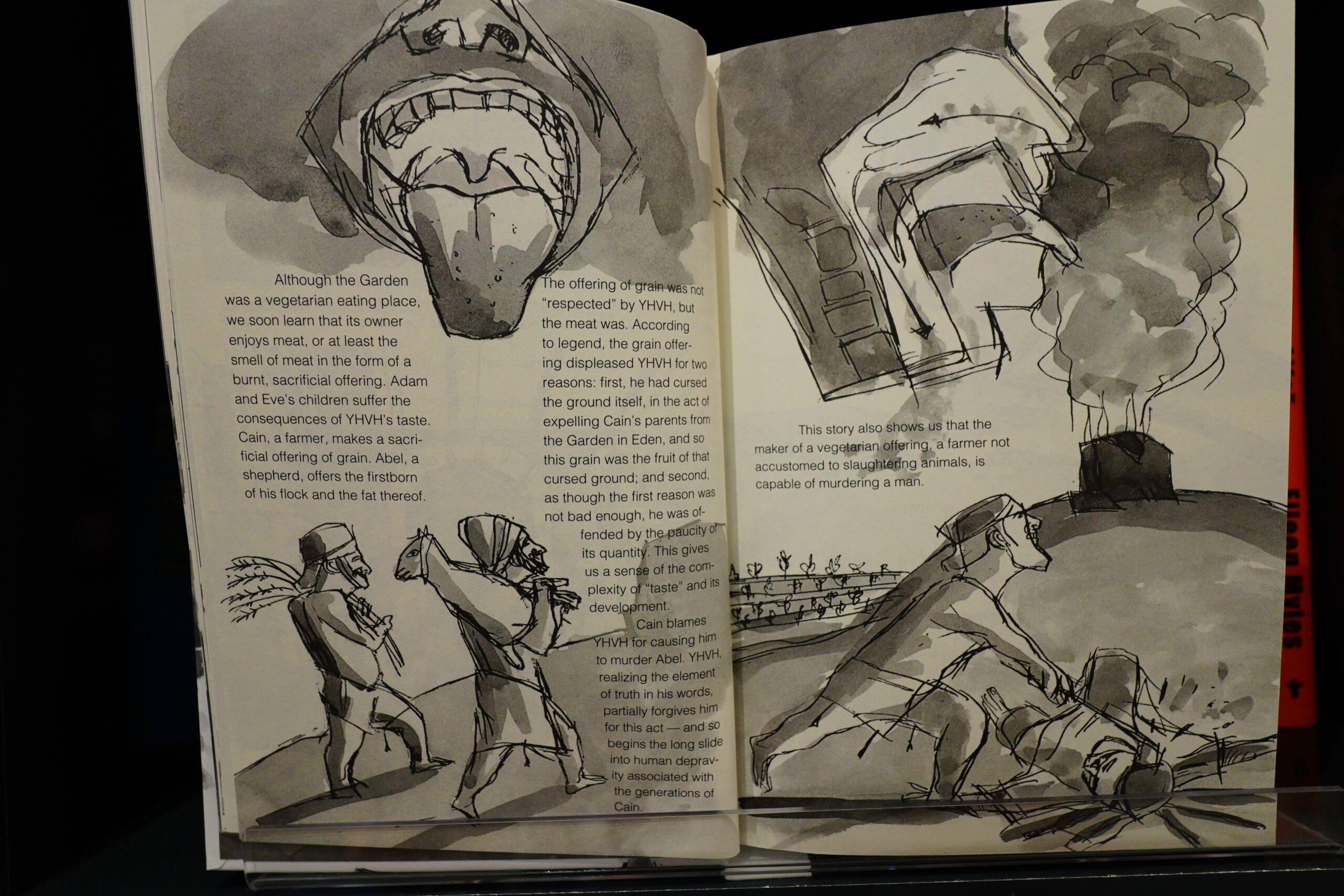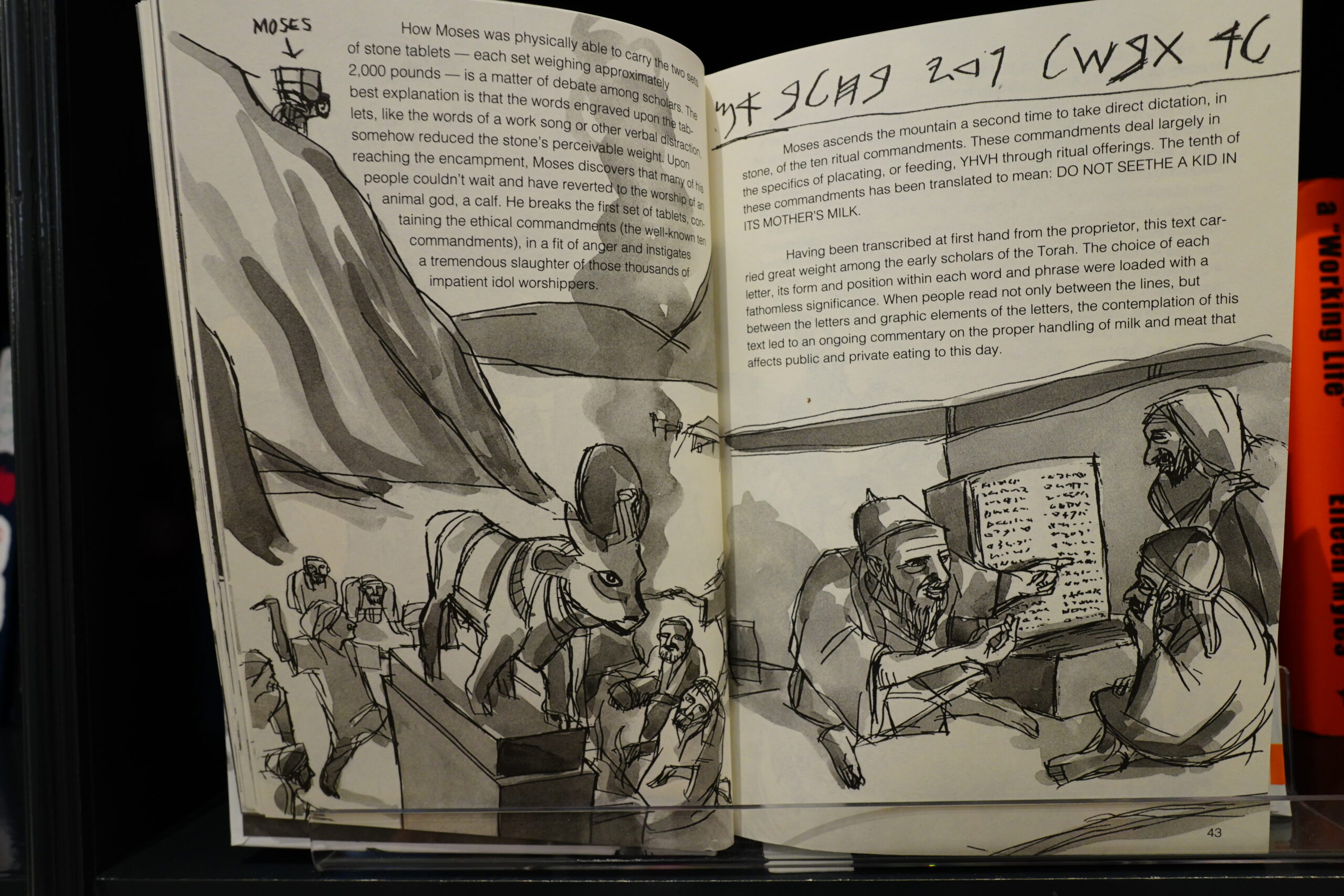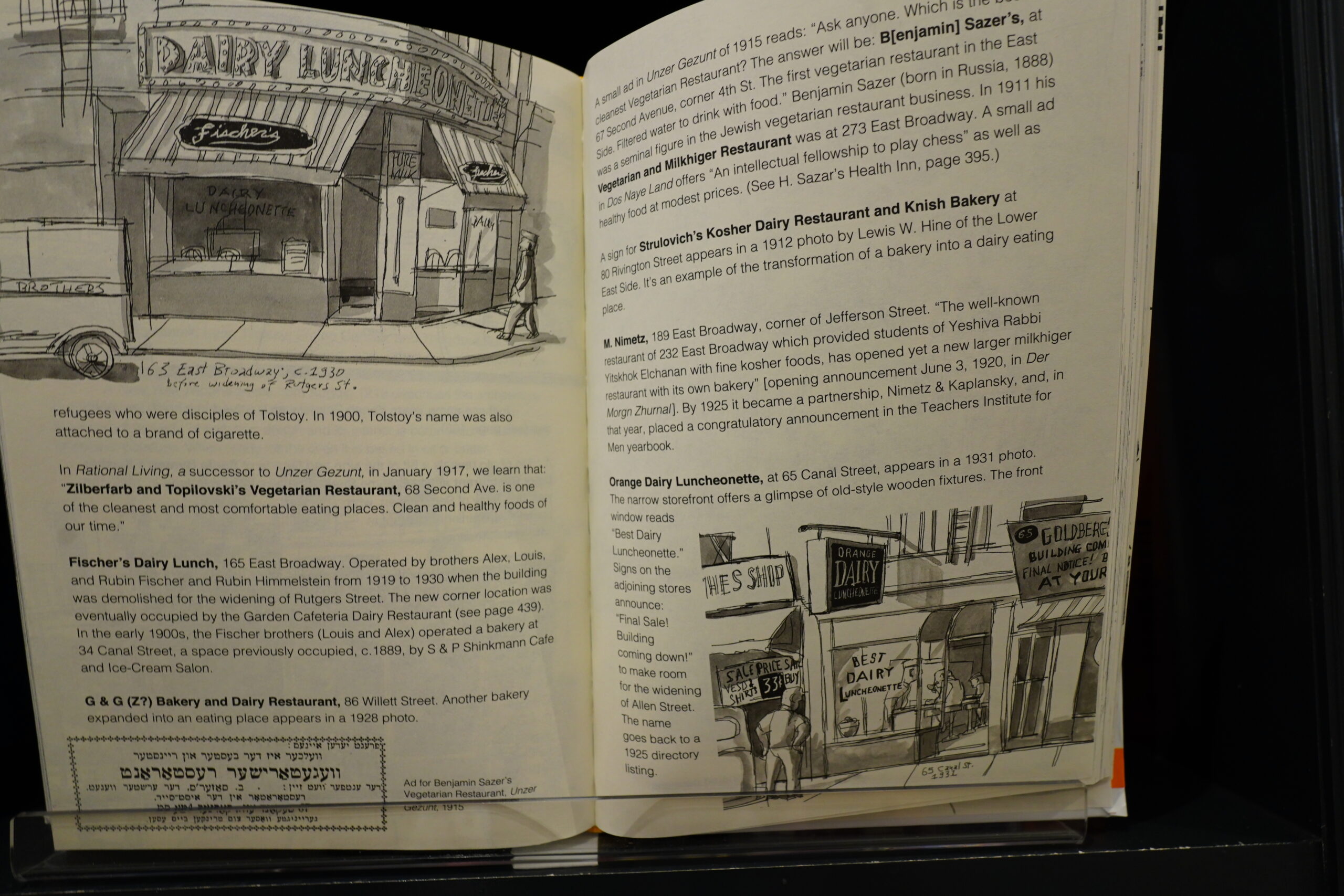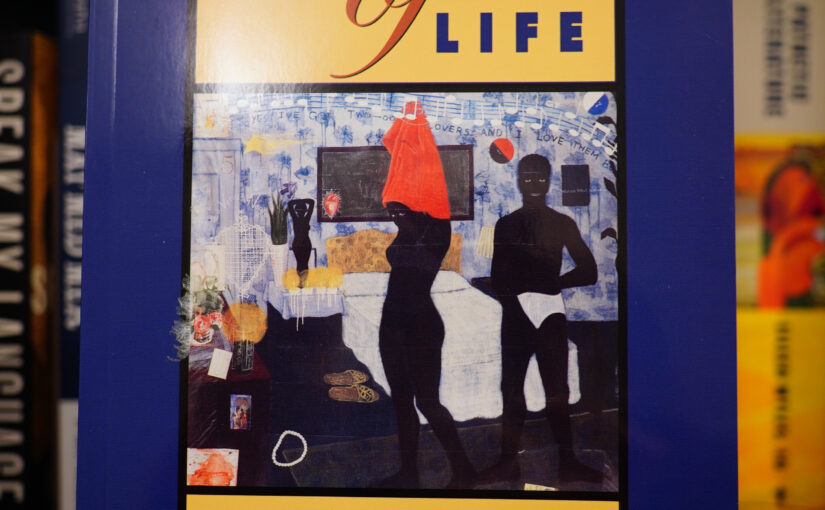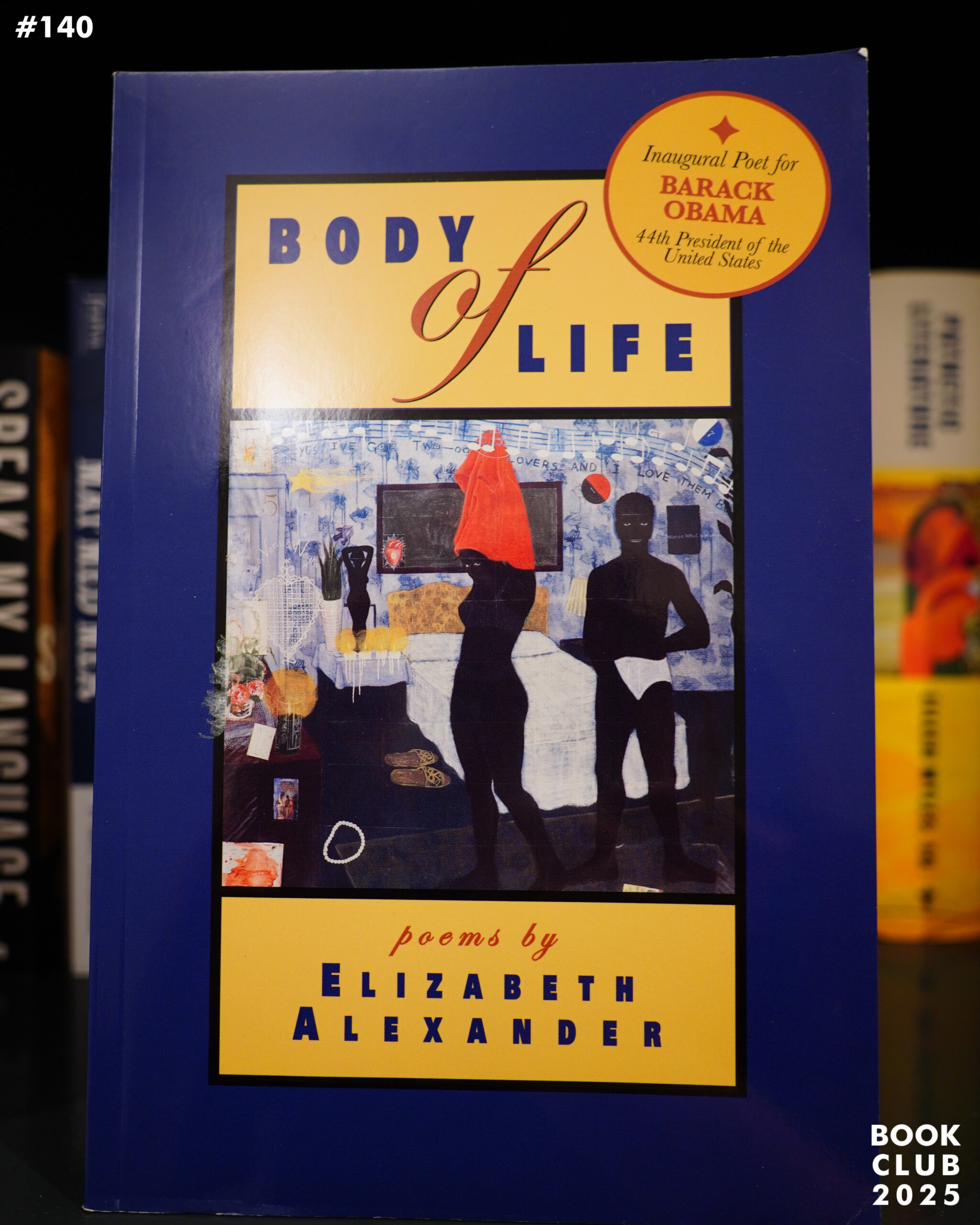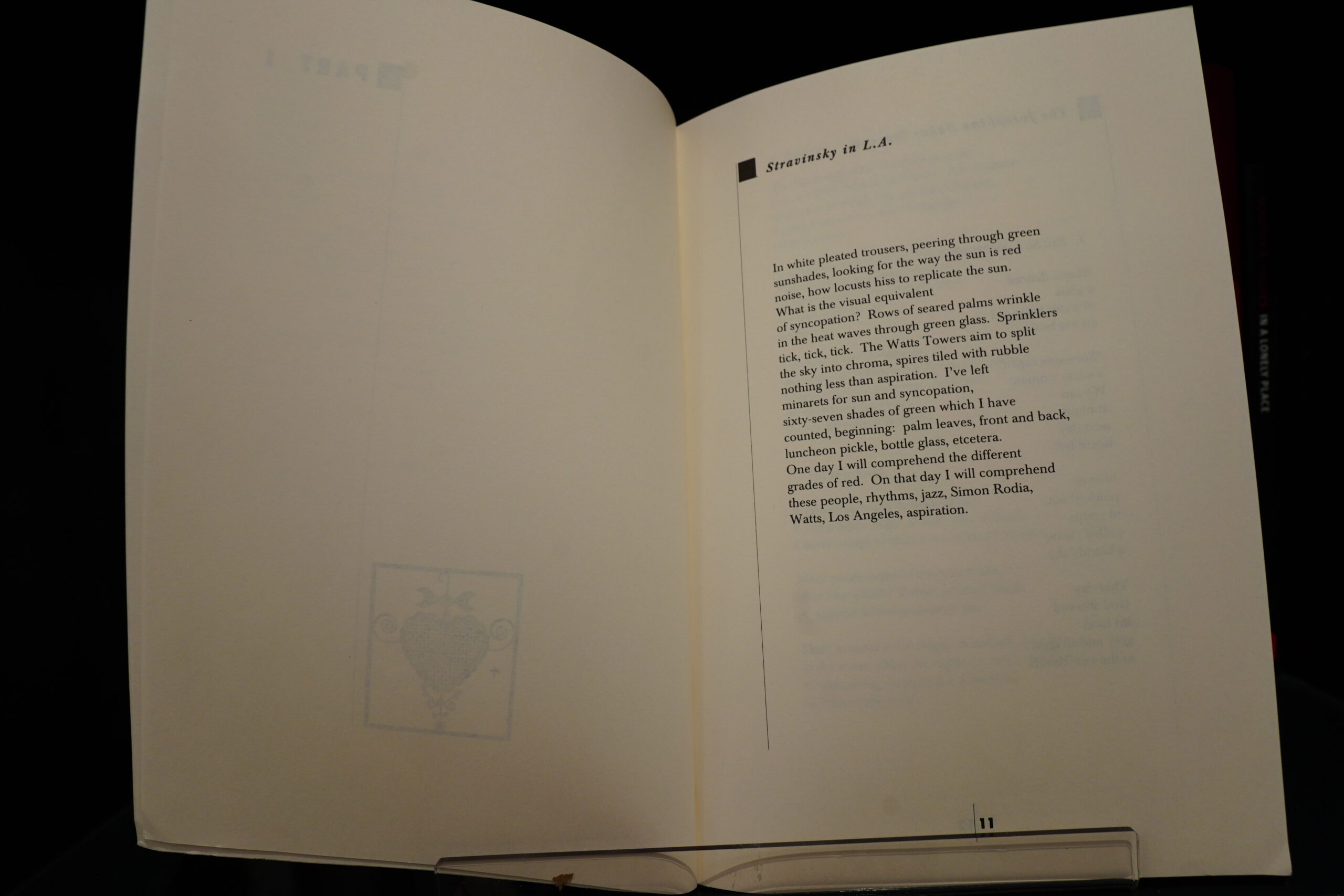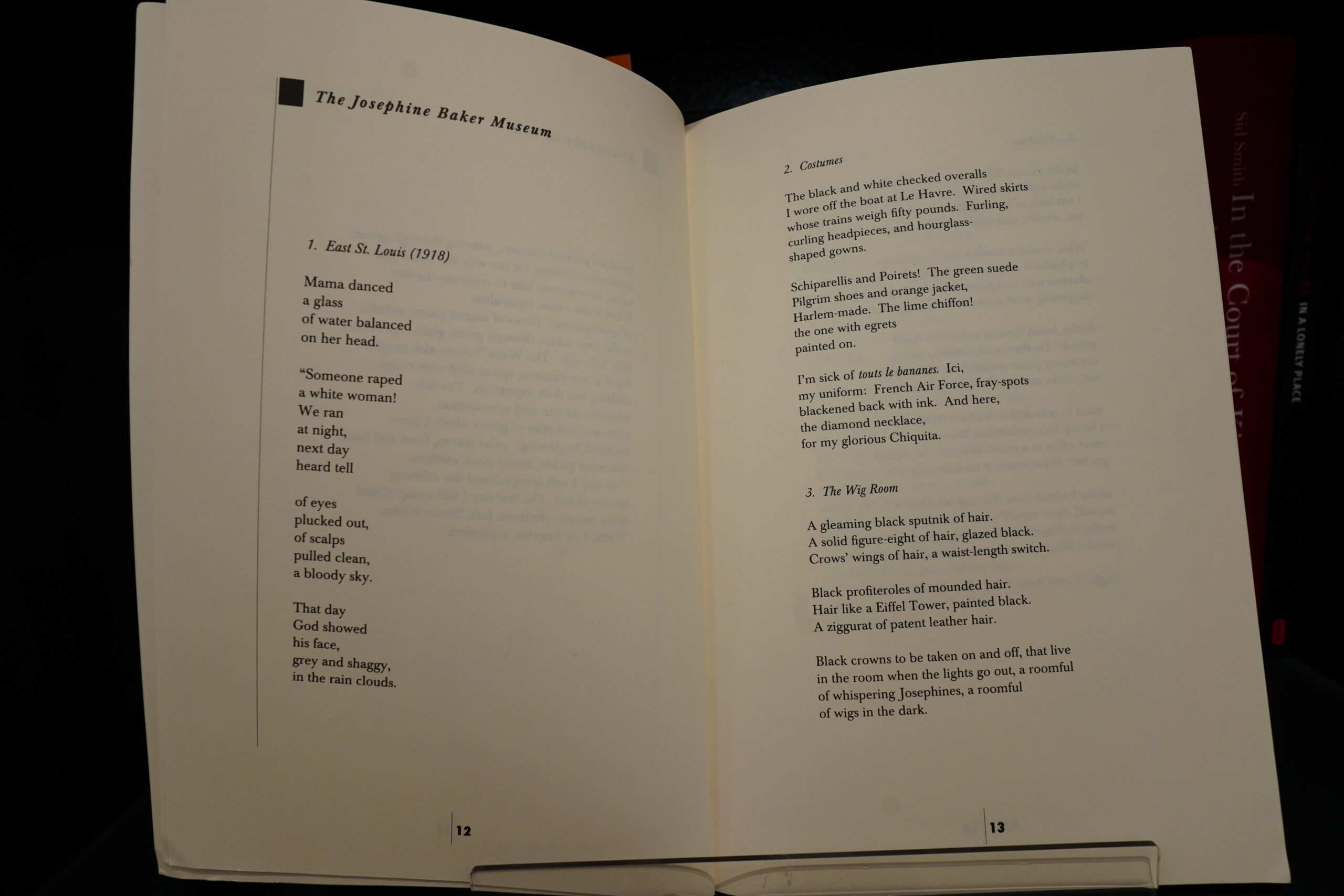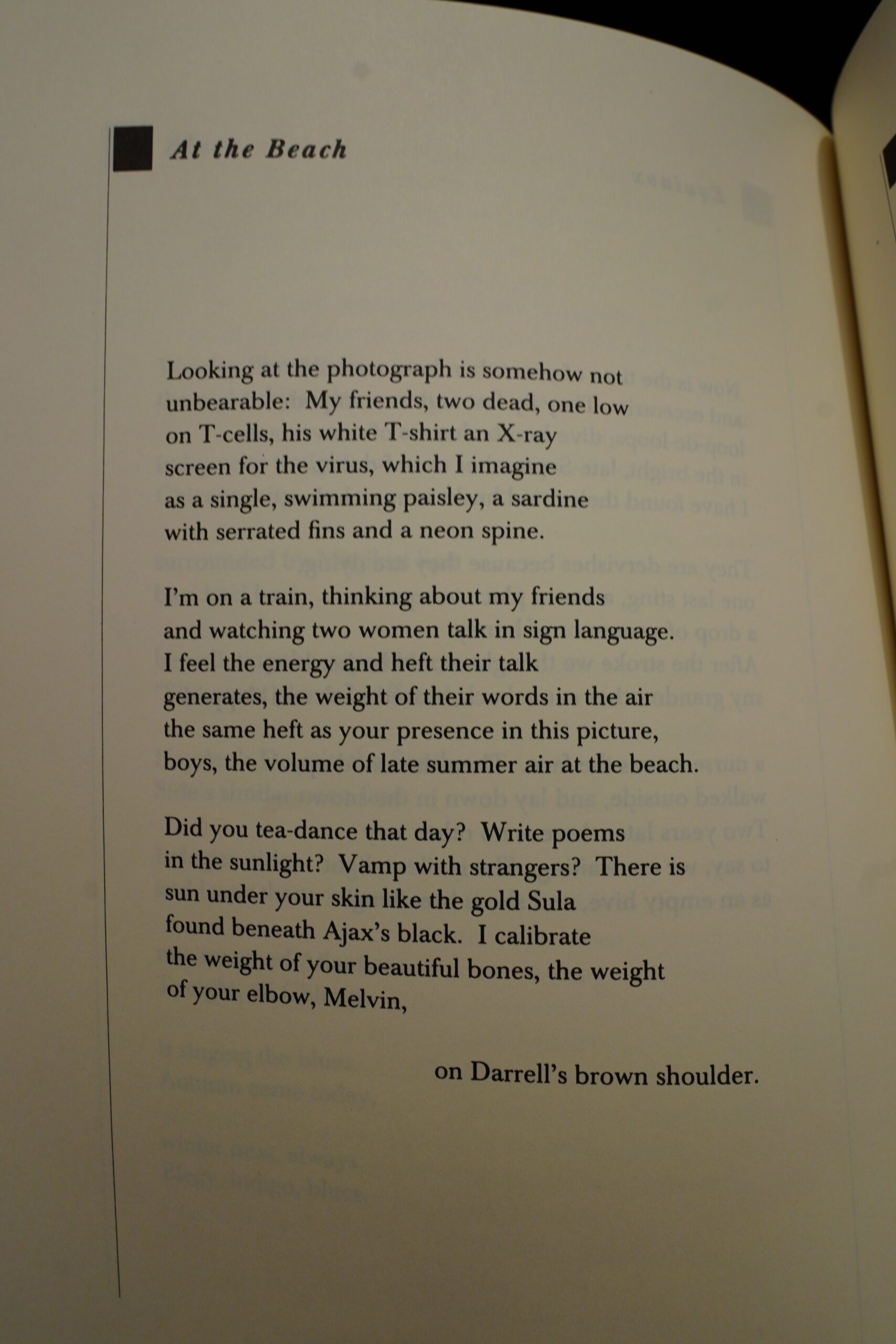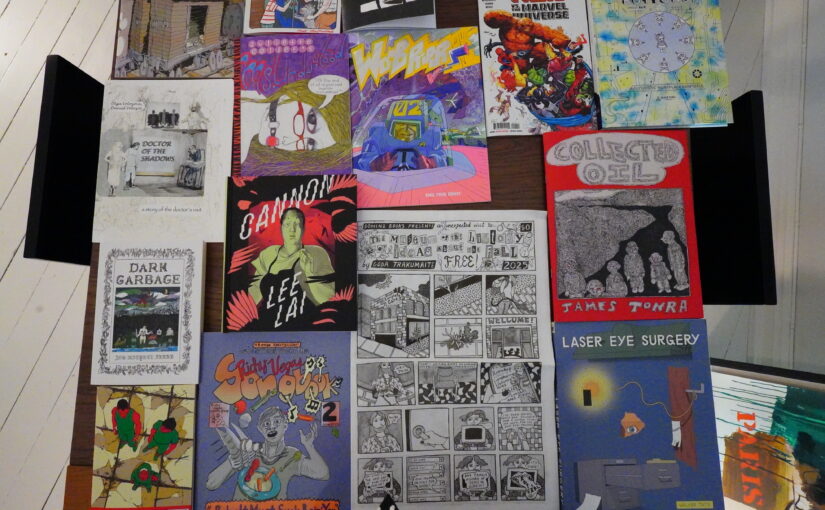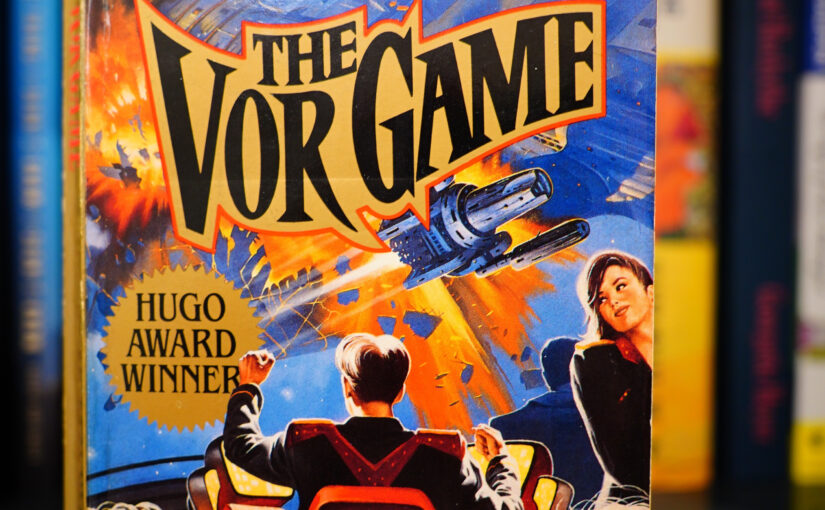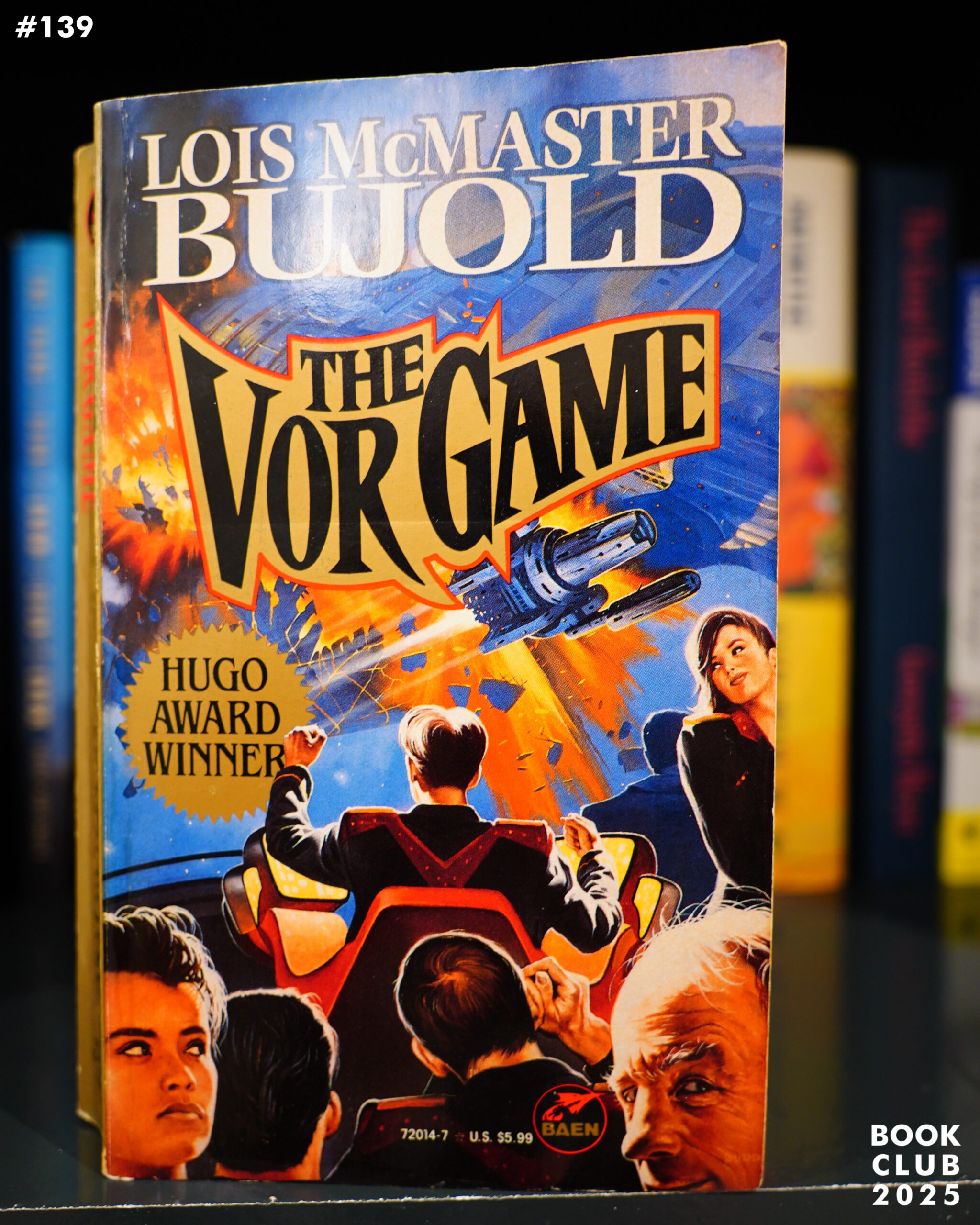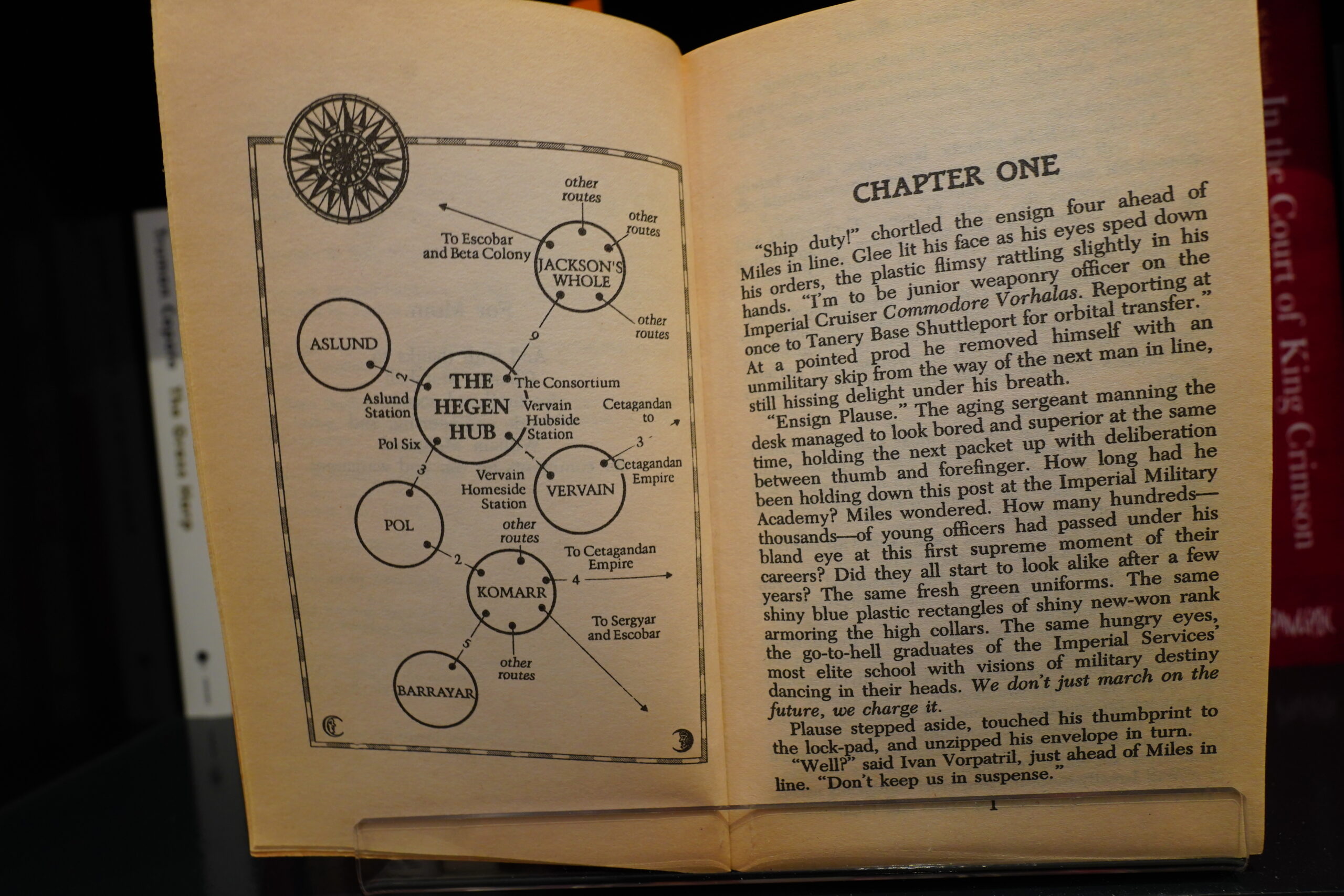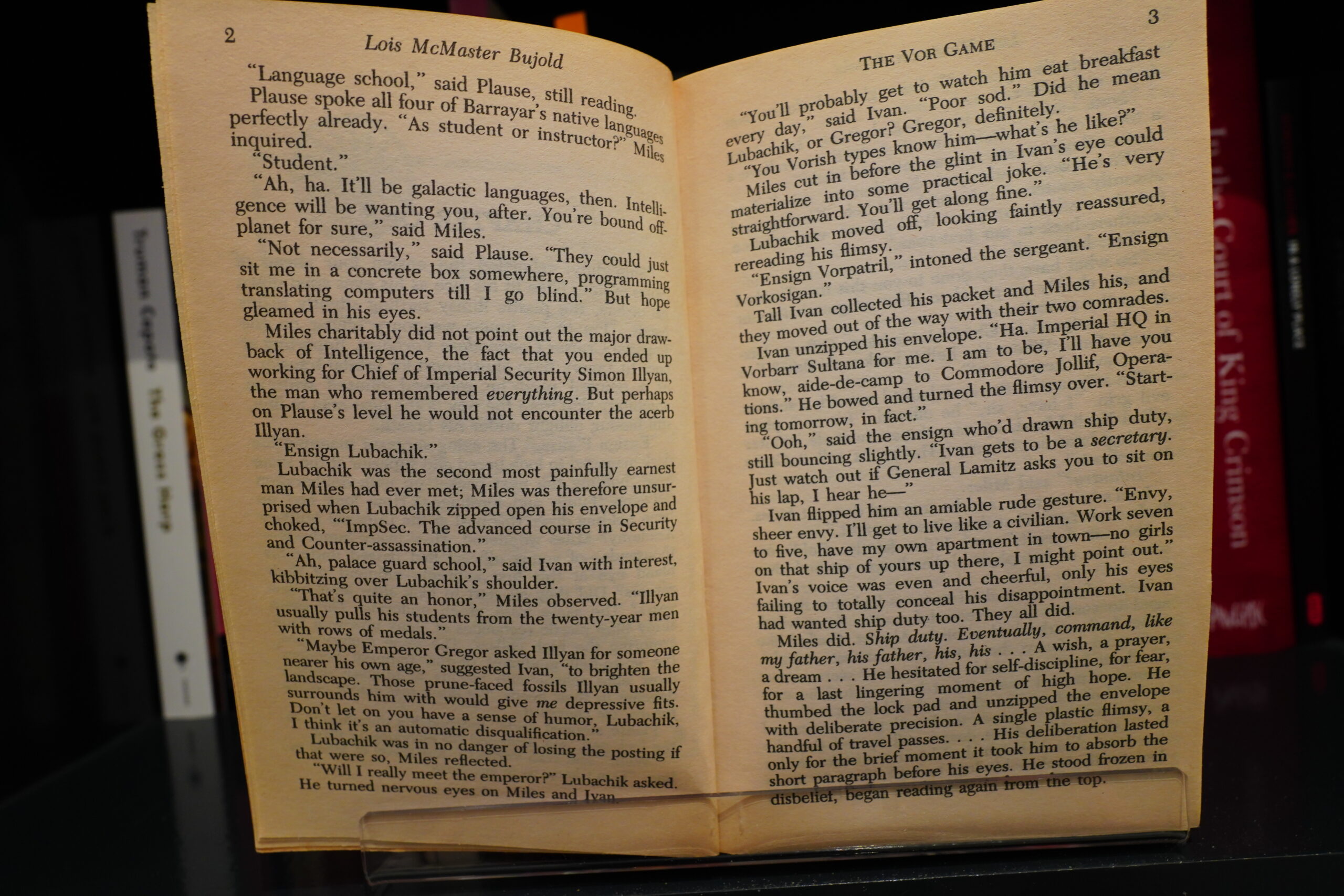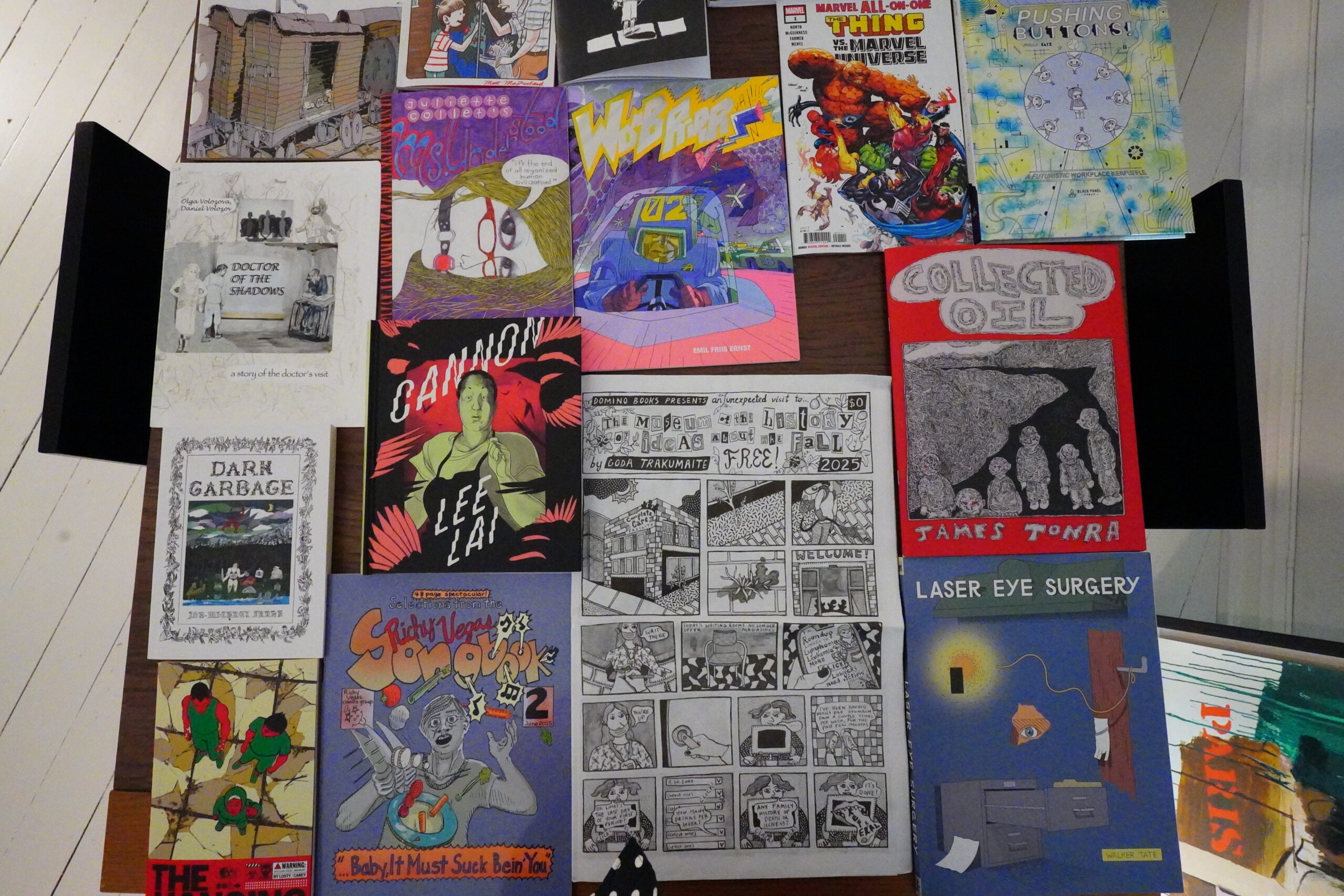
I finally got a bunch of new comics, both mainstreamey and art stuff! It really seems like US comics is having some kind of meltdown after the Diamond bankruptcy — is it really the case that Drawn & Quarterly only has a single book planned for November? It could just be a programming error on my part, but I really can’t find out who’s even distributing them these days…
Let’s see — what does DCBS say for October?
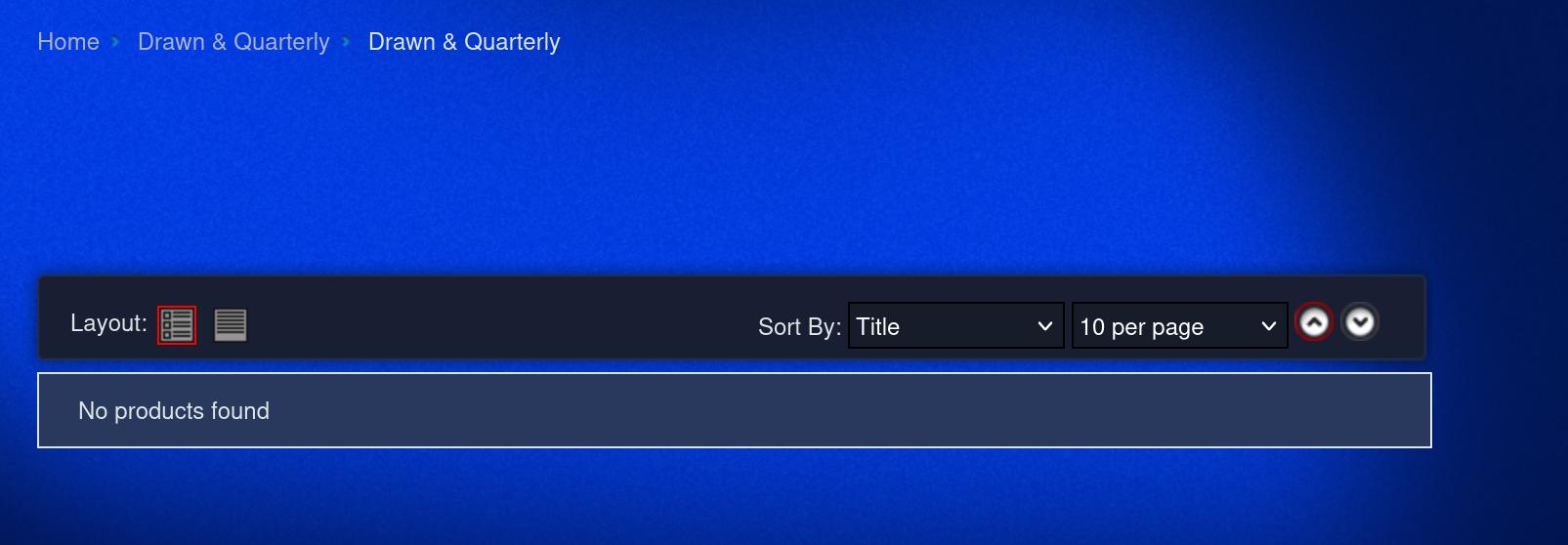
Yeah, that’s what I thought. Is D&Q via bookstore distributors only now? It seems like this should be a news item or something, but can’t see anything on Comics Beat…
Anyway. Finally a comics readin’ day. And let’s go with music from… er… 1981? only.
| Japan: Tin Drum (1) | 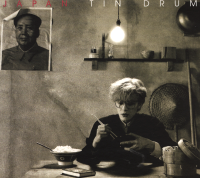 |
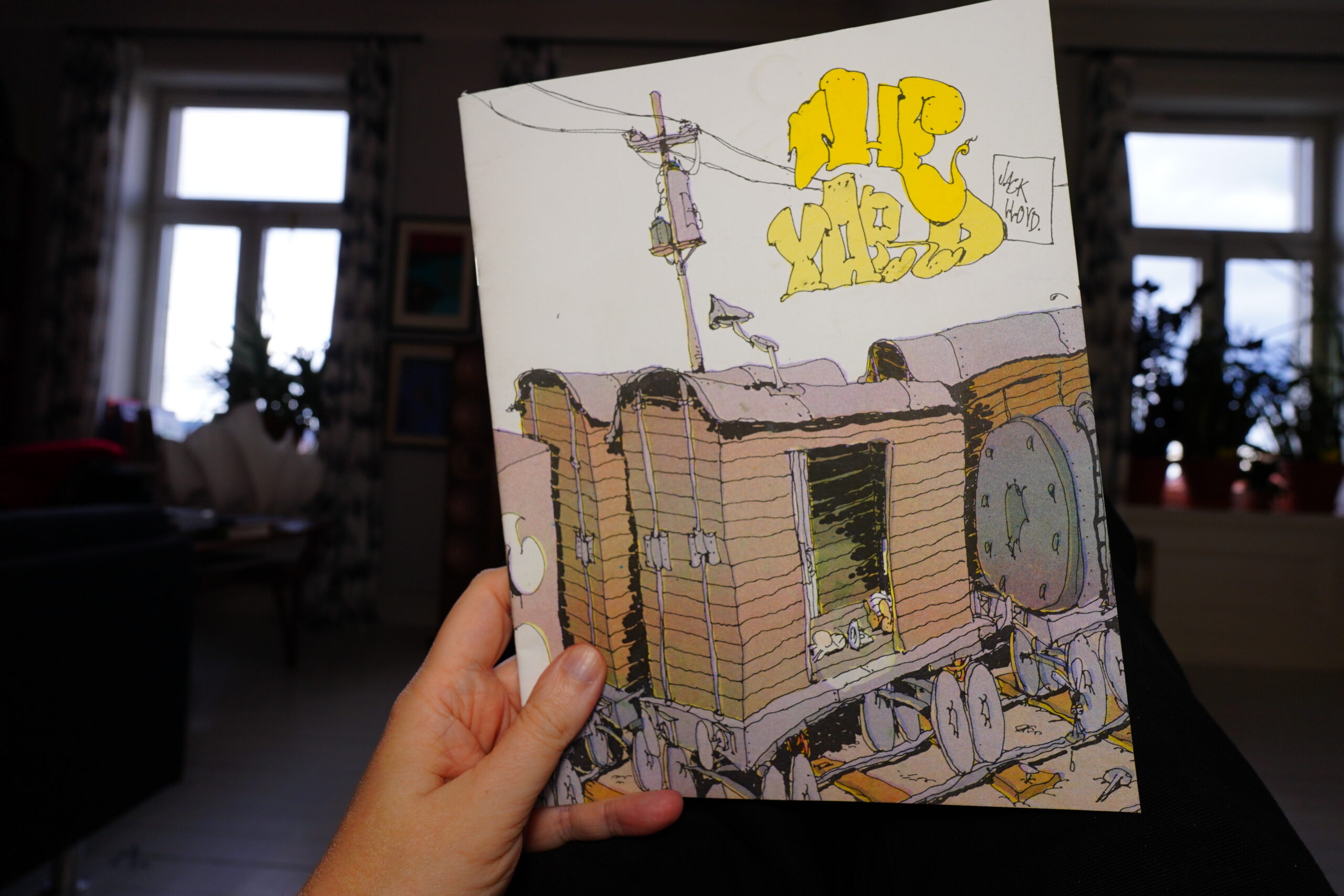
15:49: The Yard by Jack Lloyd
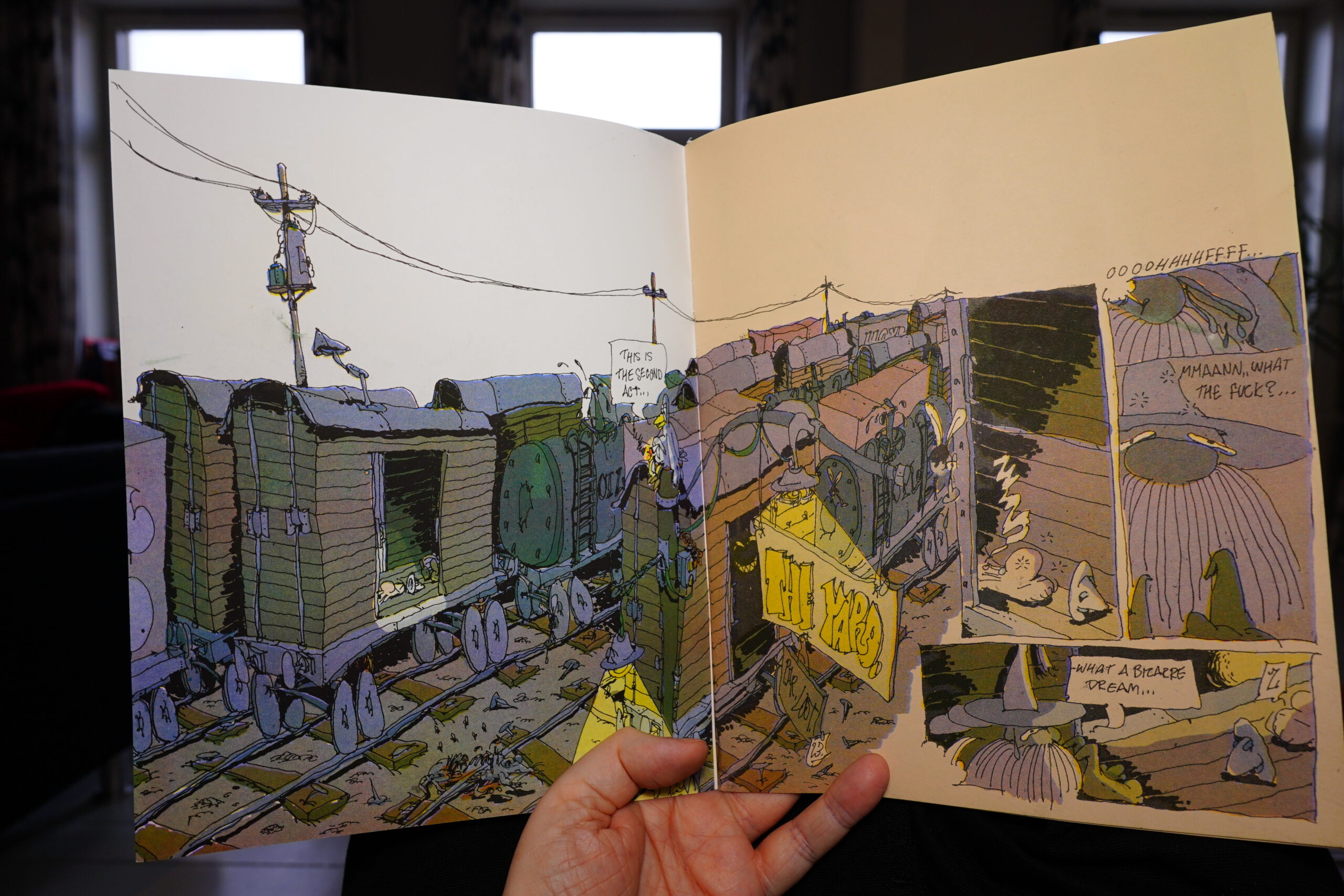
I really like the colour pages here. They have something special going on.
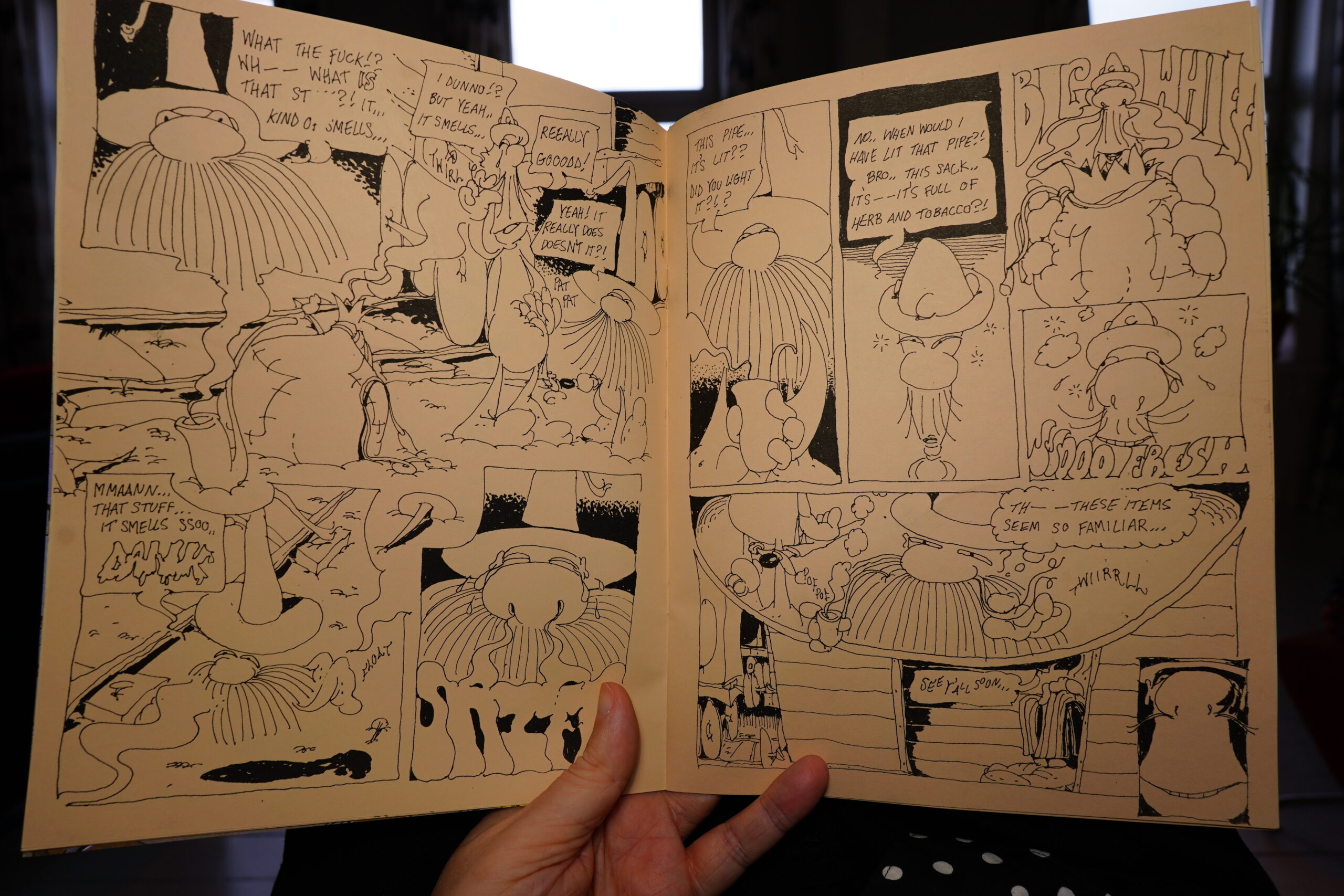
But I mean, the black and white pages are also cool. Kinda 60s undergroundey feeling?
It’s hard to say where the story is going based on this, but it seems like we’re in for a drugged up odyssey.
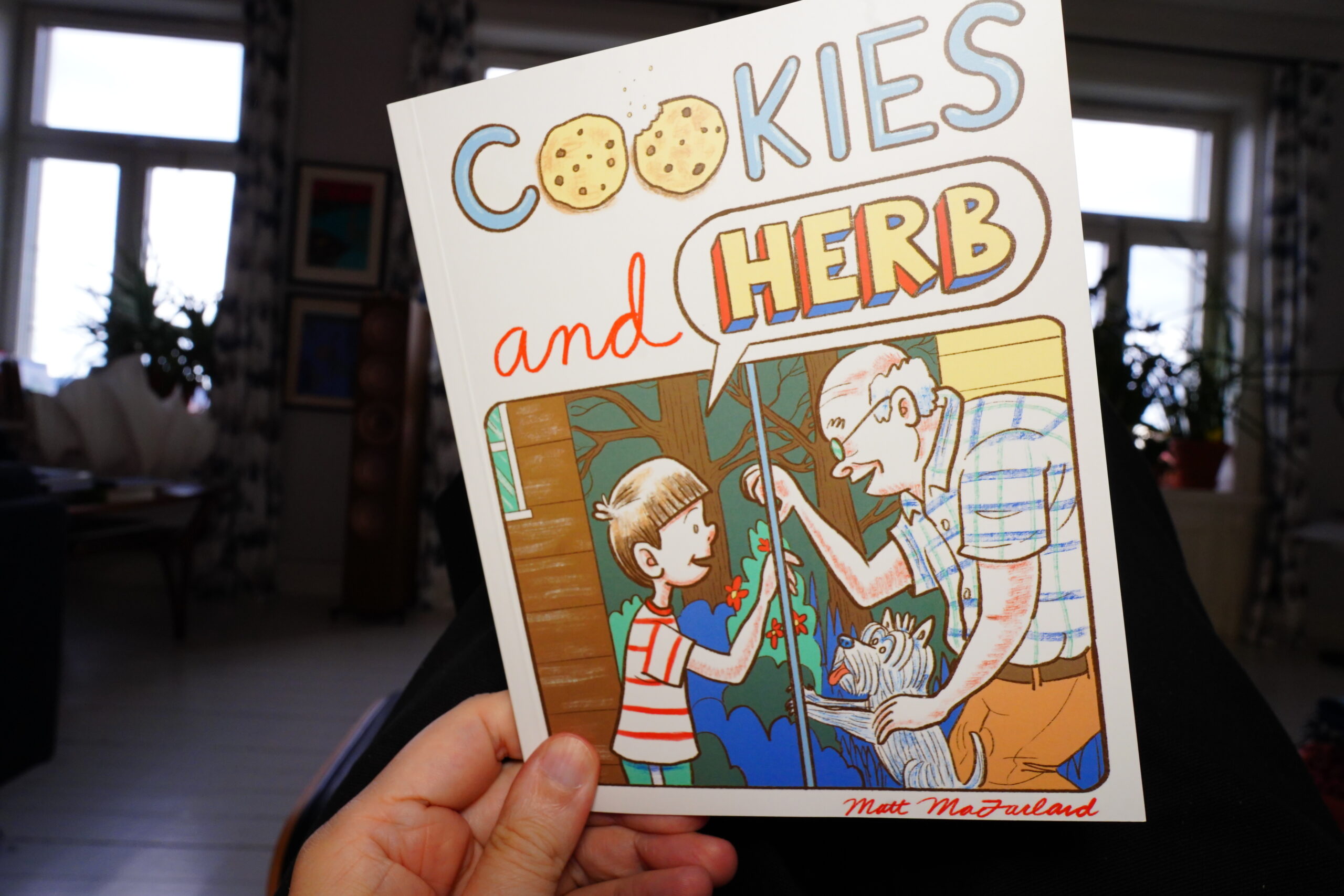
15:57: Cookies and Herb by Matt MacFarland (Fieldmouse Press)
I got the Fieldmouse books from here.
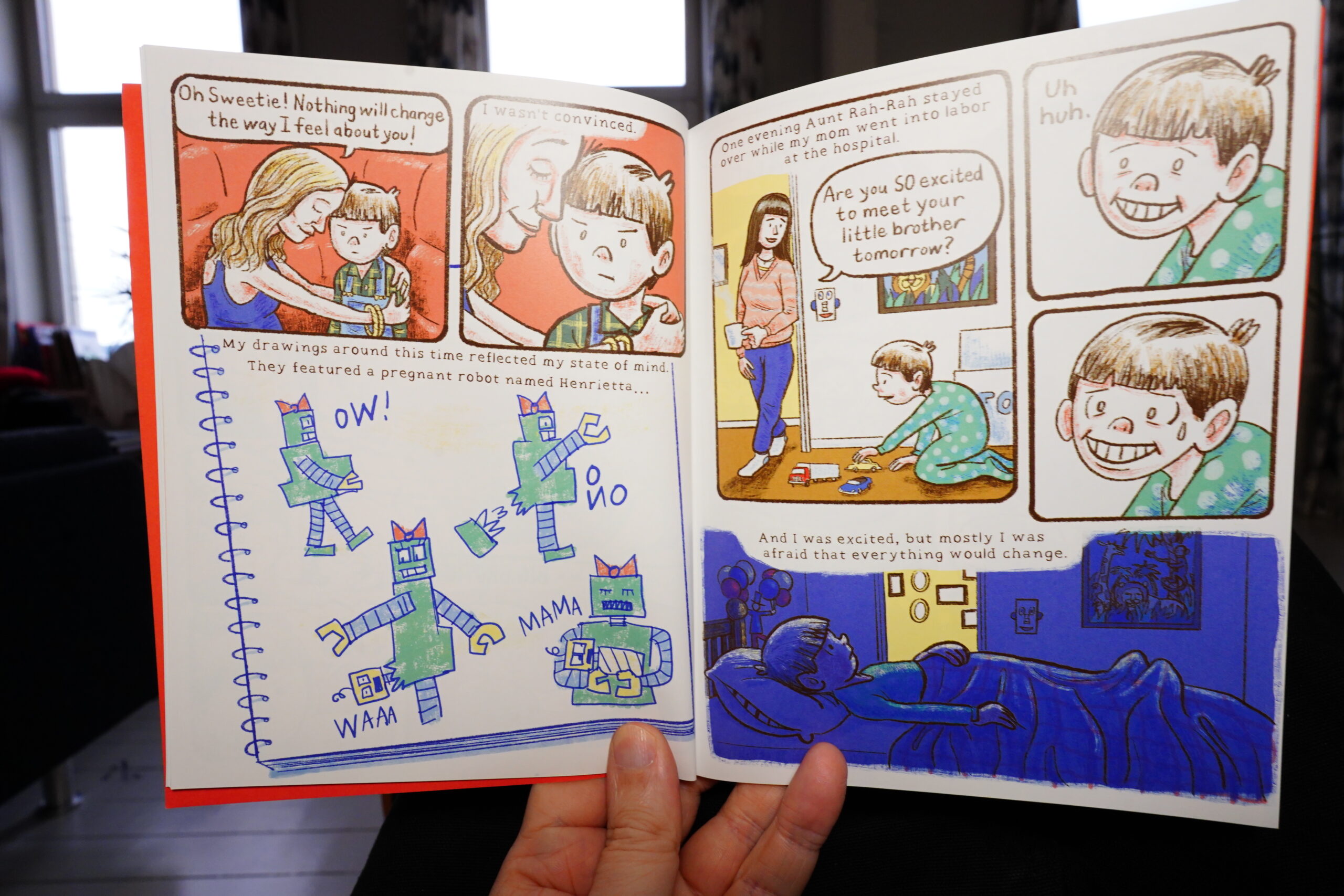
This is one of those childhood autobio things, and MacFarland manages to make the kid (i.e., himself) pretty unlikable, which is unusual, I guess.
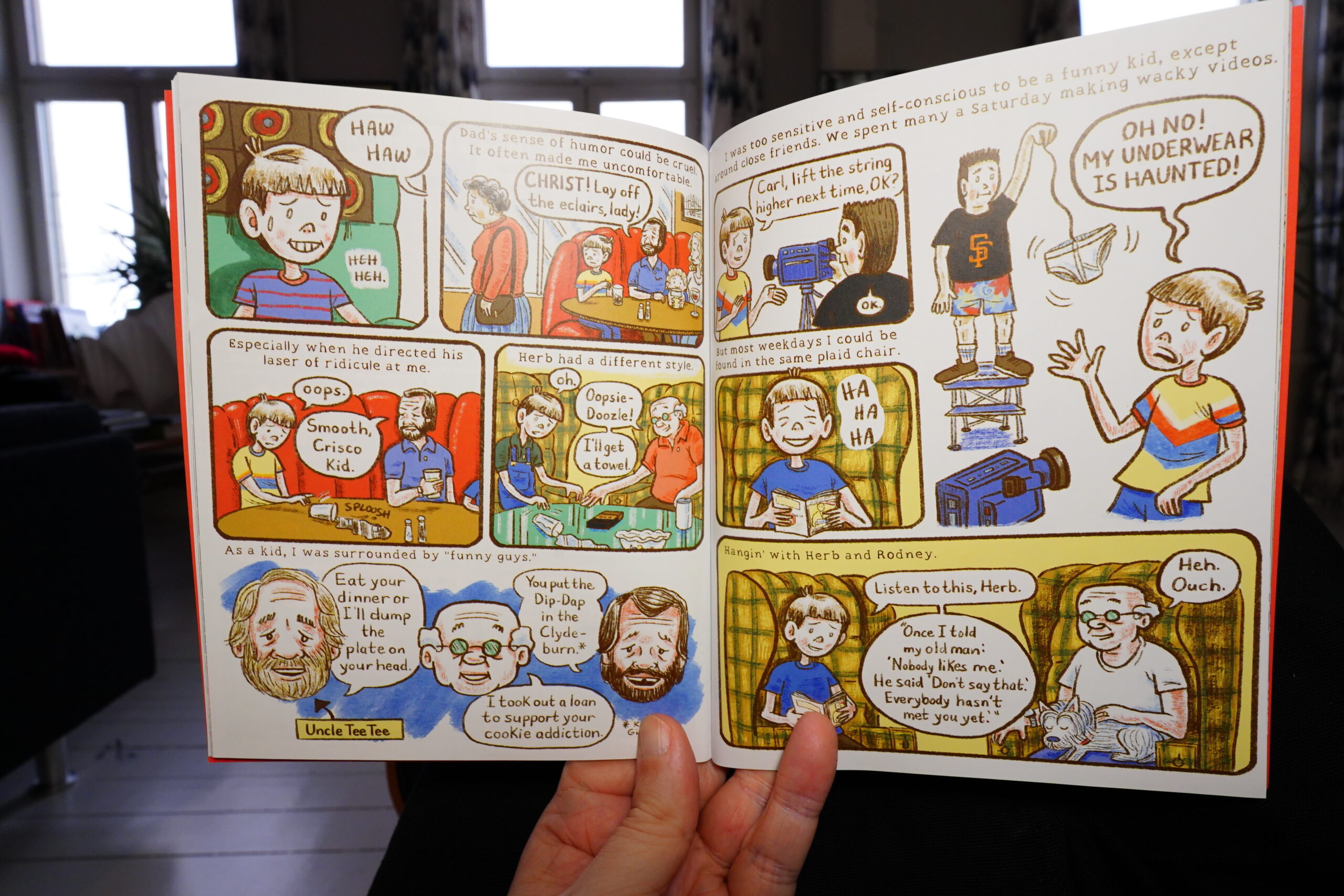
But then again, his dad was an asshole, too, so…
| Yukihiro Takahashi: Neuromantic | 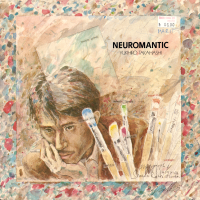 |
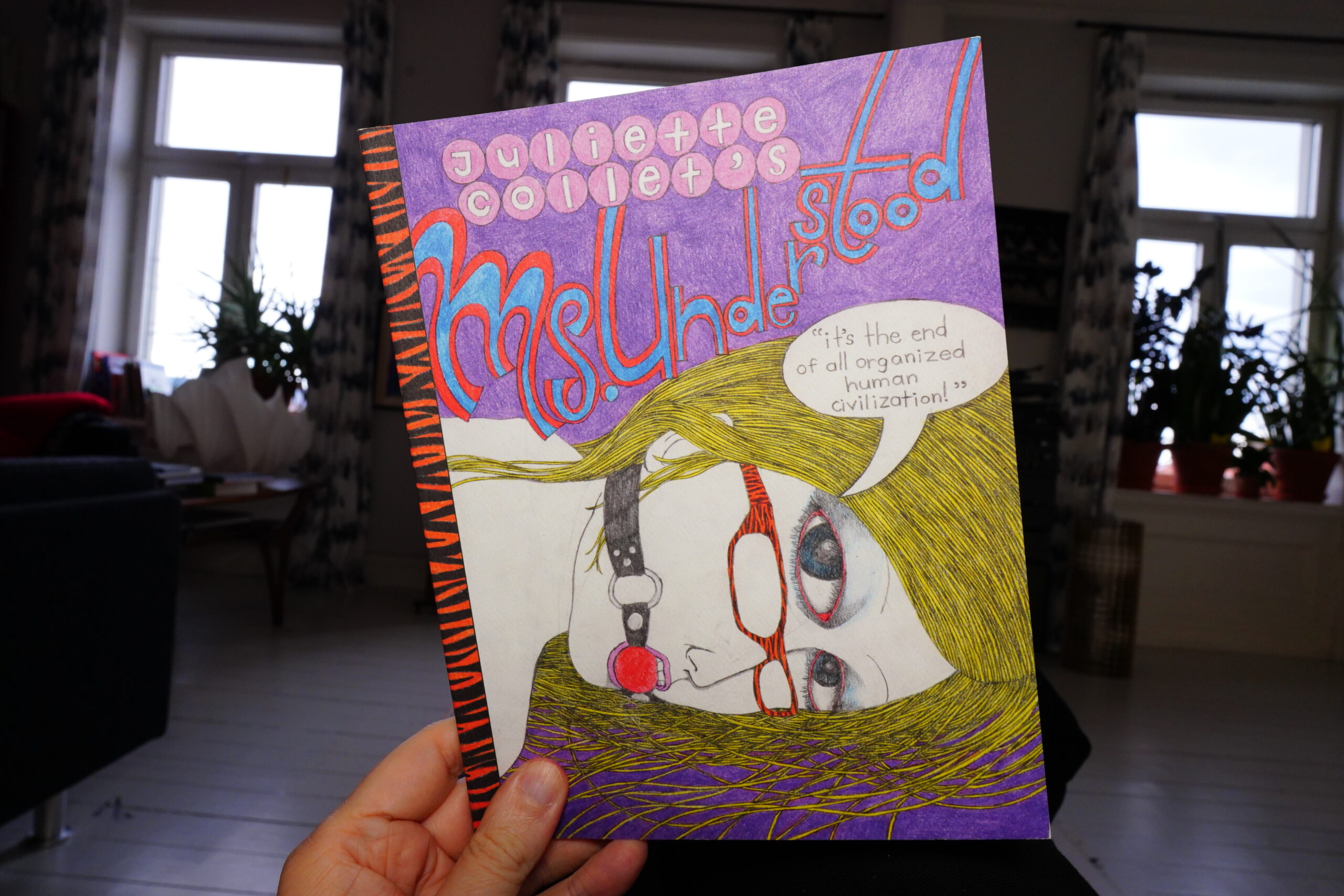
16:11: Ms. Understood by Juliette Collet (Neoglyphic Media)

I really like the artwork…
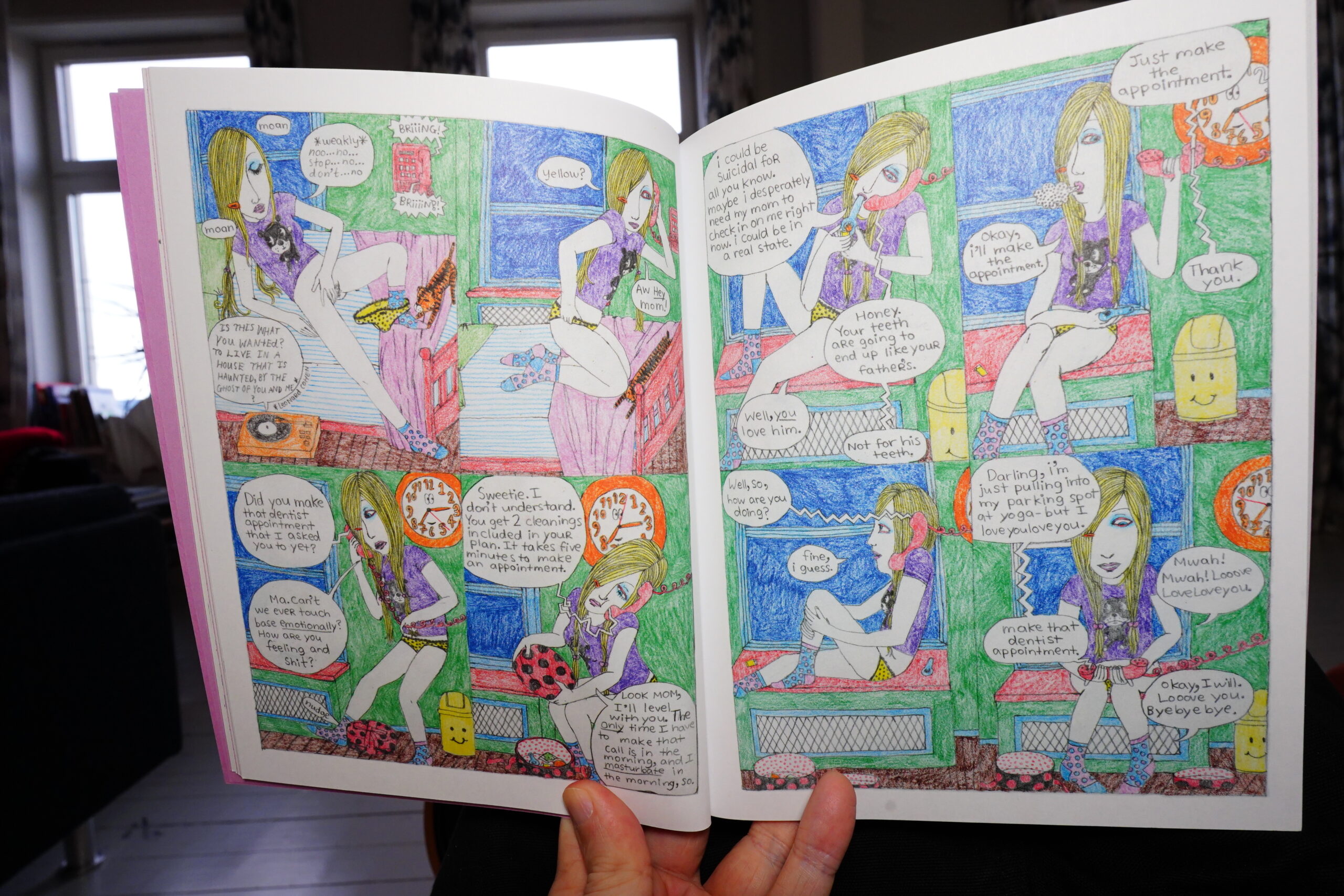
Is it done with coloured pencils and crayons? Very attractive.
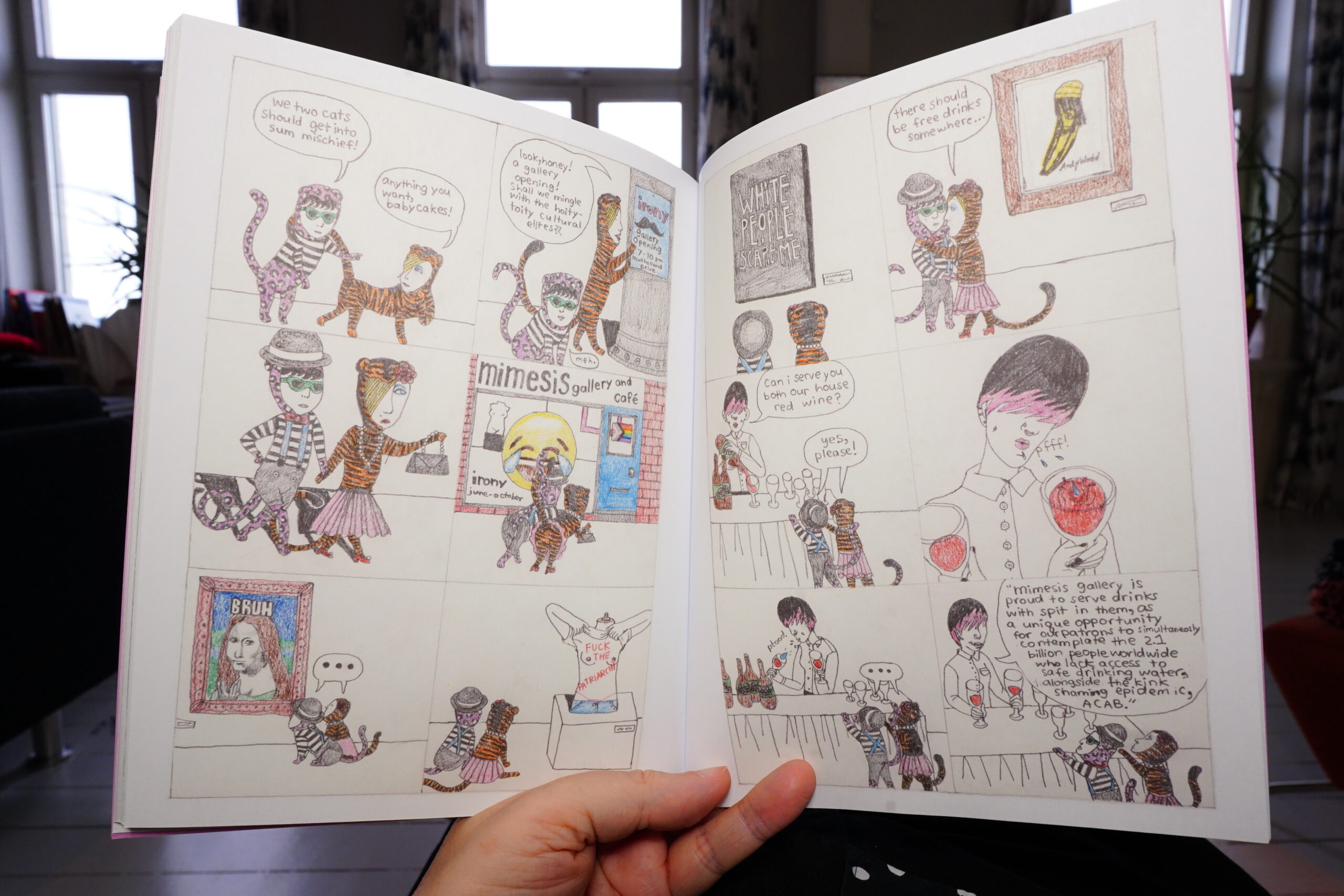
The stories are mostly about S&M and porn, but take some detours into other subject matter, too.

16:34: Womb Rider by Emil Friis Ernst (Uncivilized Books)
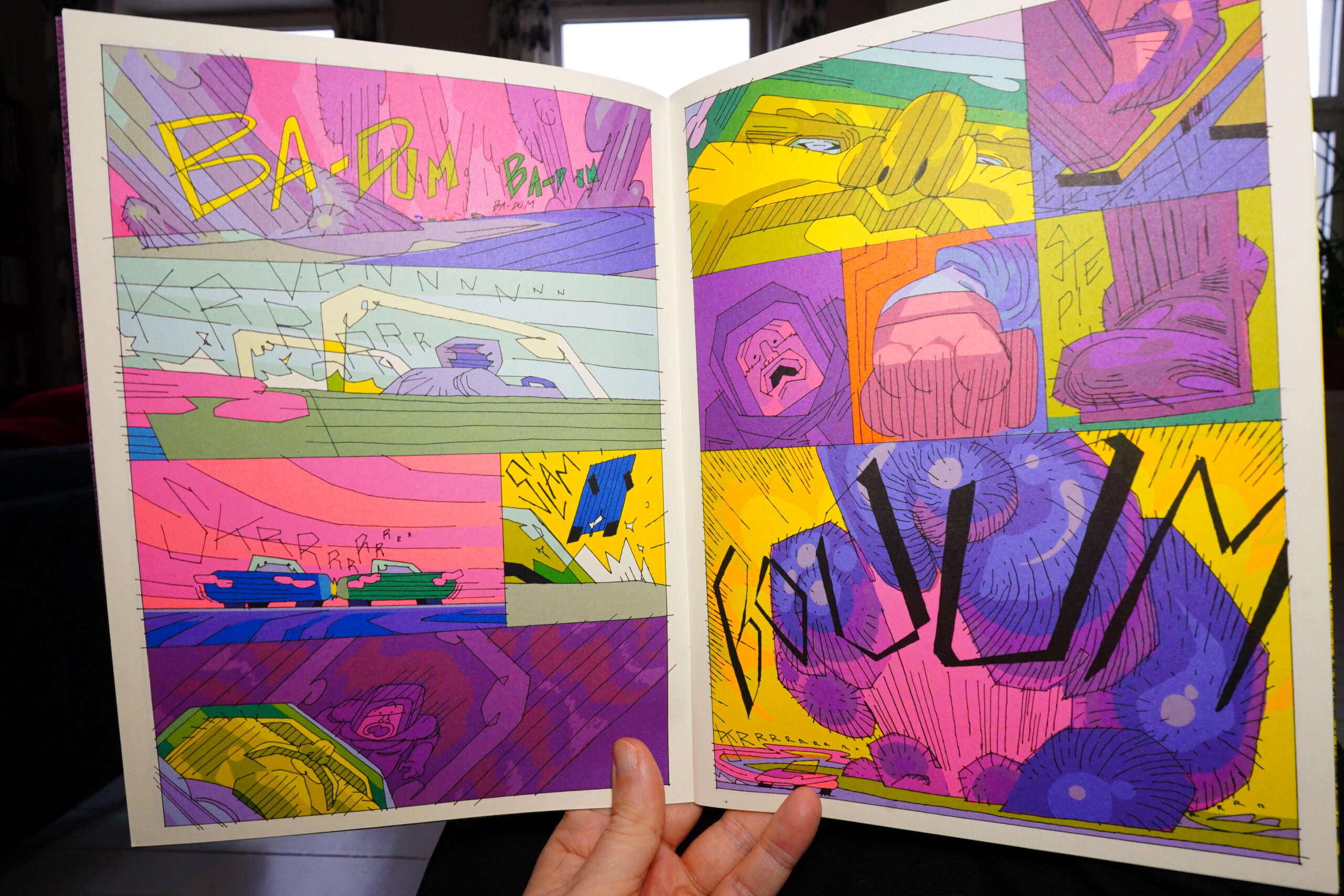
This is like an American (? I don’t know) version of Yuichi Yokoyama.
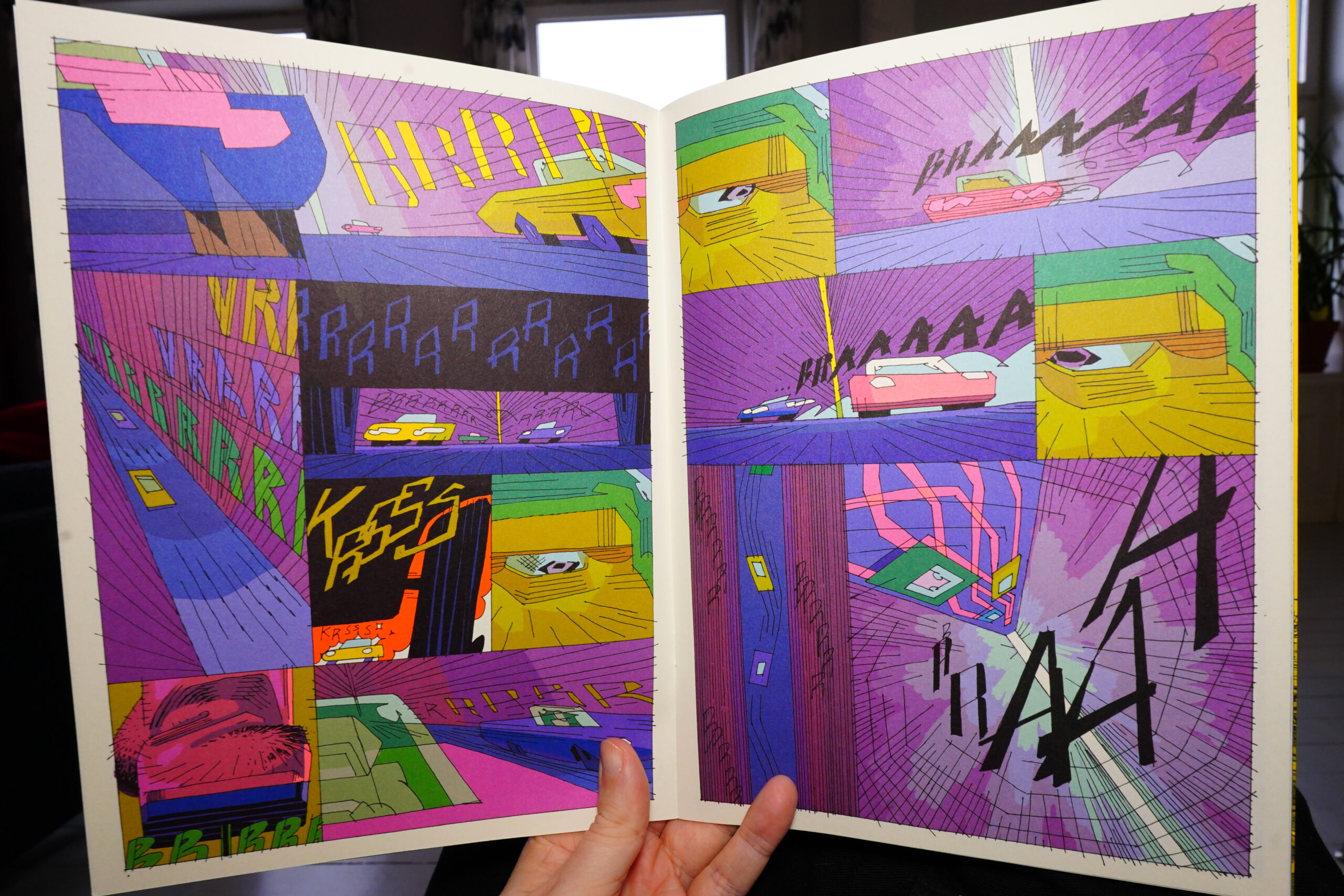
Very loud. But in a car instead of walking! It’s good stuff — very visceral, but the twist ending is a bit of a letdown.
| The Cure: Faith (1) | 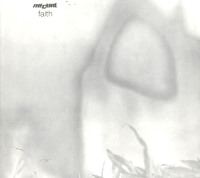 |
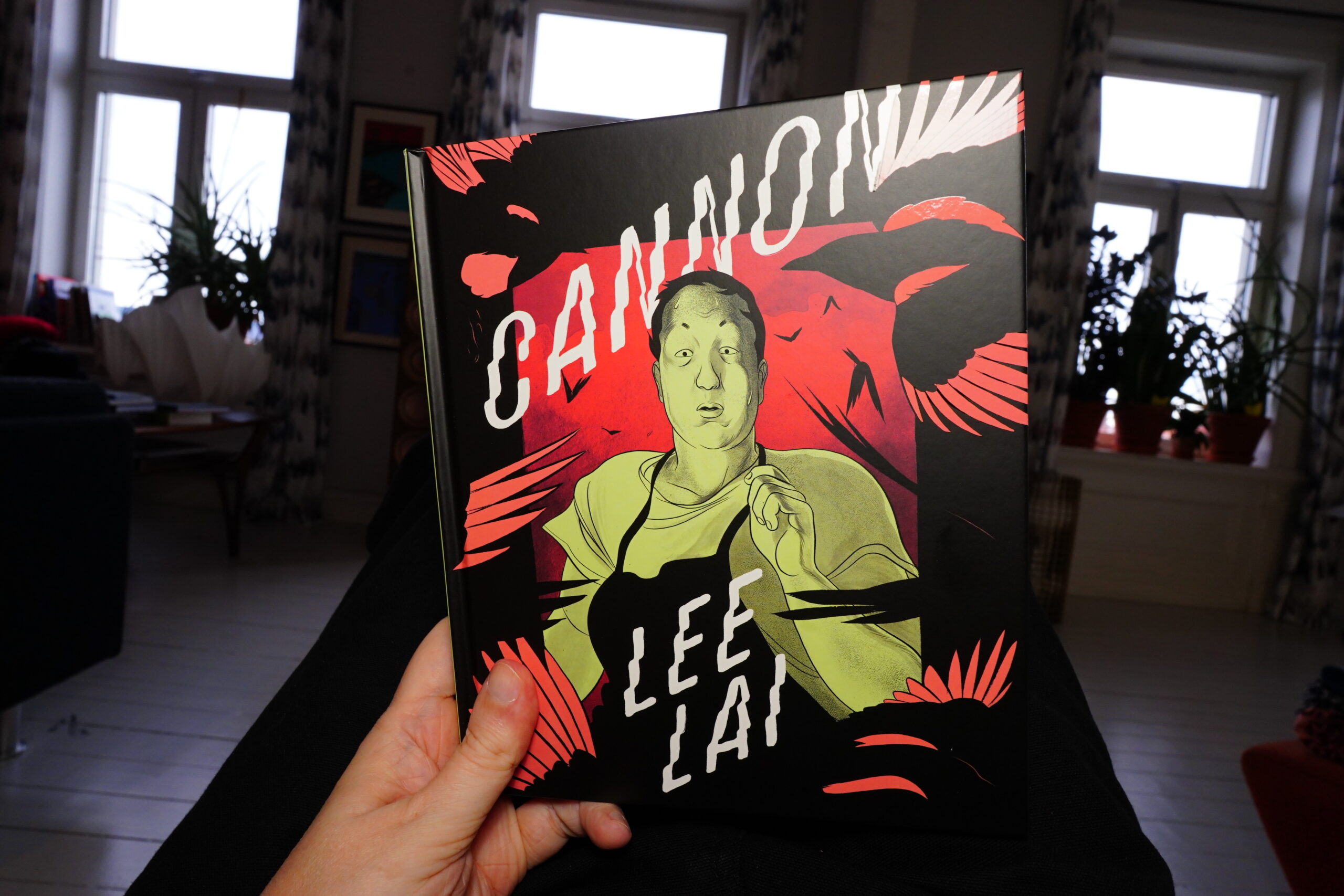
16:39: Cannon by Lee Lai (Drawn & Quarterly)
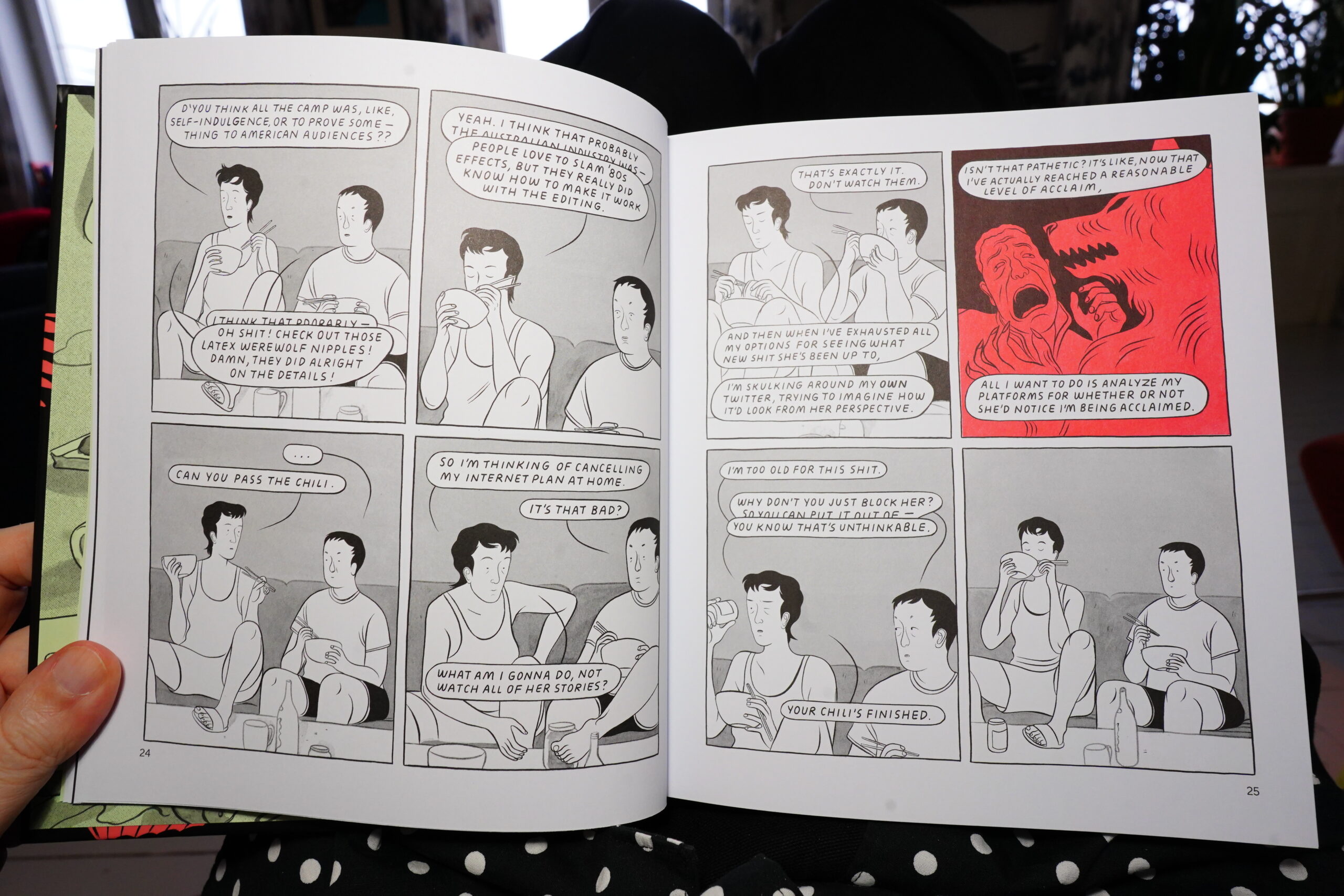
This isn’t quite the kind of book I usually enjoy — that is, initially it felt like it’s one of those books that’s really a pitch for an indie movie (perhaps because I didn’t really take to her previous (much-awarded) book).
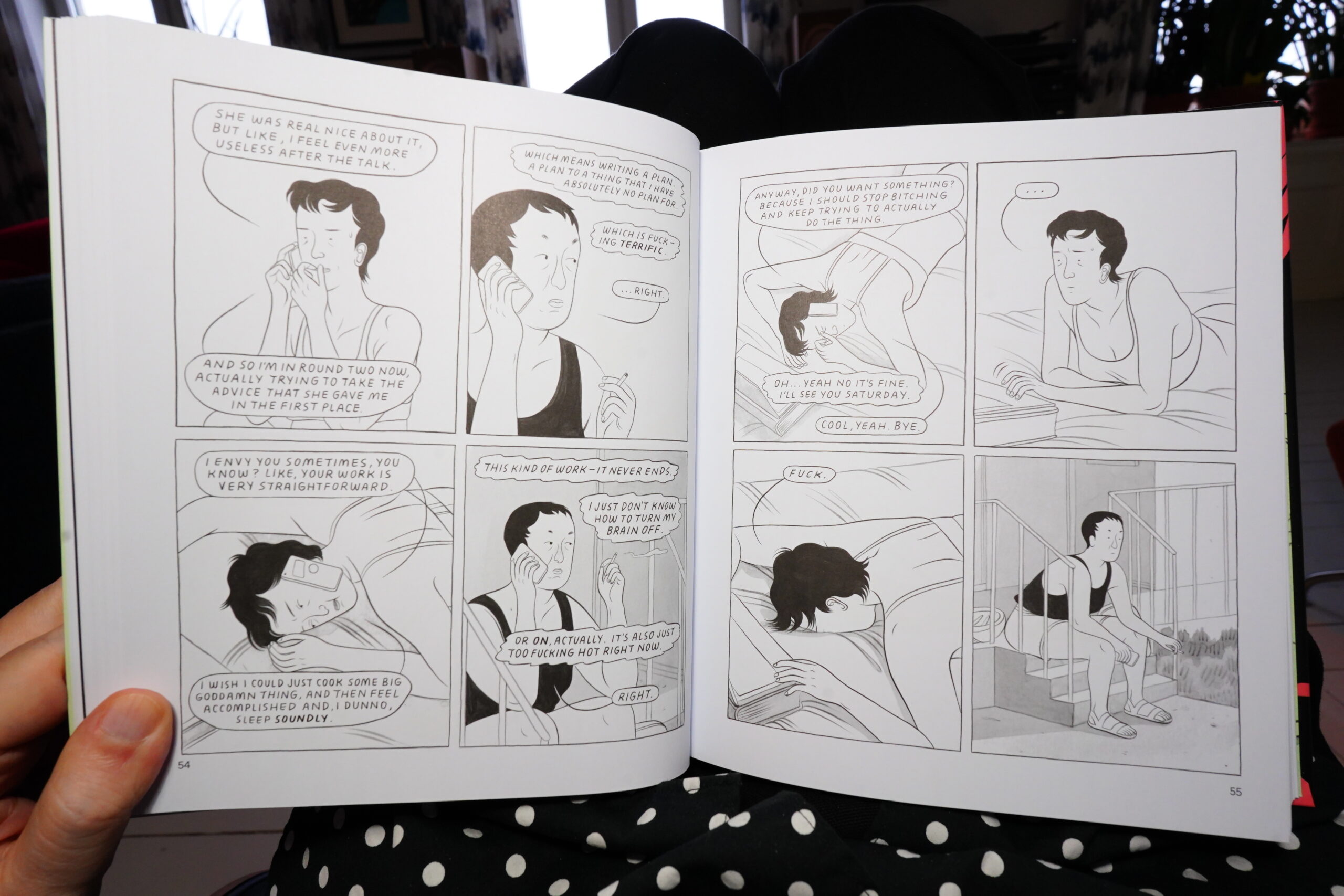
But then things really changed and it’s something else altogether.
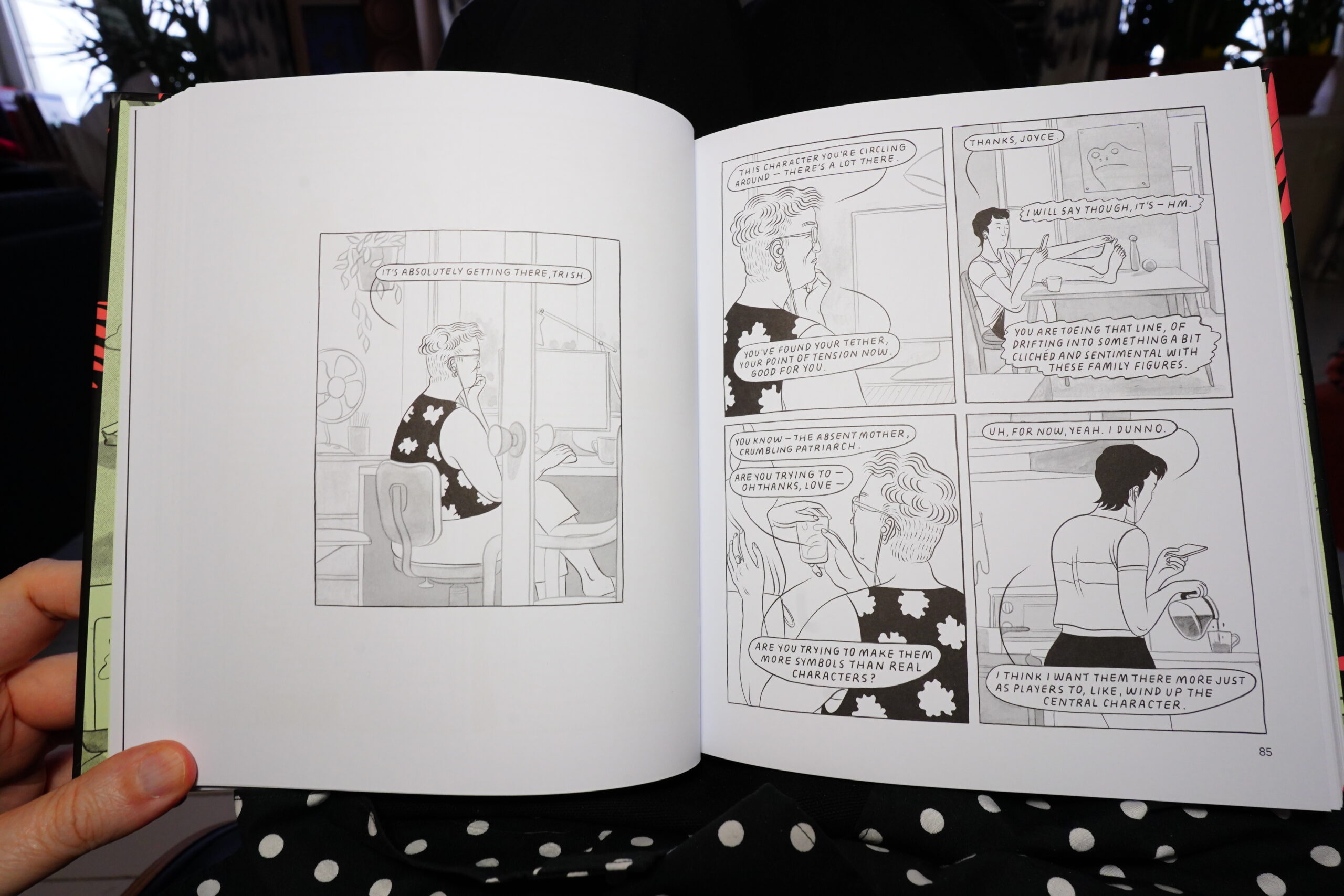
It’s an intricate and compelling book. It’s quite original in many ways, and ends up being gripping and moving. Very surprising.
| Simple Minds: Sister Feelings Call |  |
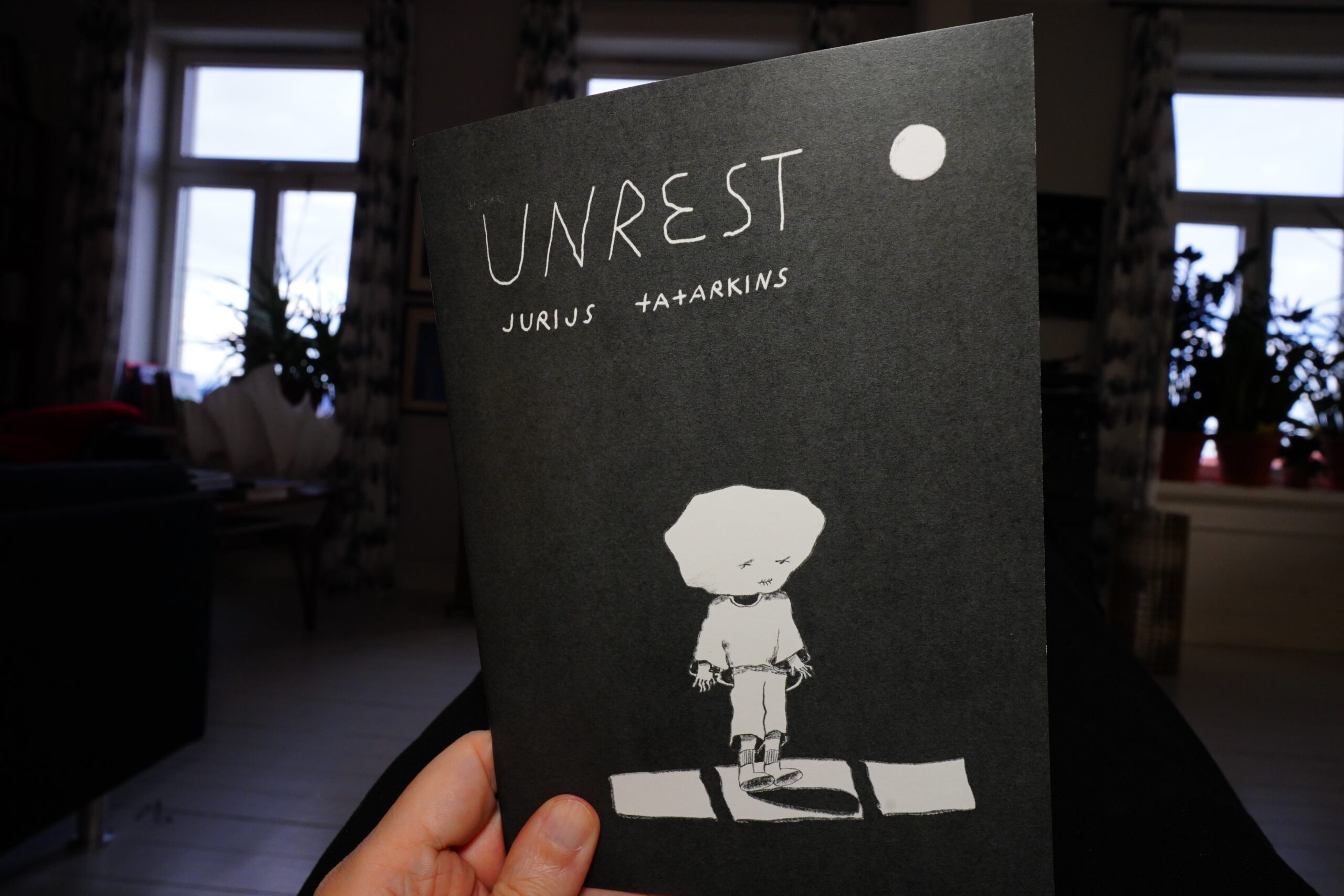
17:41: Unrest by Jurijs Tatarkins (Fieldmouse Press)
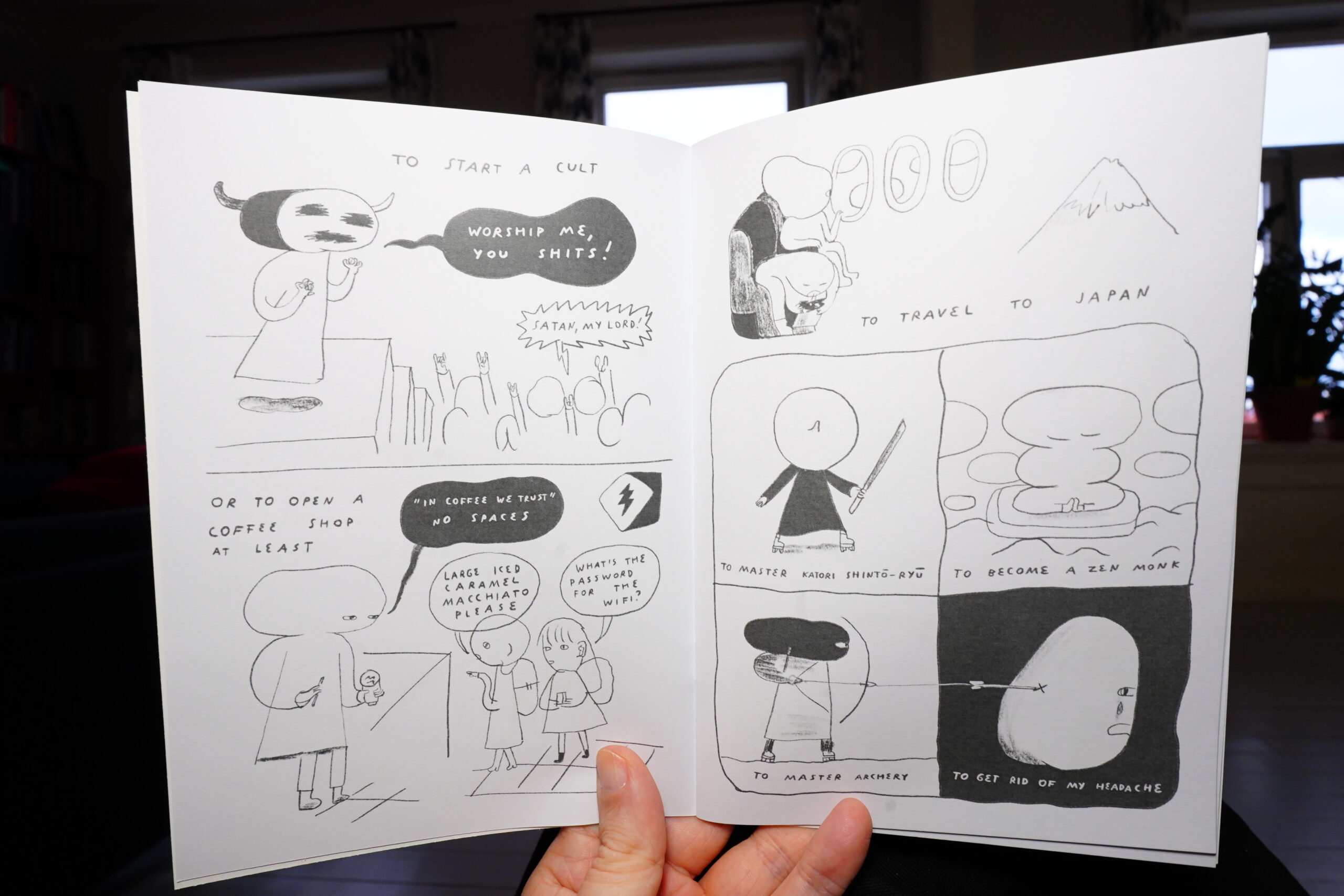
This is fun!
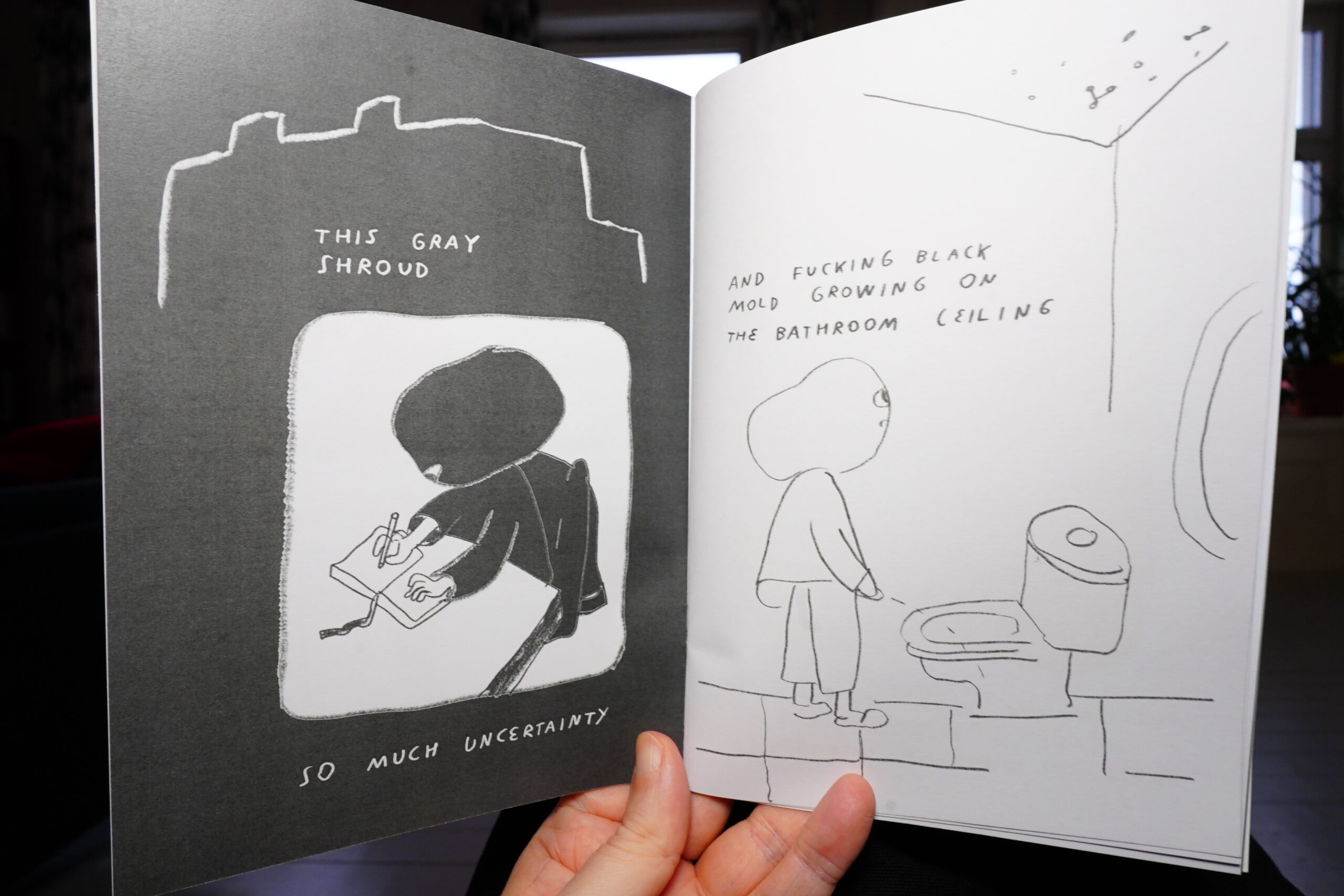
I like it.
| Simple Minds: Sons and Fascination |  |
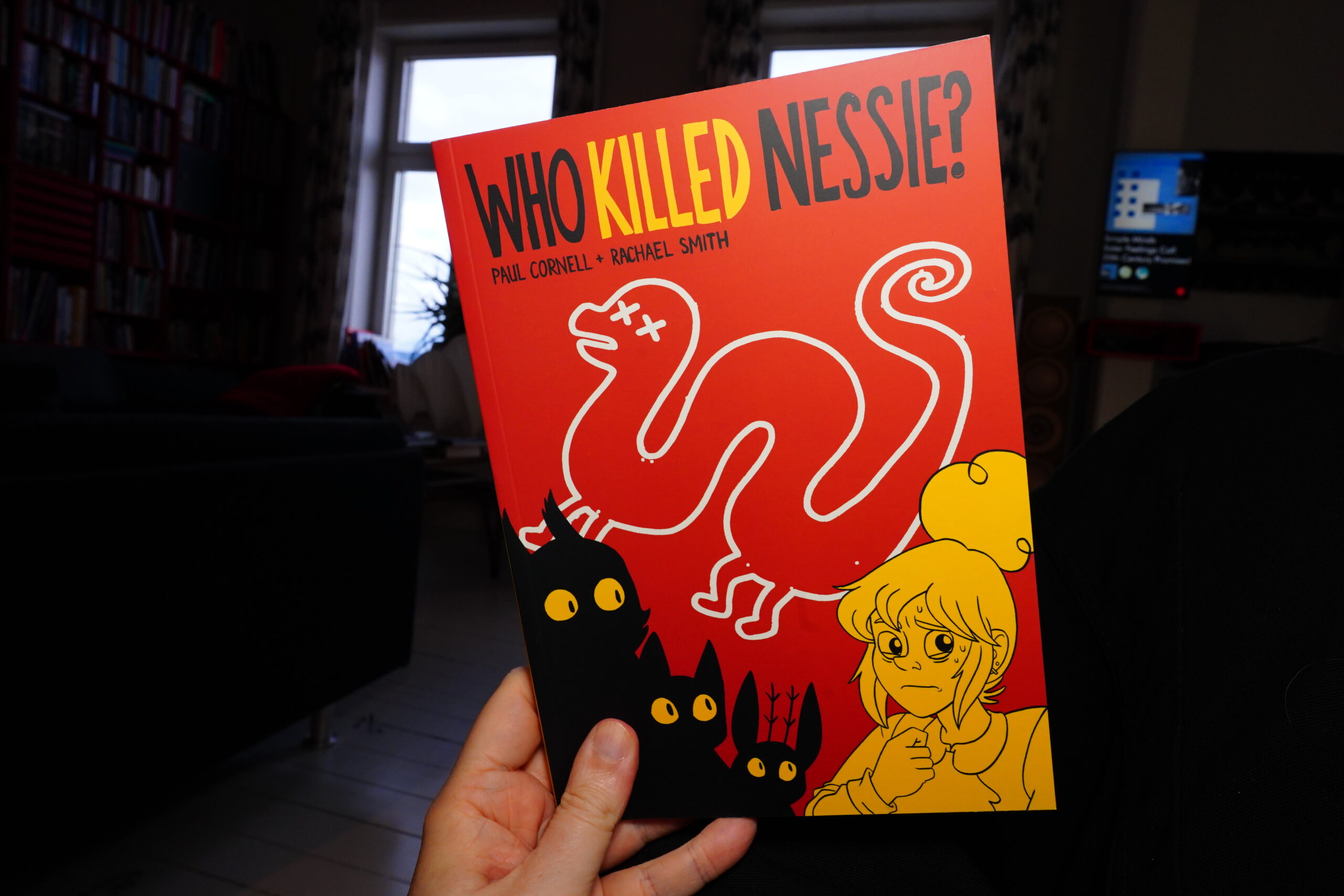
17:49: Who Killed Nessie? by Paul Cornell/Rachel Smith (Avery Hill)
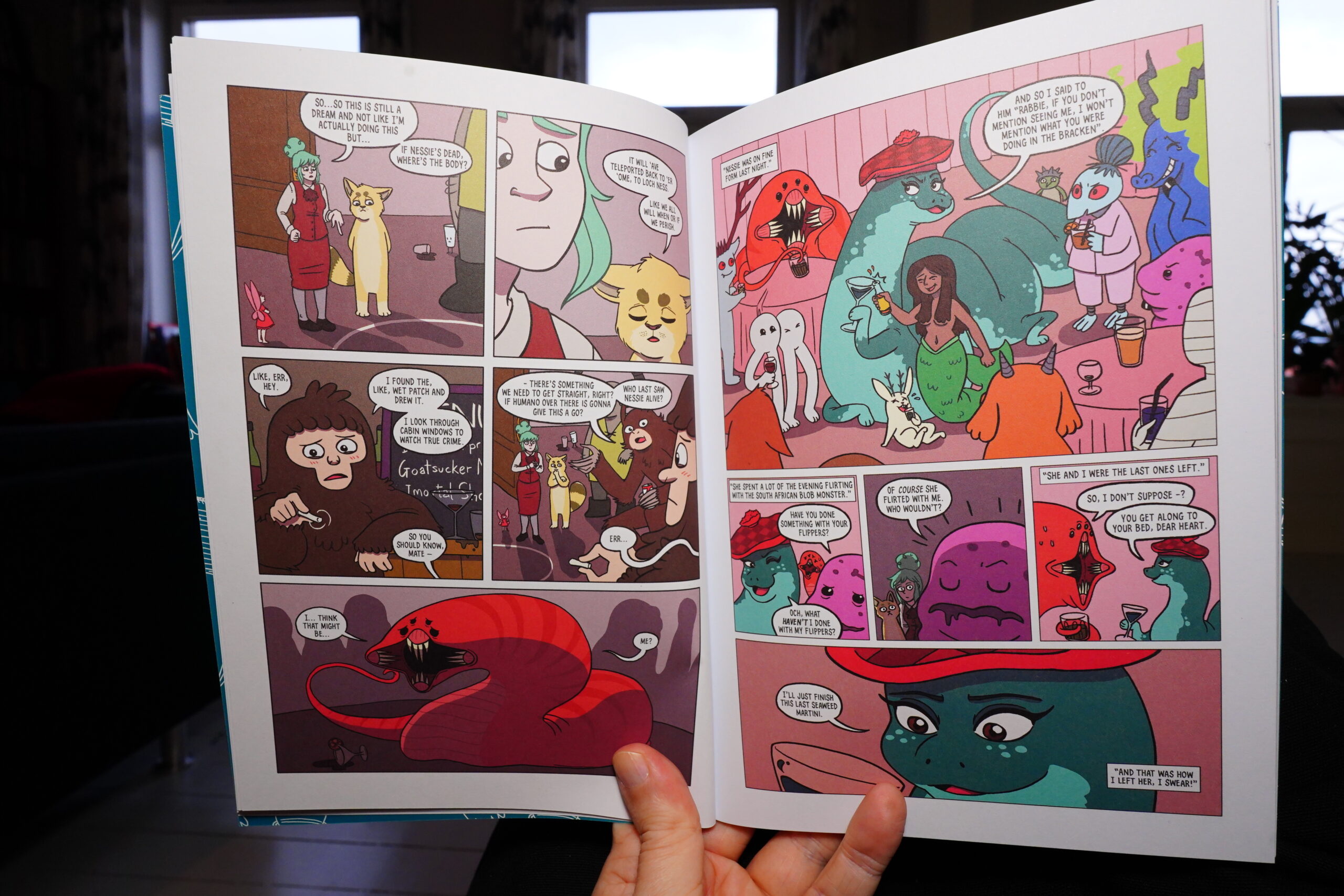
This is very high concept — it’s about a convention for supernatural beings, and then there’s been a murder! And a human has to investigate.
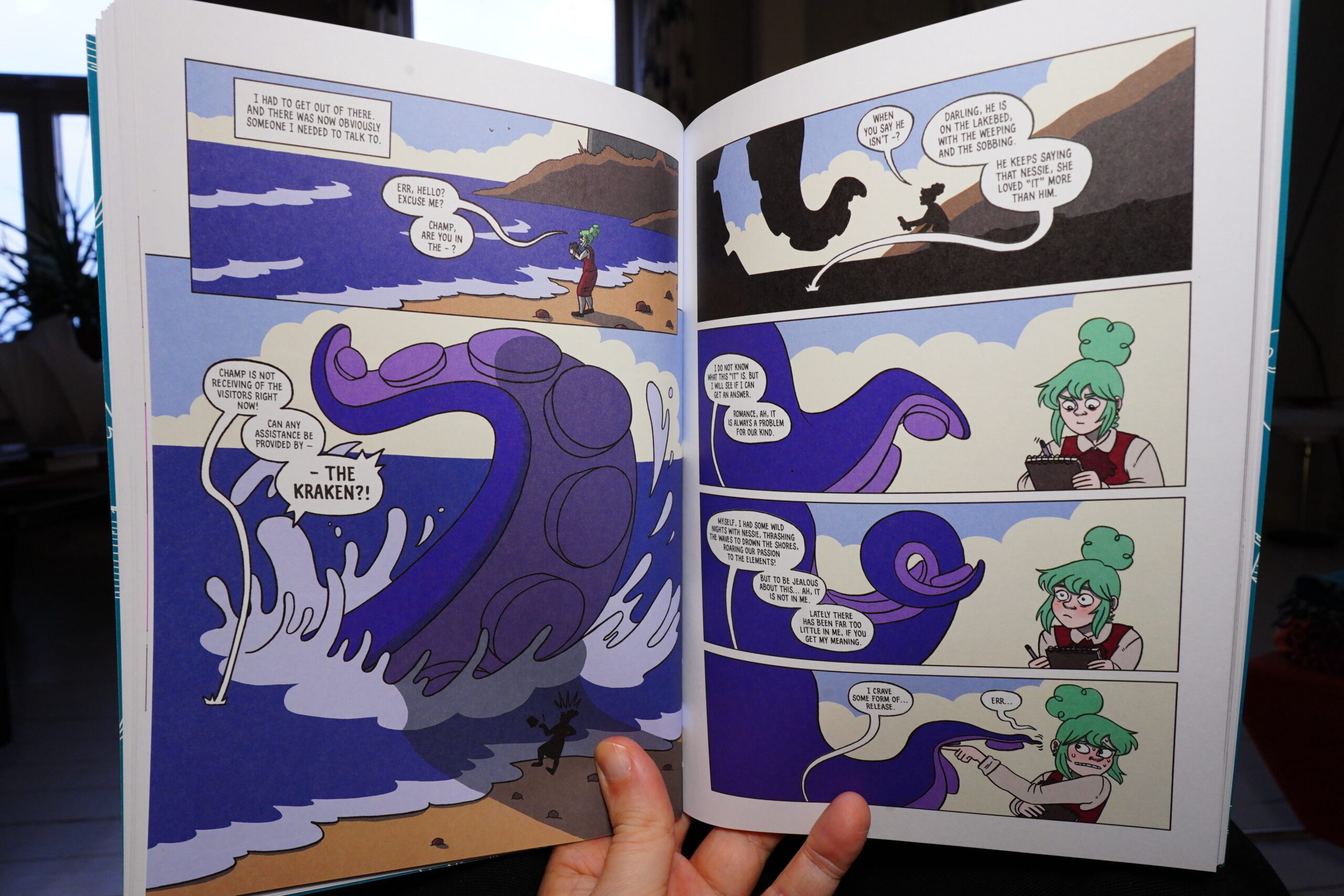
So that sounds fun, but who is this for, really? There’s endless sex jokes in here, so it’s not for children… but the tablet-ey art style is totally for children.
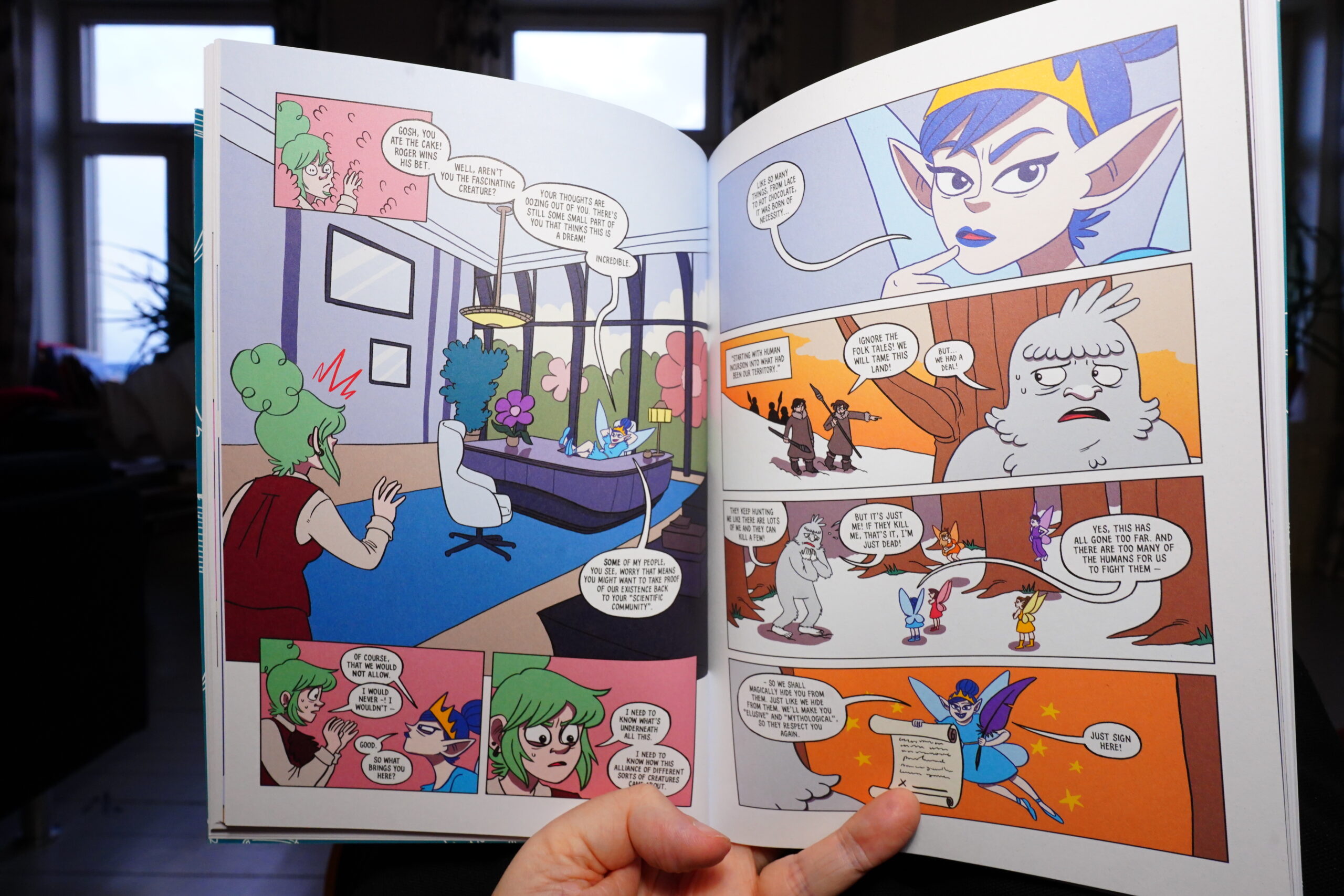
And it really gets bogged down in one info dump after another about the mechanics of supernatural beings. It unfortunately has the whiff of “YA adults” — grown ups who think way too much about children’s literature.
It started off well, and then just became crushingly tedious.
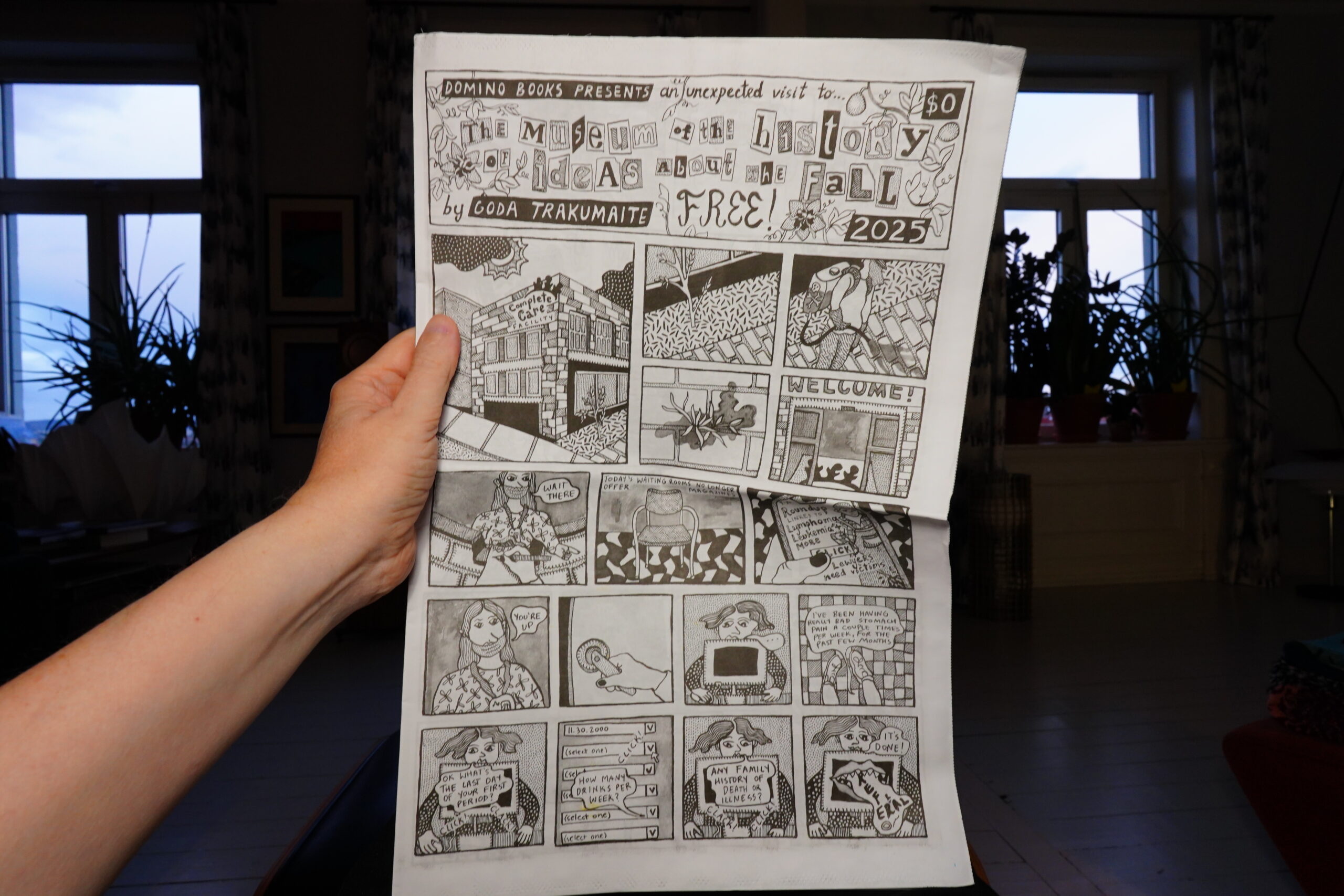
18:30: The Museum of the History of the Ideas about the Fall by Goda Trakumaite (Domino Books)
I got this from here.
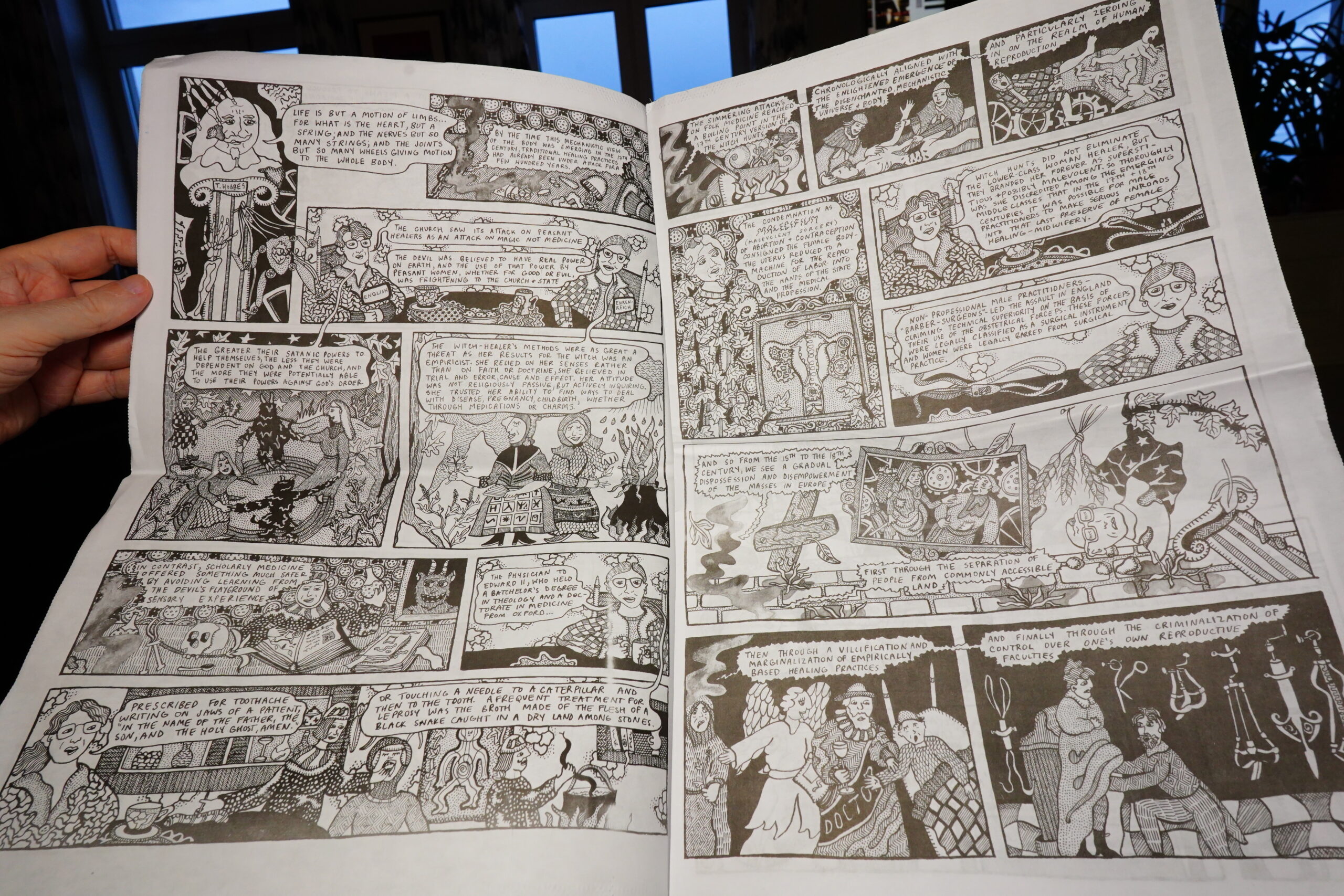
This is really cool. It’s a comics essay about health care and stuff. I really like the artwork here — it feels solidly 70s Undergrounds — very attractive. And for an essay, the storytelling is very solid.
I particularly liked the framing of witches’ medicine as empirically based while mainstream medicine (well, in those days particularly) was based mostly on superstition.
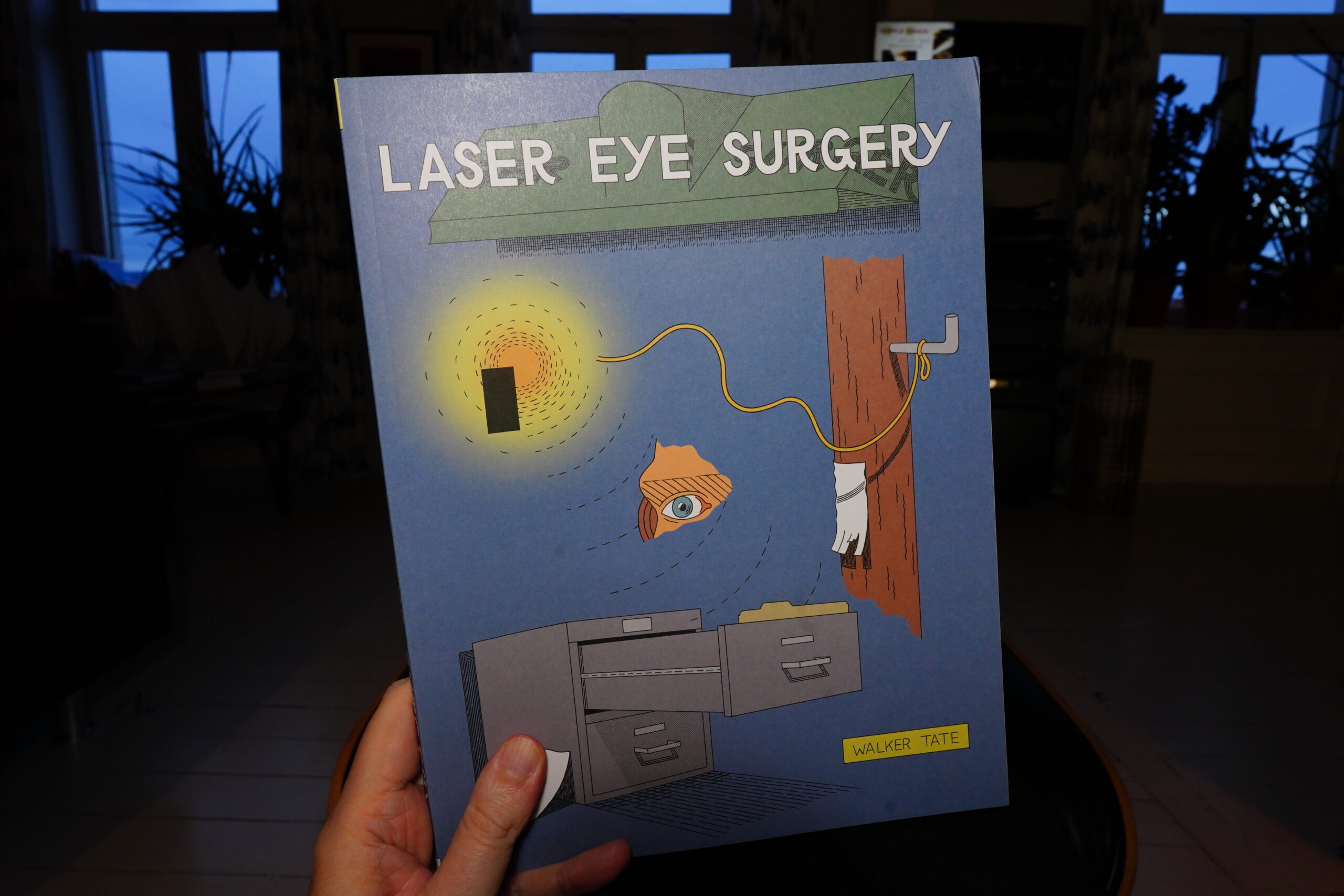
18:55: Laser Eye Surgery by Walker Tate (Fantagraphics)
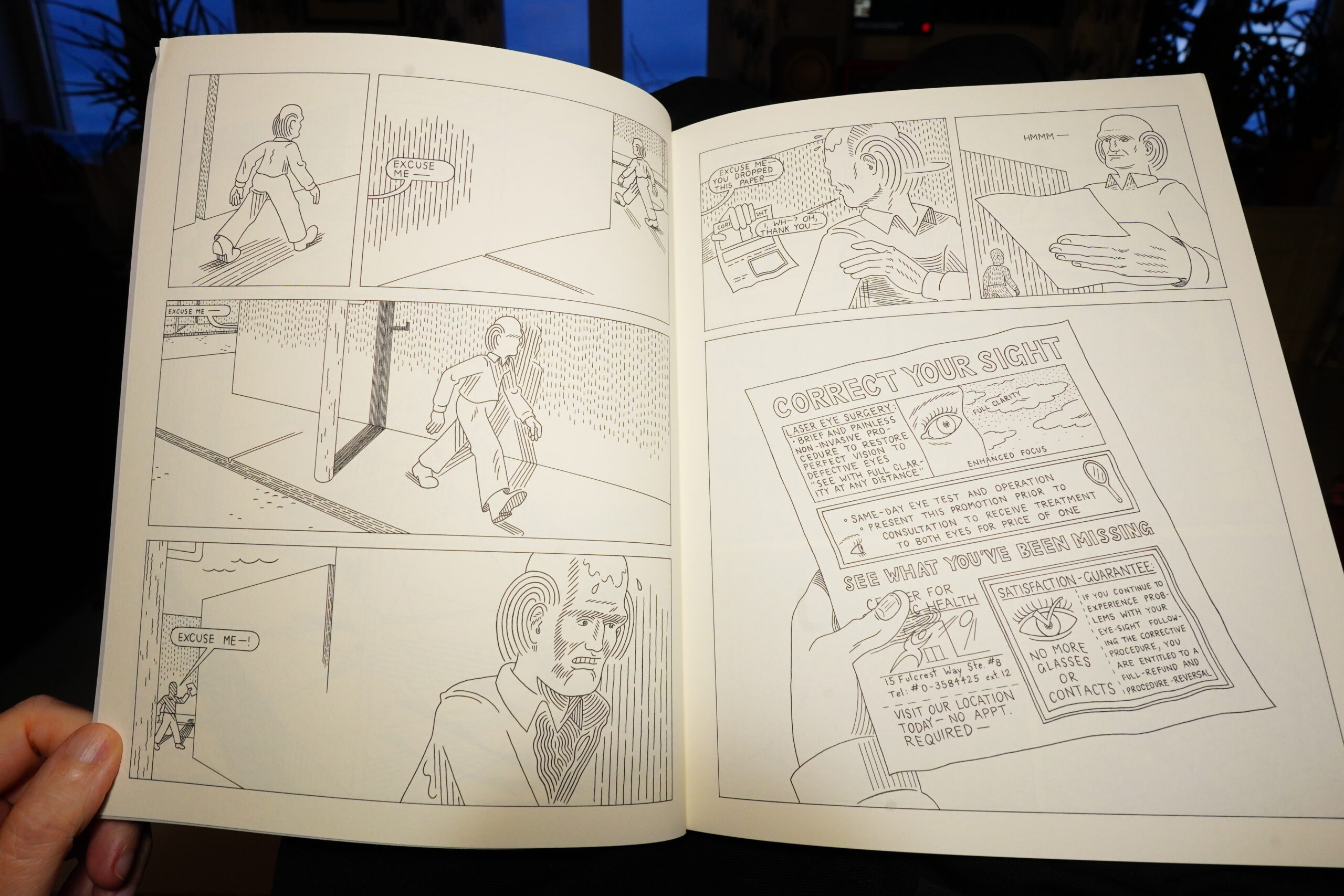
I’ve loved all books by Tate that I’ve read. They’re mostly kinda oblique, and many are based on dance. This is very different — it’s a quite straightforward story — a horror story, and it’s really unnerving. Ace!
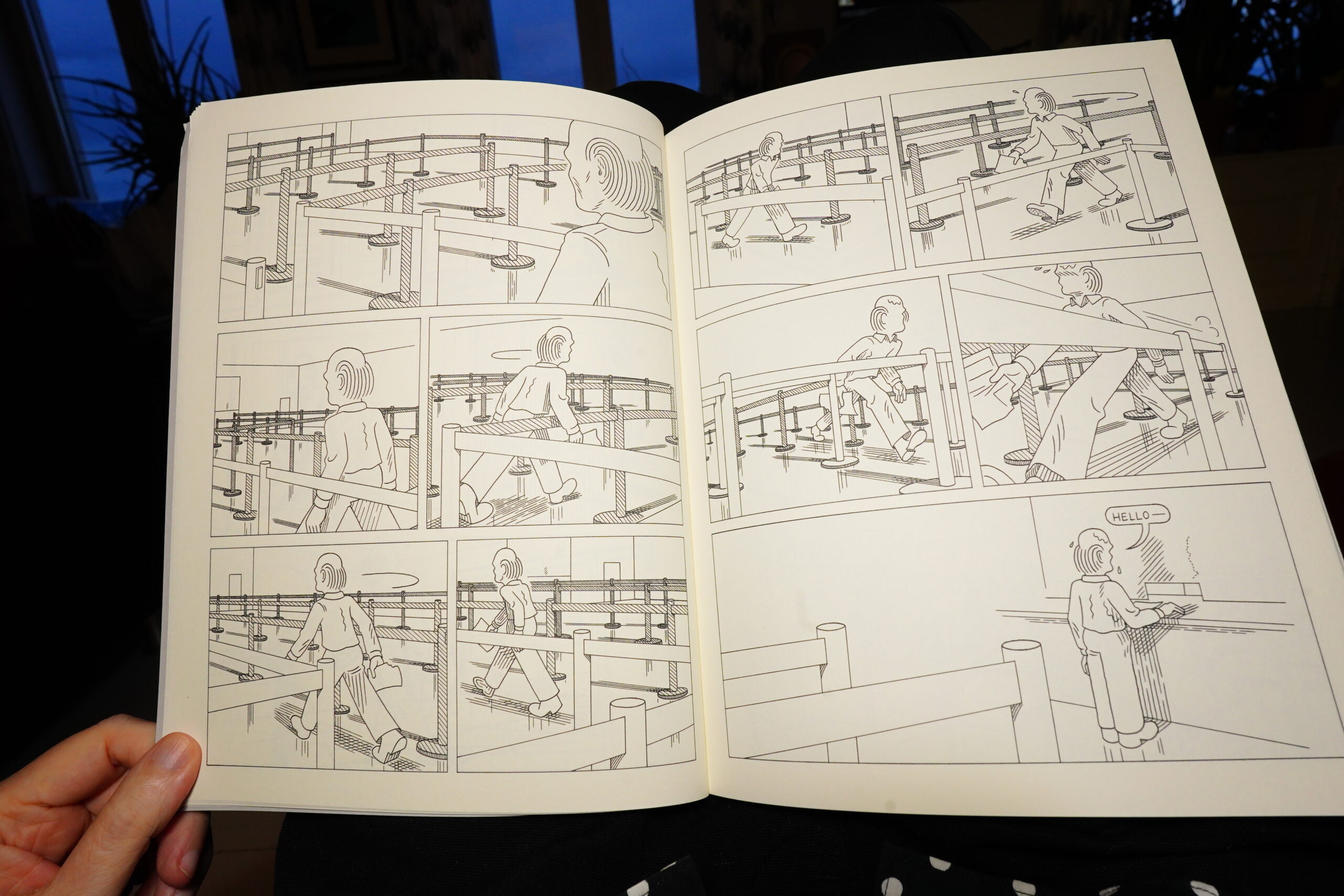
But of course it’s a Walker Tate book, so you also have wonderful pages like this.
Fantastic book.
| Tom Tom Club: Tom Tom Club | 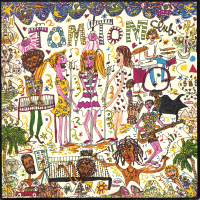 |

19:05: Dark Garbage by Jon-Michael Frank (Floating World Comics)
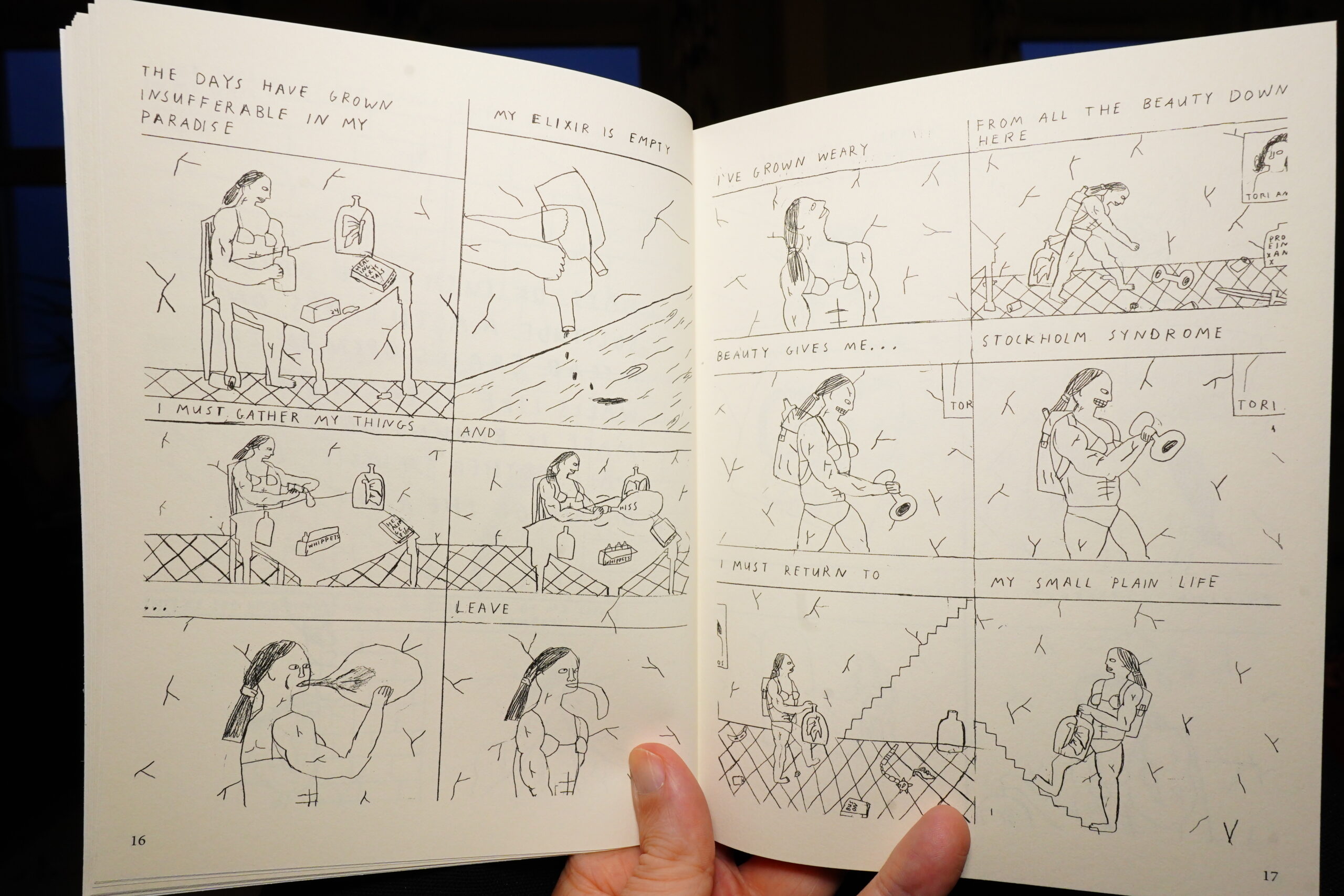
This is a lot of fun. Vague adventures filled with gags, but also musings on life and stuff.
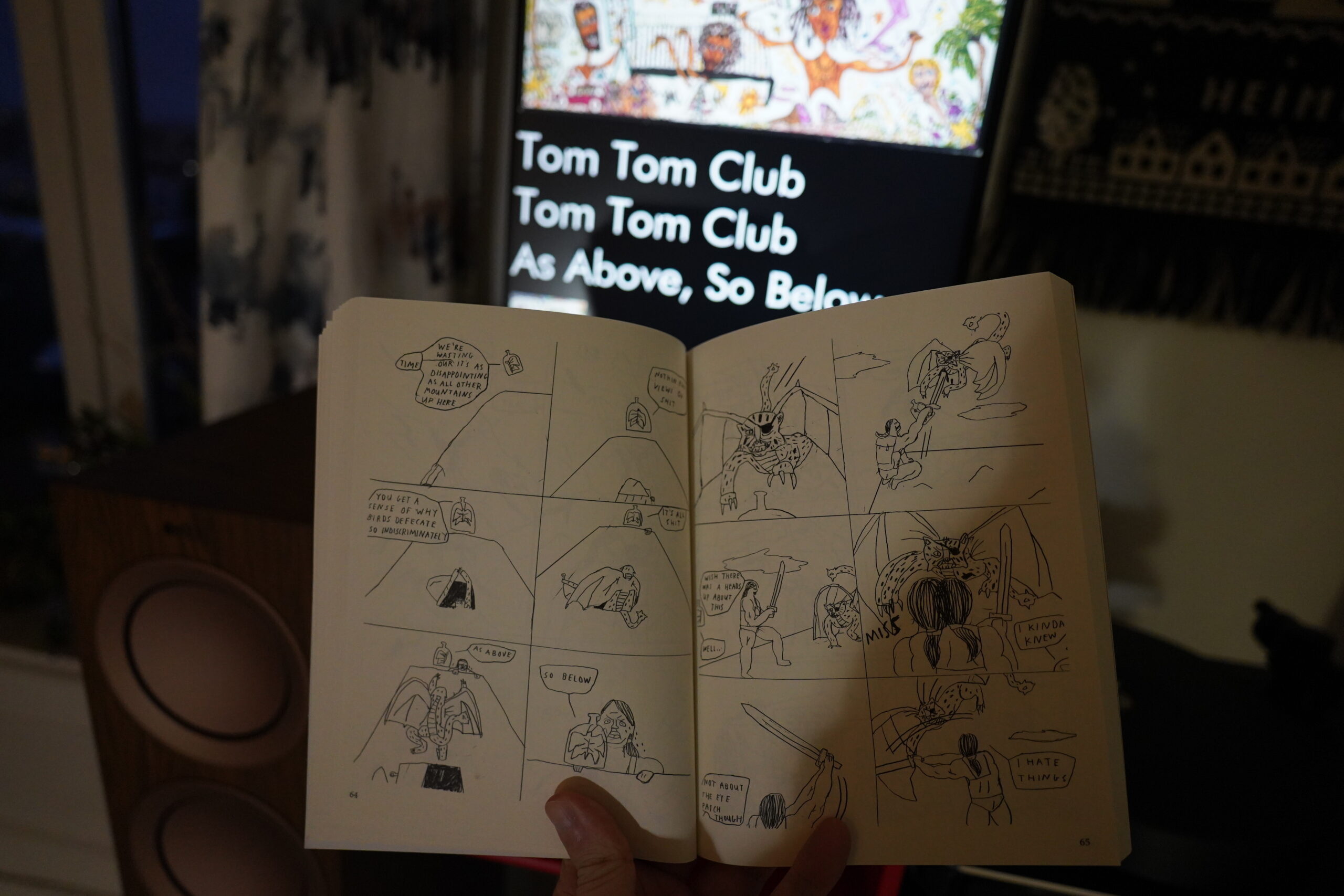
Heh heh, just when I read “as above so below” here, the Tom Tom Club were singing the same lyrics! It’s a miracle!
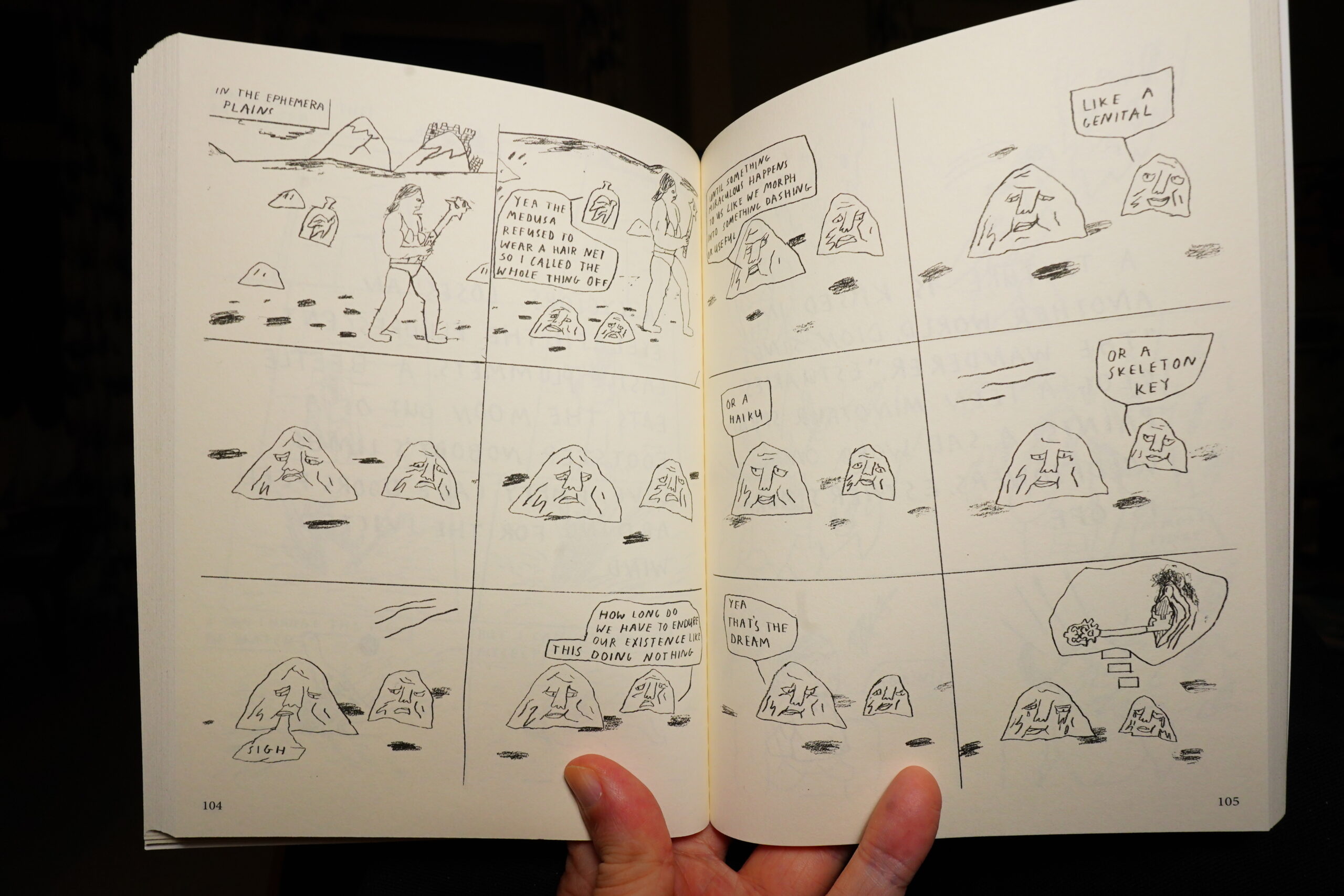
I really enjoyed the book. It’s got something going on.
| Tuxedomoon: Desire | 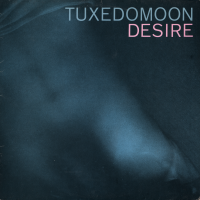 |
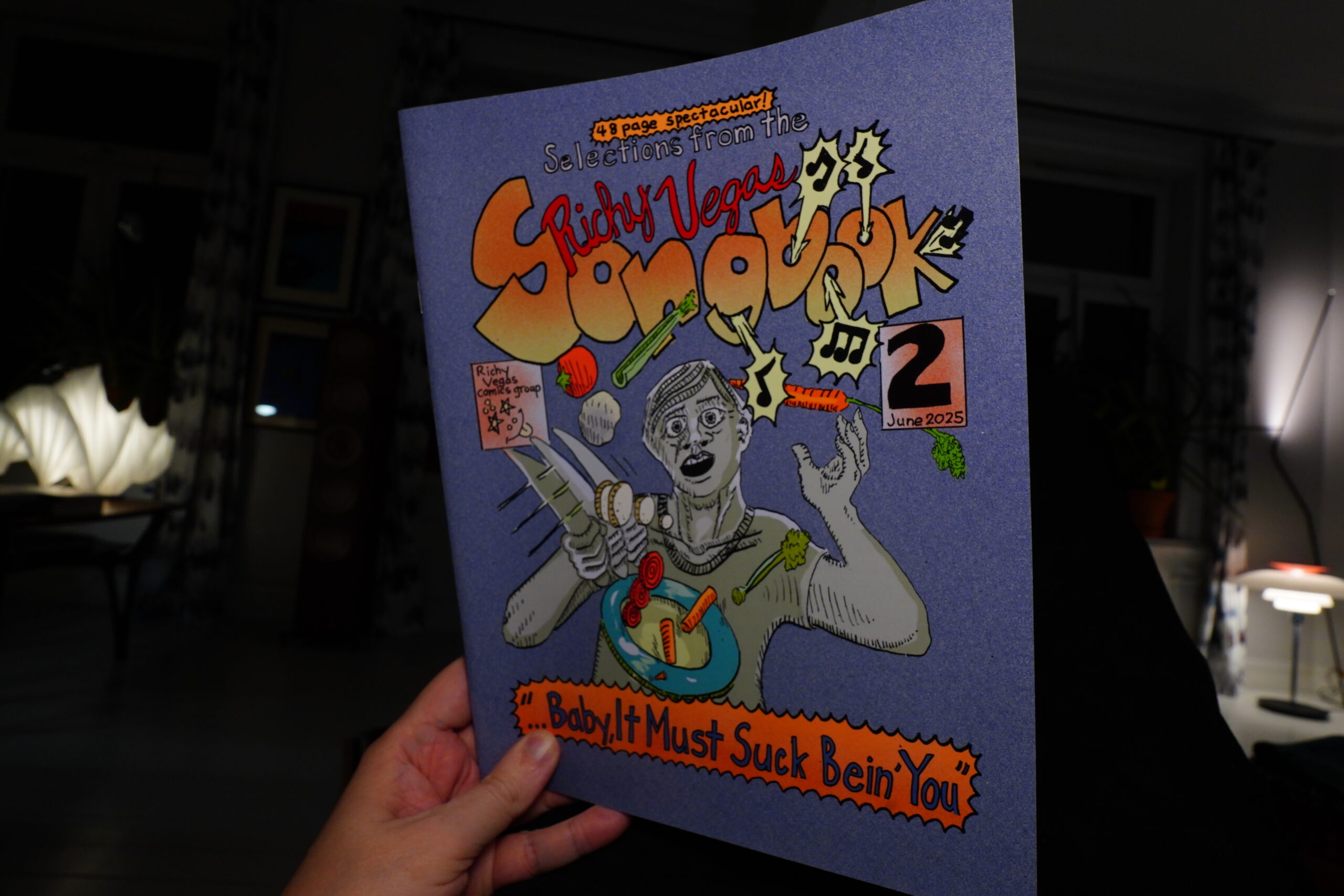
19:59: Selections from the Richy Vegas Songbook 2 by Richard Alexander
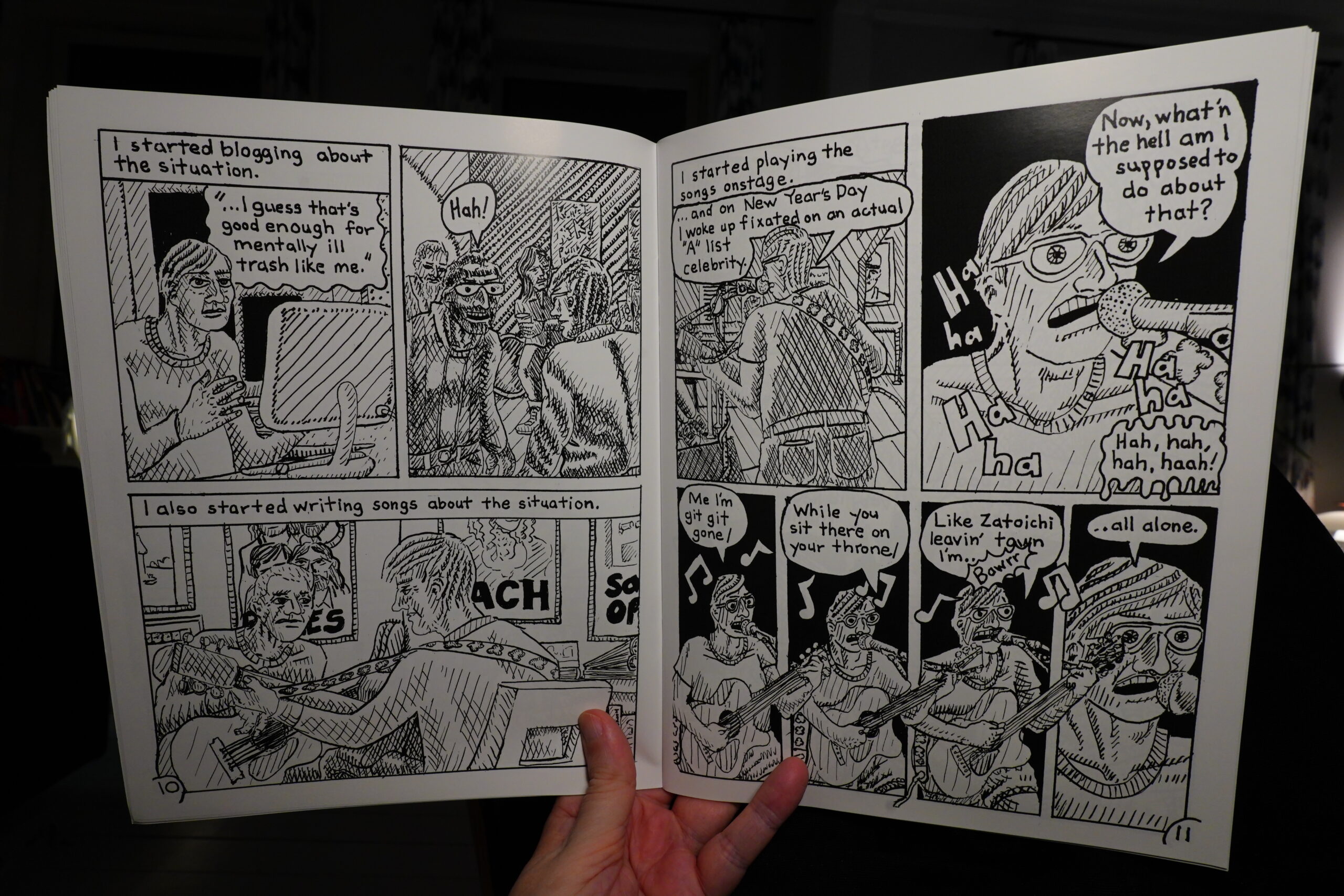
This doesn’t use the circular storytelling thing that Alexander uses in his main series…
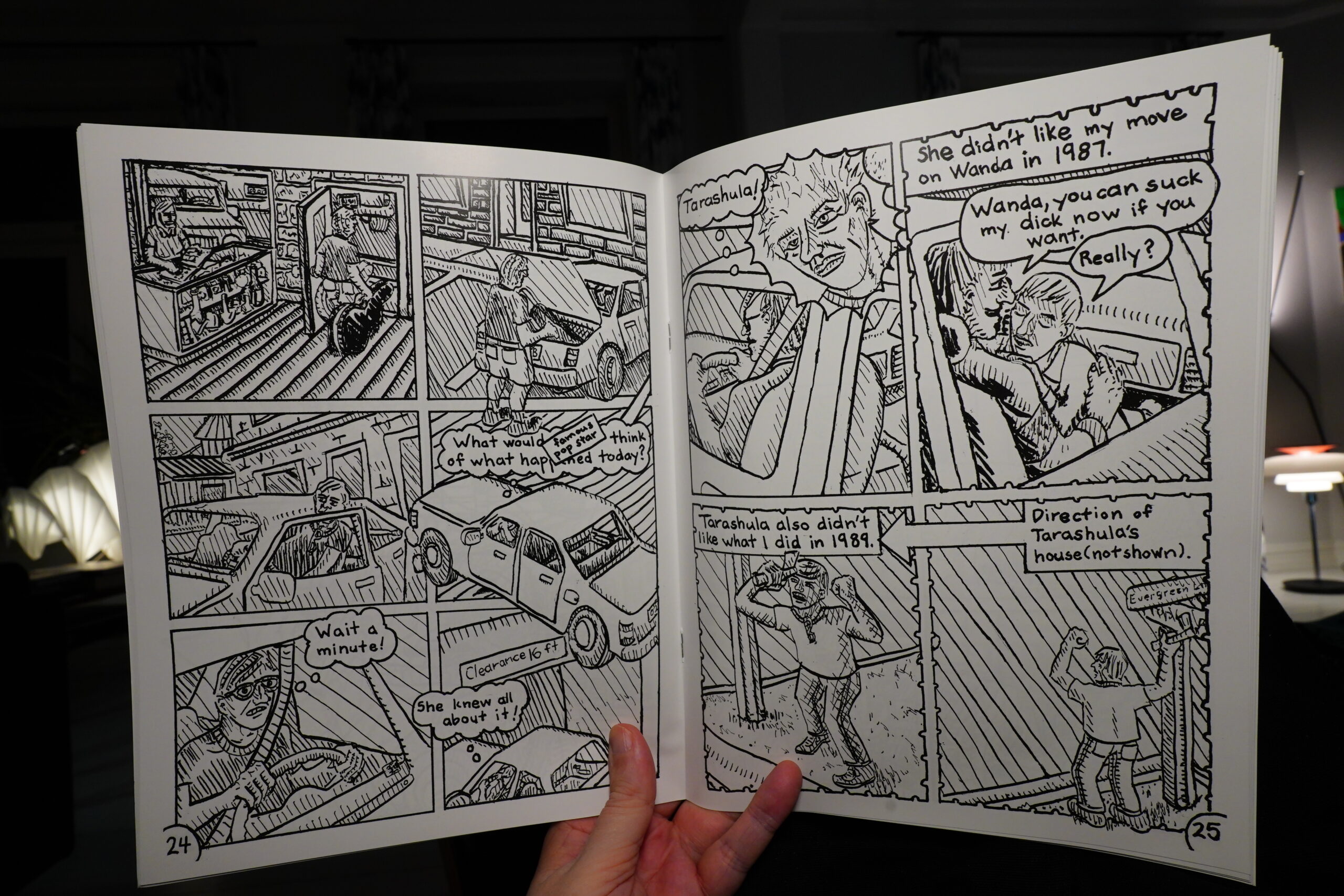
… but it’s still fascinating. It’s autobio stuff from a unique viewpoint, and it really grabs your attention. The storytelling is flawless.
| Kraftwerk: Computer World | 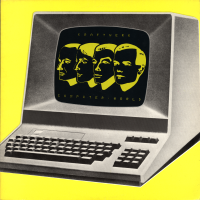 |
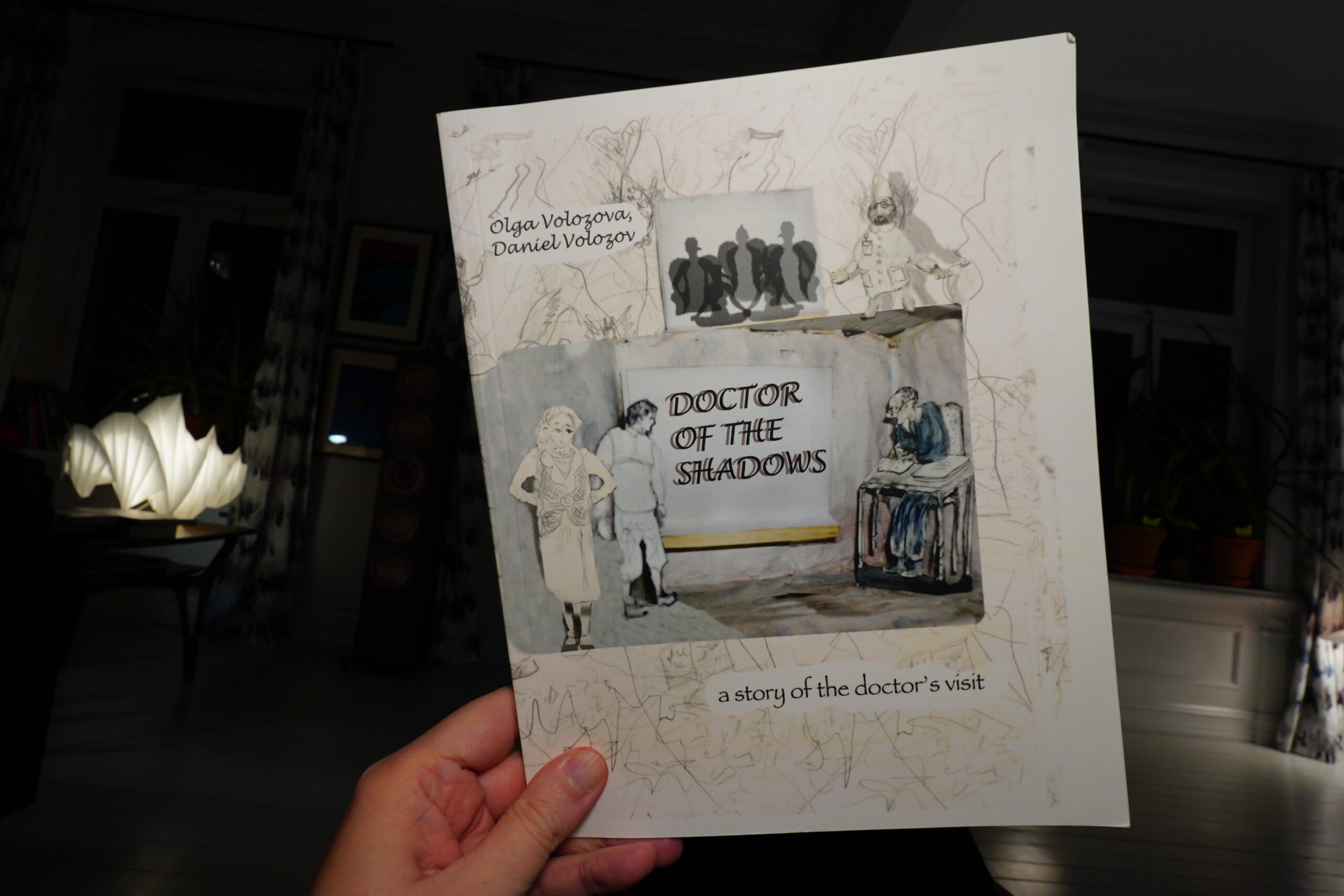
20:12: Doctor of the Shawo by Olga Volozova/Daniel Volozov
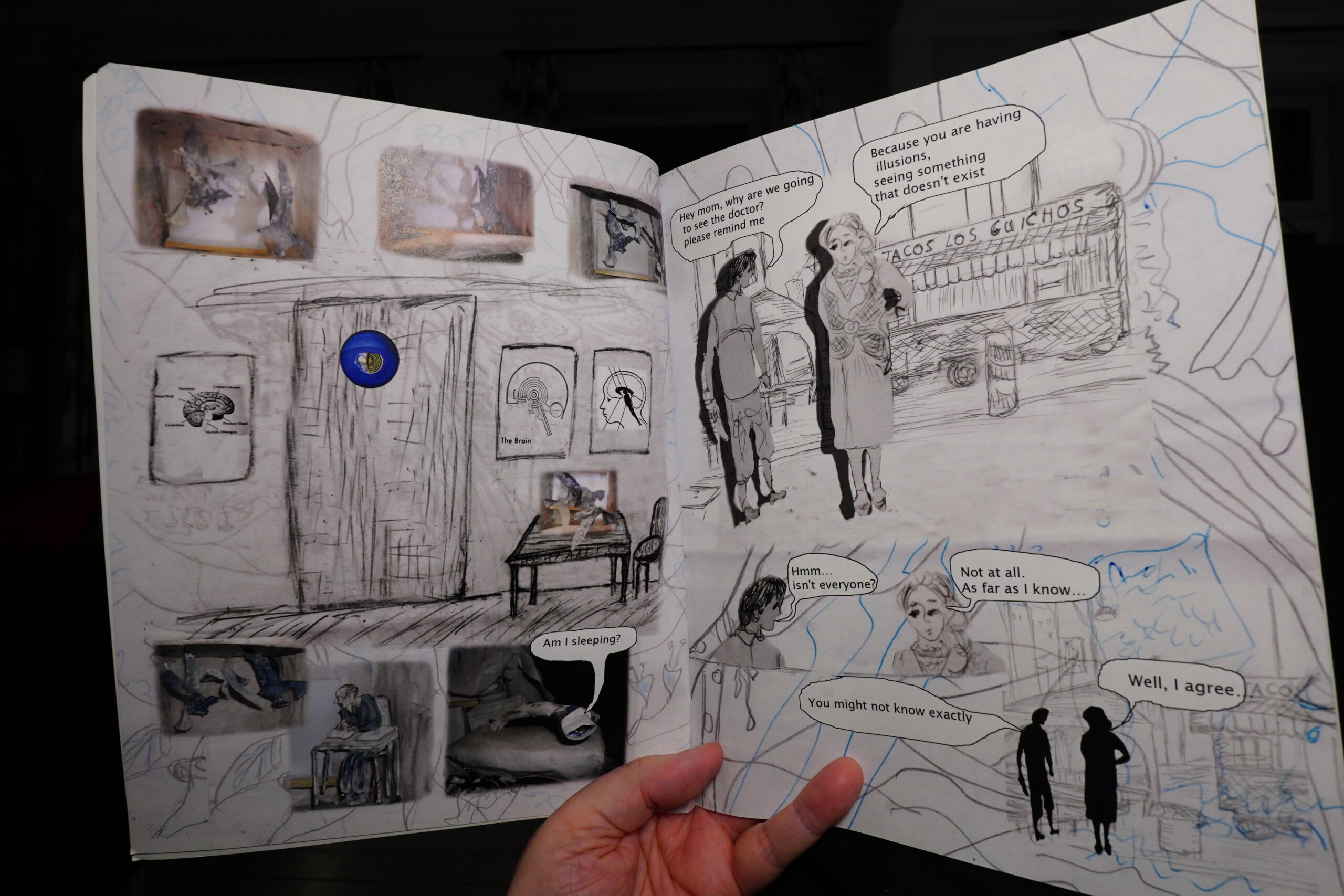
I don’t think I’ve seen a comic book done in this fashion before — it’s cut-outs and dioramas with dolls, and then backgrounds are drawings…
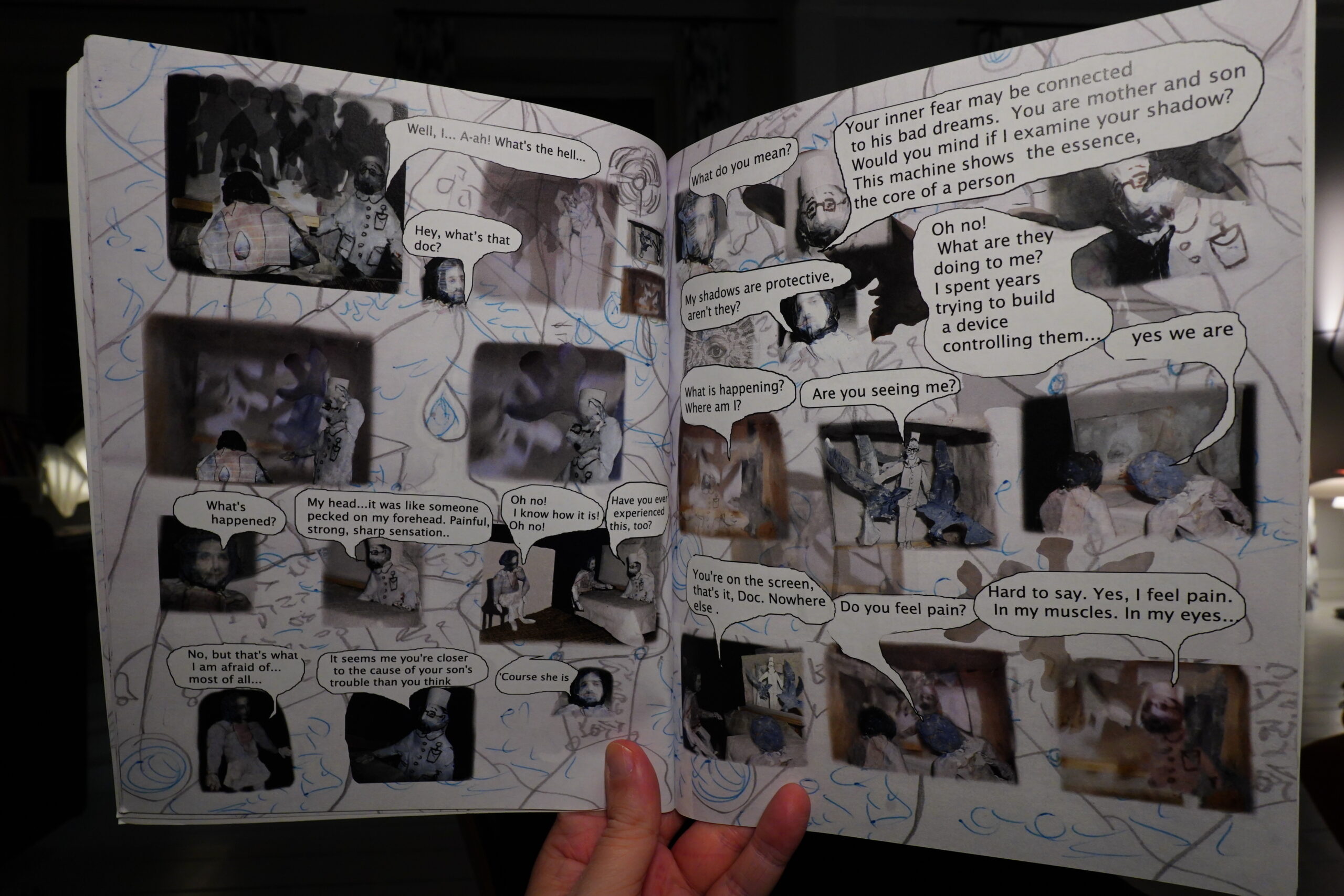
It’s interesting — it’s about a mother and a son going to a psychologist (or do they?), and it spins out in an abstract way. I like it.
| Talking Heads: The Name Of This Band Is Talking Heads (Disc 1: 1977-1979) | 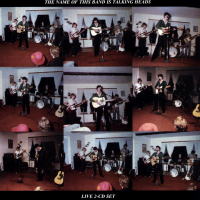 |
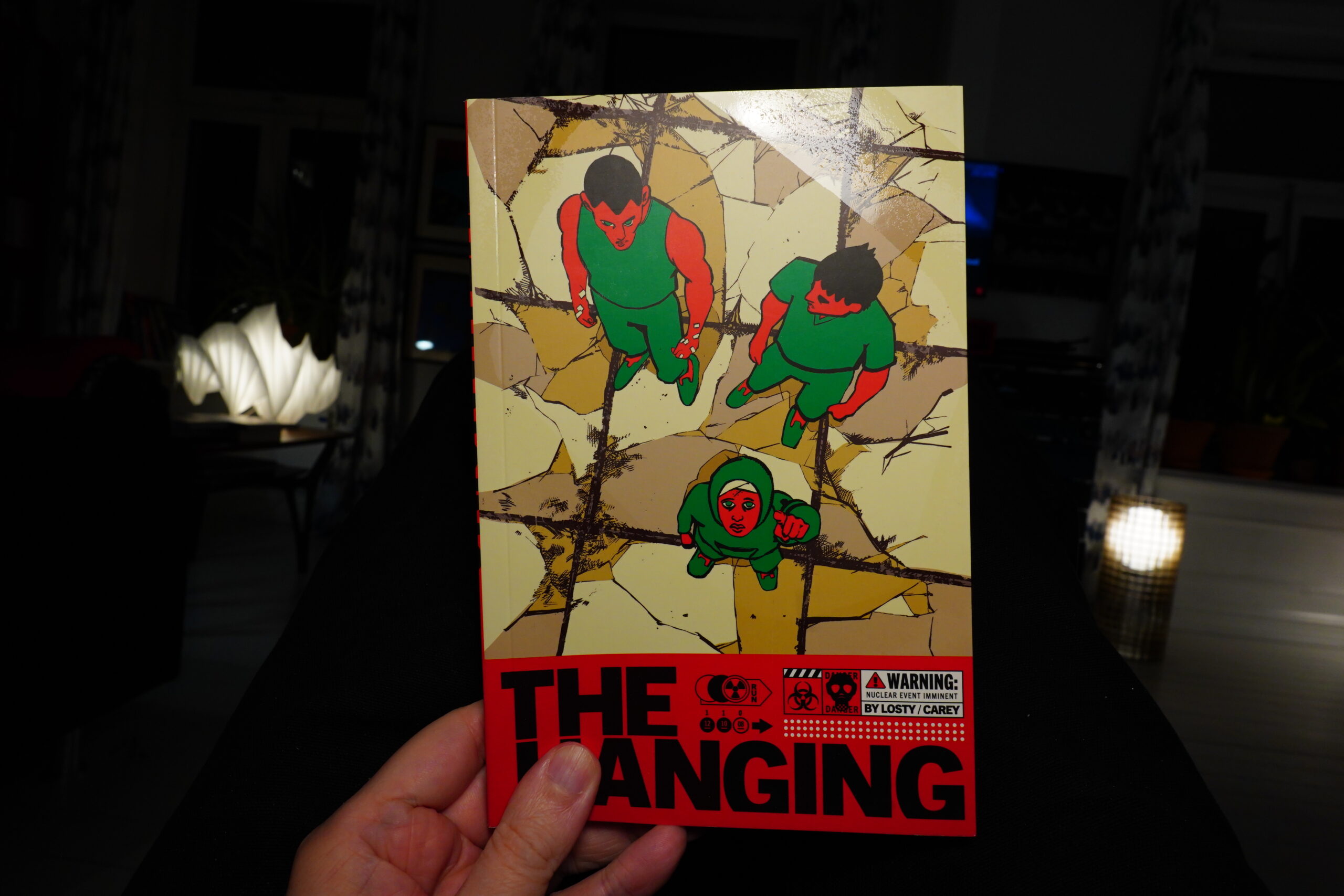
20:23: The Hanging by Aaron Losty (Strangers Publishing)
I think I got this from here?
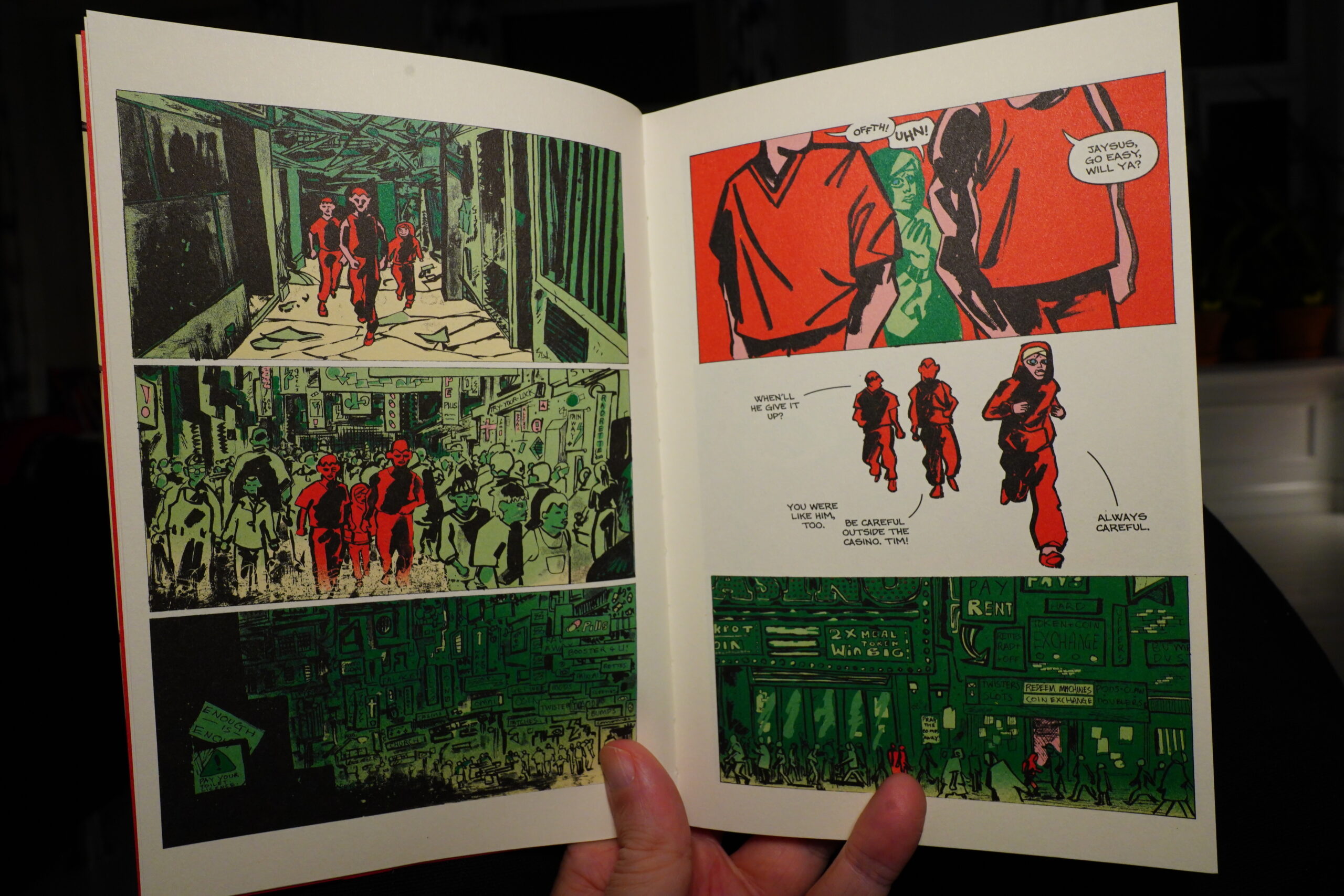
This is a really attractive book. I mean physically — perfect paper stock, binding, printing… and I love these colours. Somebody should win a design award.
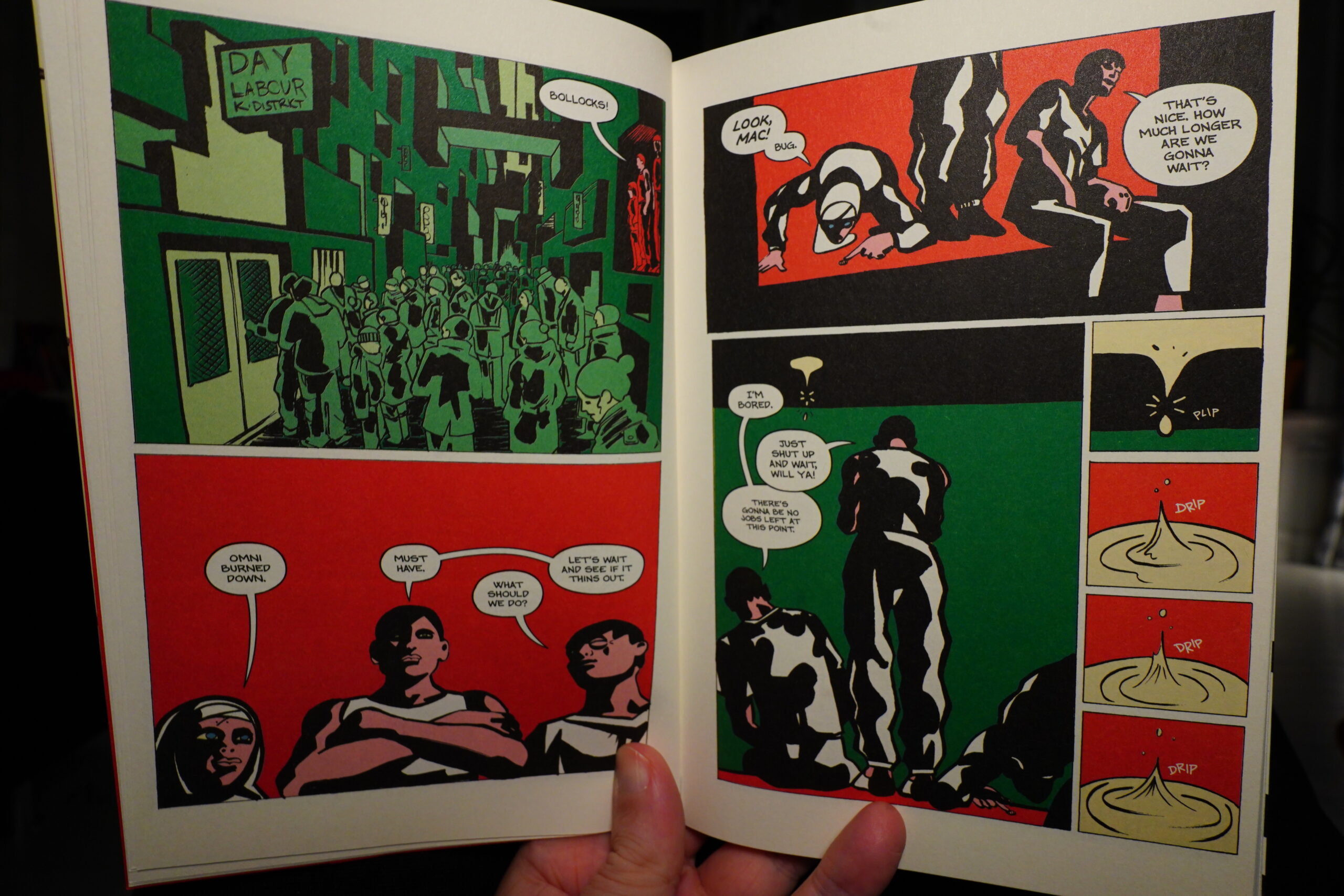
Ooooh — the artwork has a real French pop art thing going on.
It’s pretty good all over — it’s a dystopian story of people trying to survive in the near future.
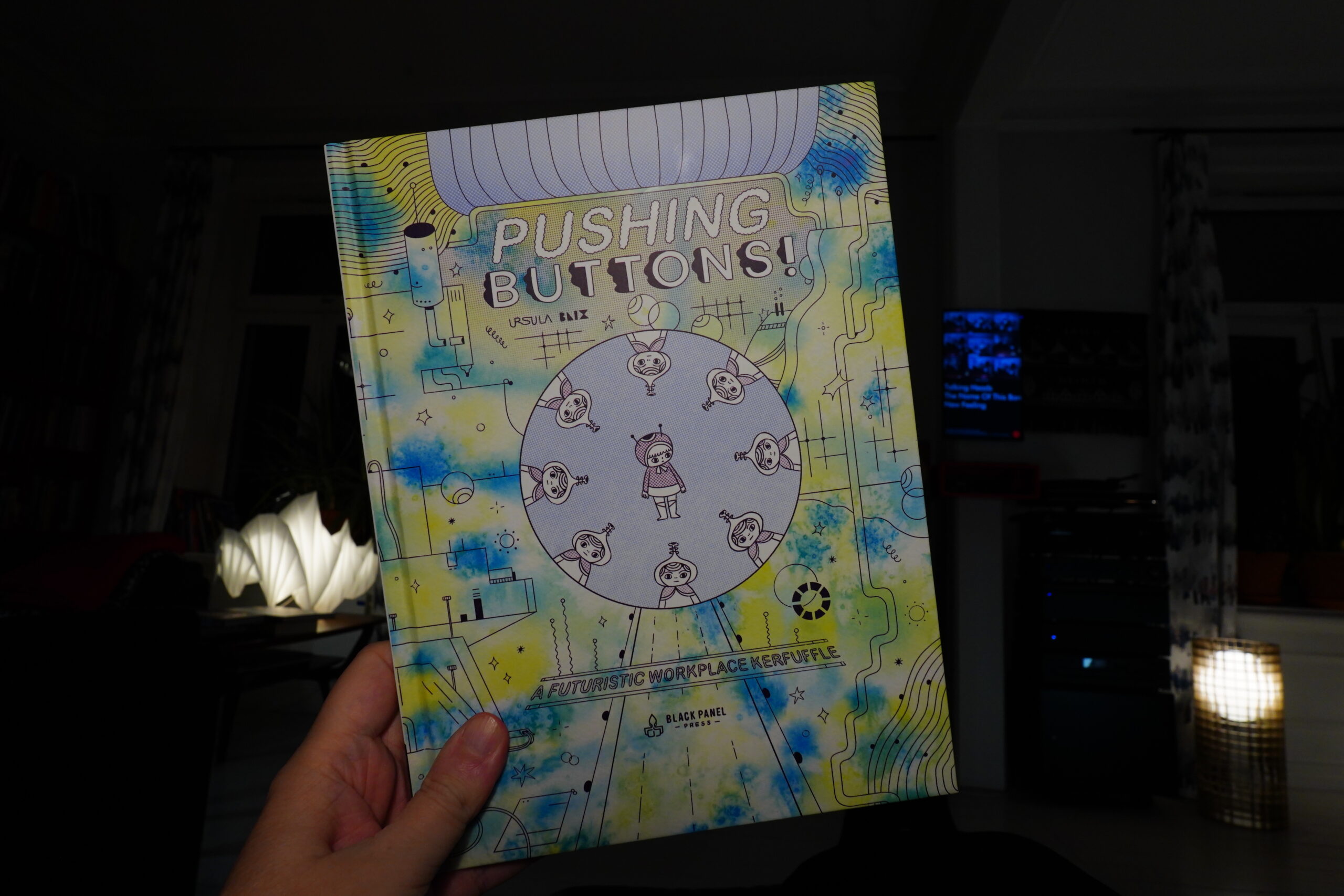
20:56: Pushing Buttons by Ursula Blix (Black Panel Press)
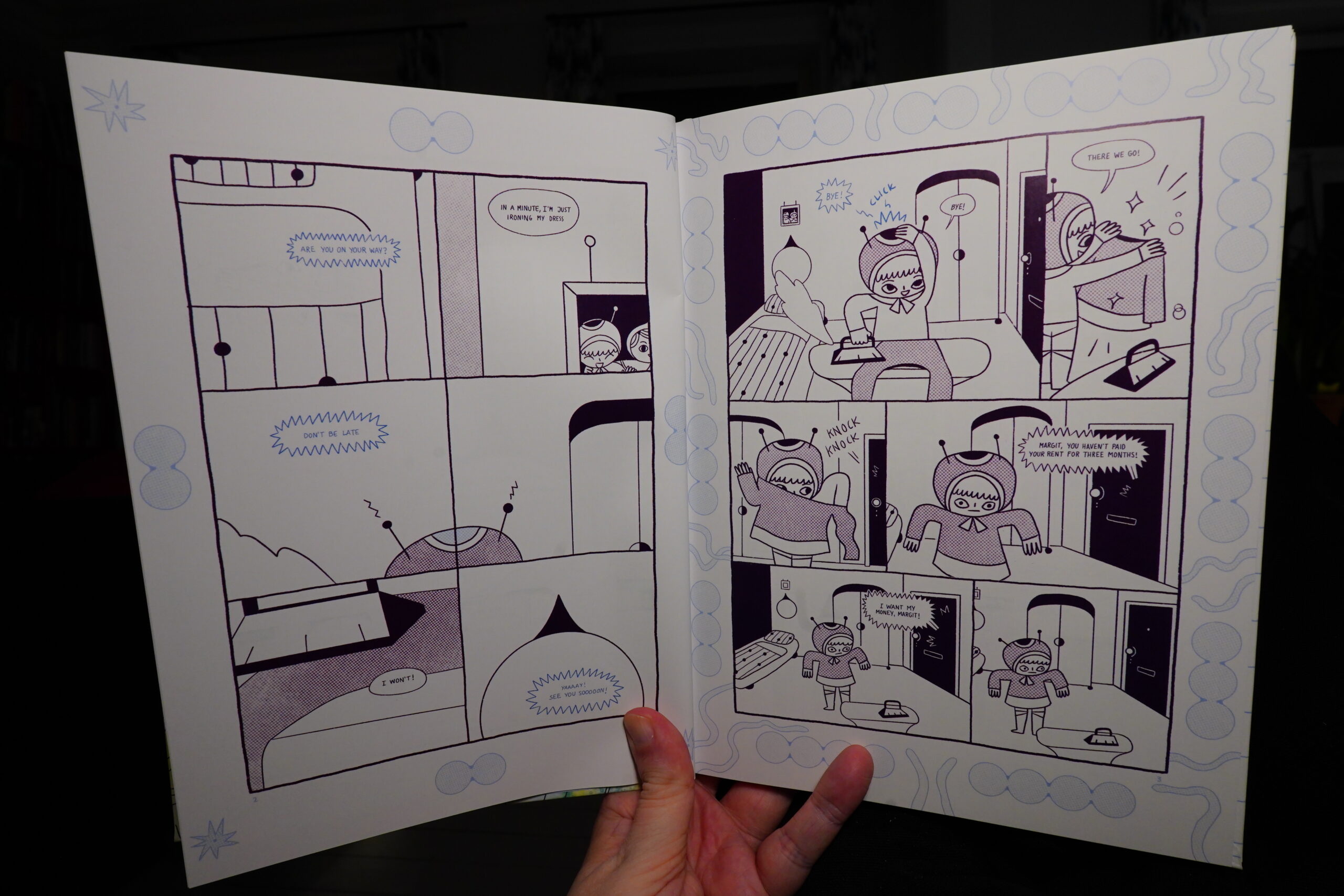
Speaking of design… this is just uncomfortable. The paper is super shiny, so I have to tip it every which way to see what’s on the page. And that coupled with the tiny lettering and the colour scheme just makes reading this a chore.

Which is a shame, because it’s otherwise a charming book.
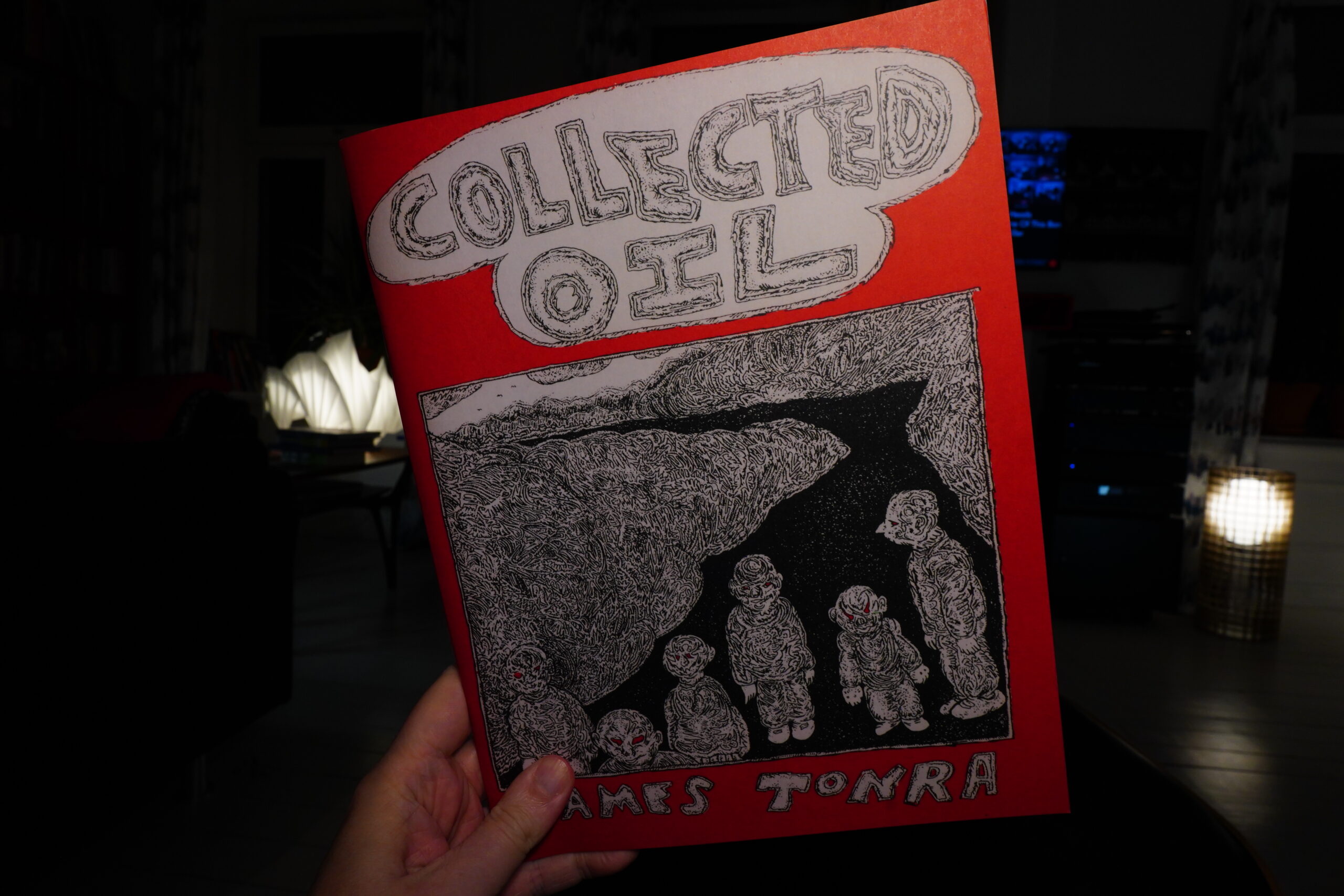
21:11: Collected Oil by James Tonra (Desert Island)
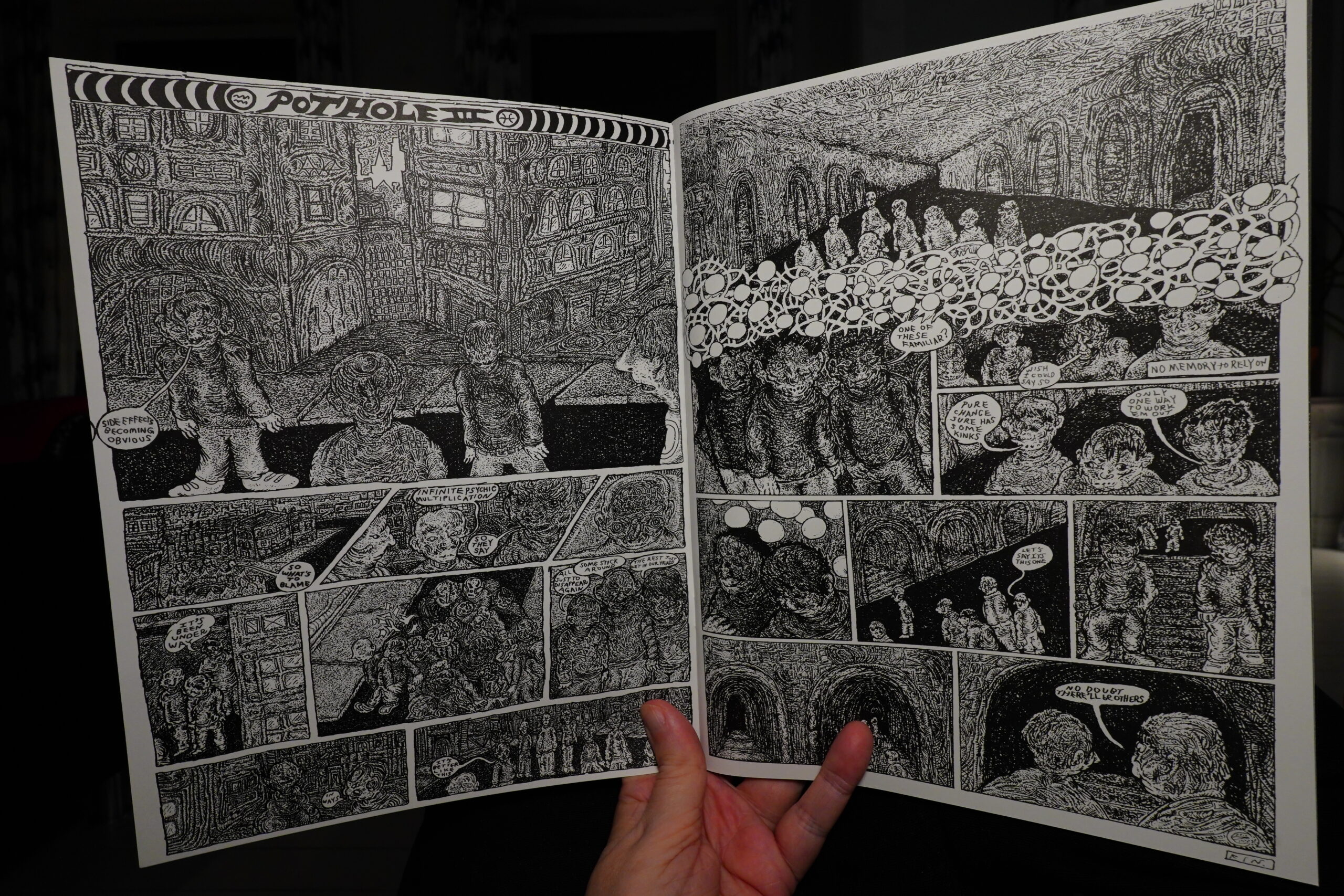
Whoa! Cool.
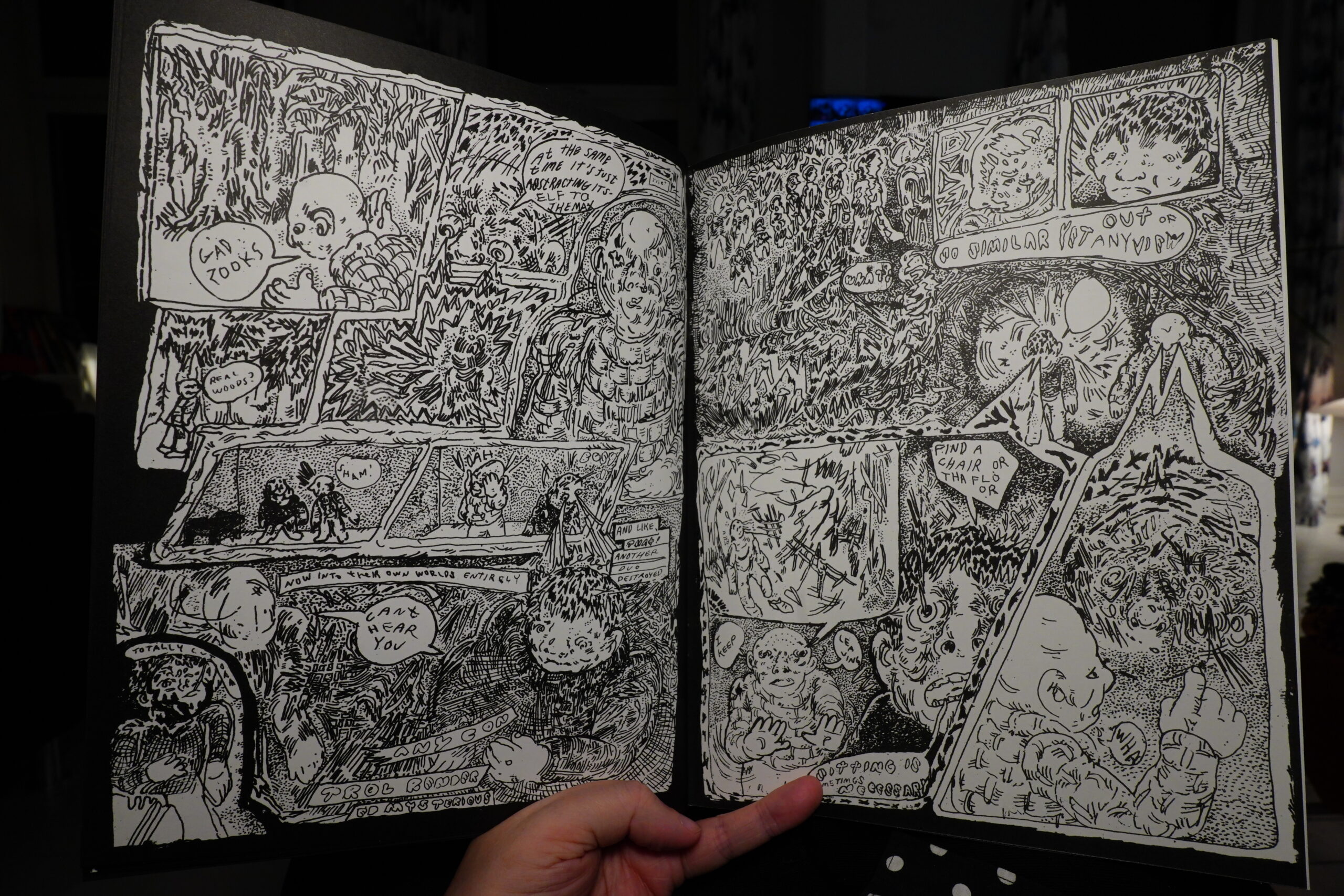
I have absolutely no idea what’s going on in any of these short pieces, but it’s fun to look at.
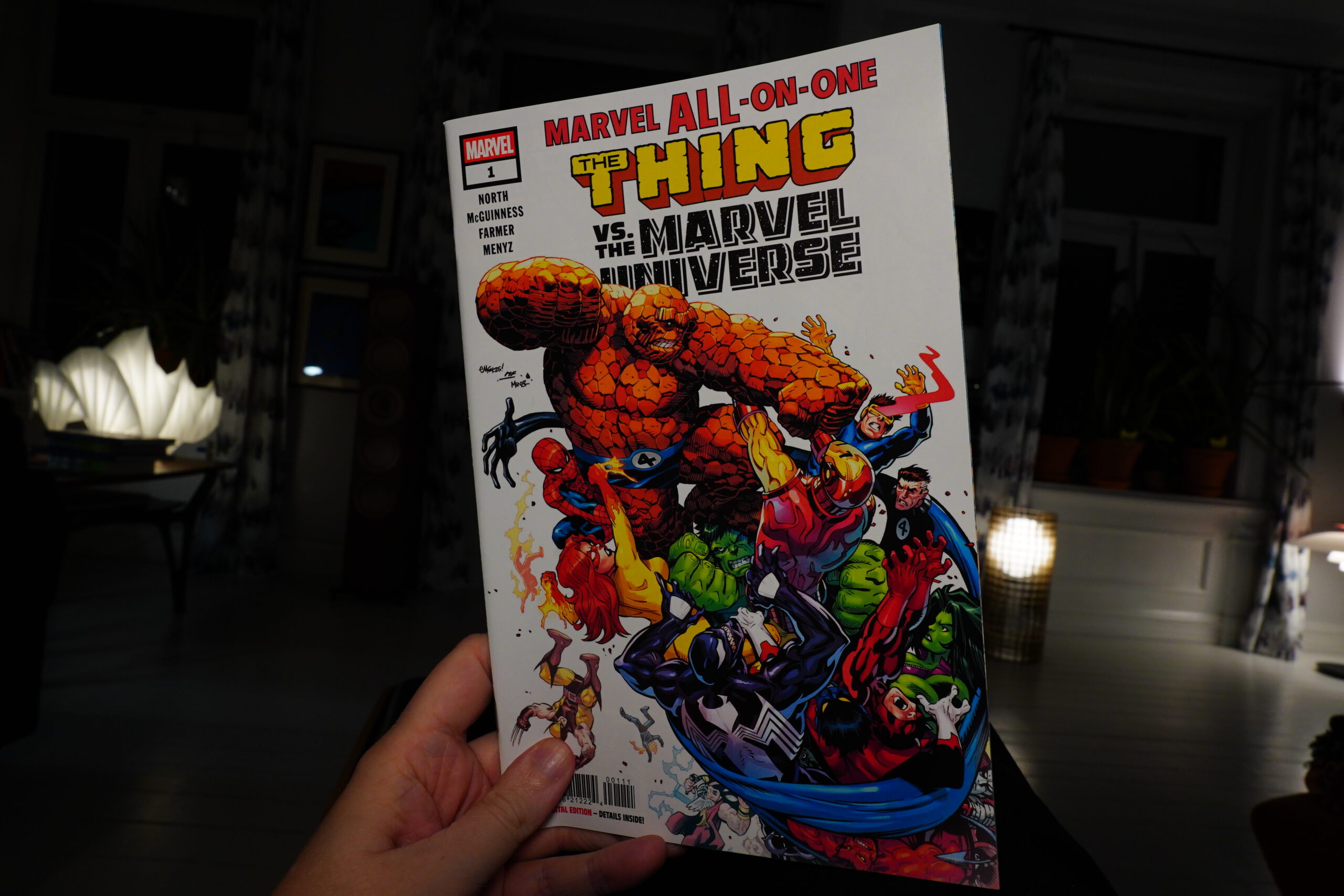
21:25: The Thing vs. the Marvel Universe by Ryan North and others (Marvel Comics)
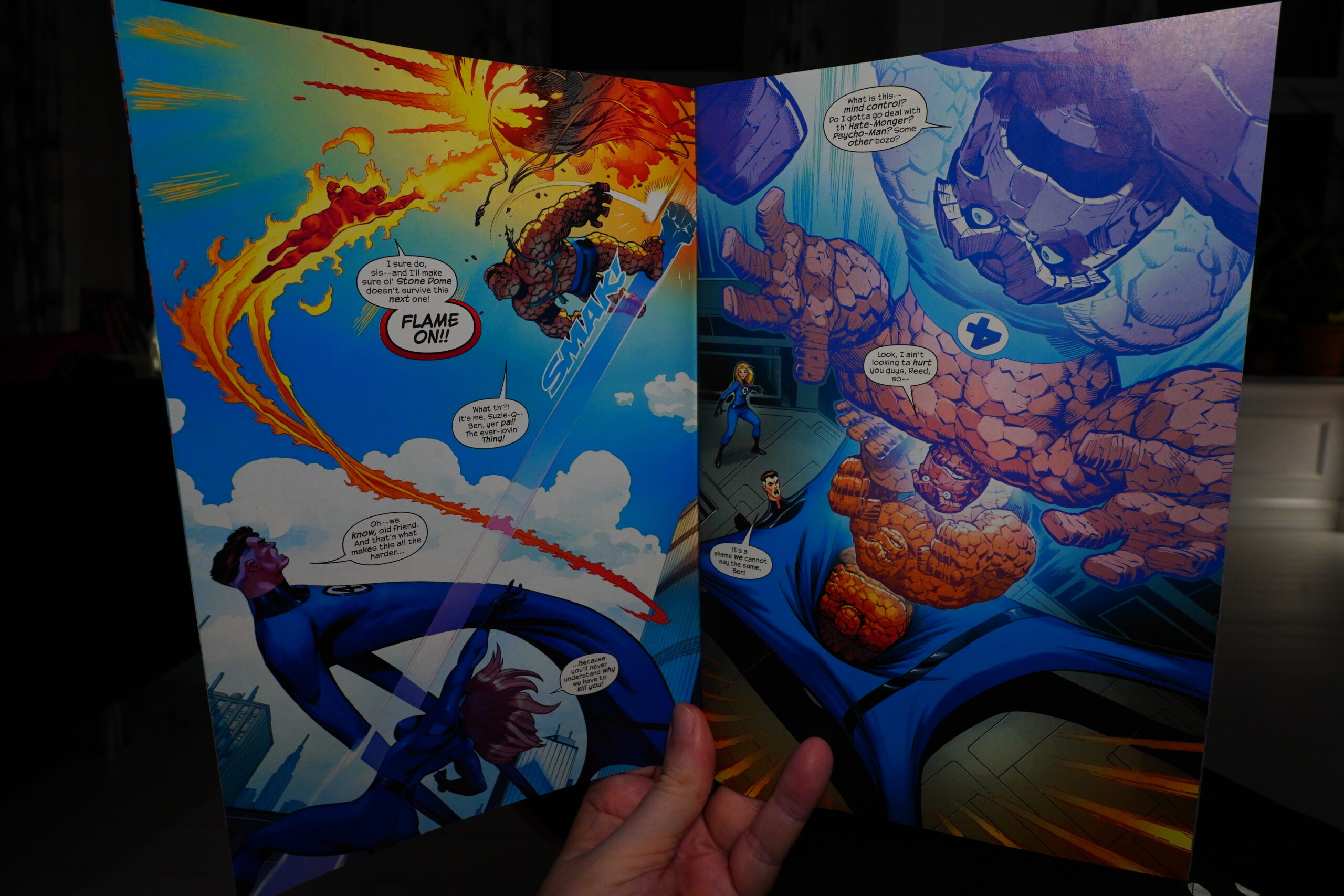
Oh, it’s all single panel pages? It’s a long slug fest? Sure, why not.
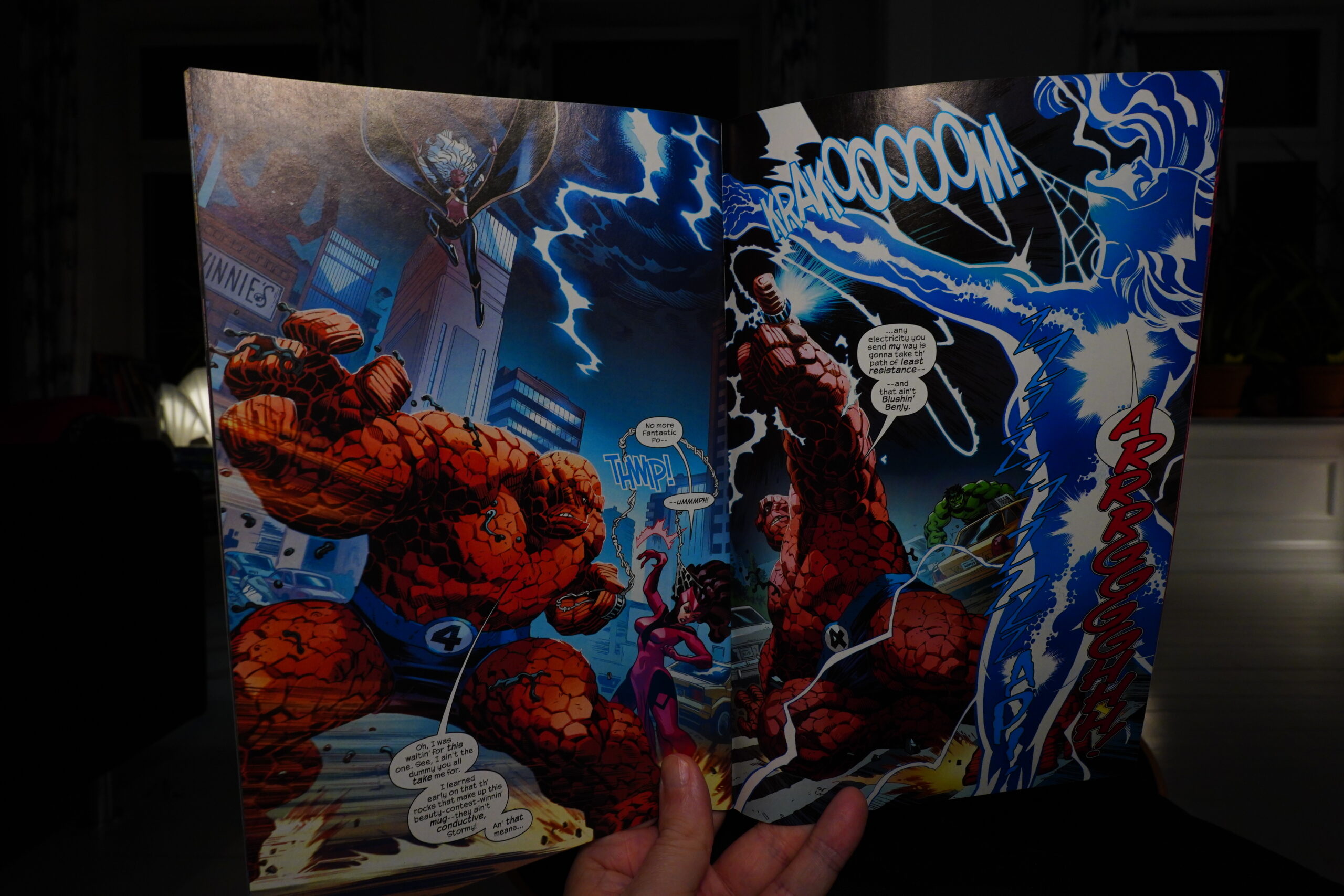
But it’s so badly done! The pages look awkward and stiff, and they’re apparently not be meant to read next to each other, because they look like double page splash pages more often than not (and they’re not).
The twist ending is fun, though, so Ryan delivers on that point.
21:36: The End
And now I think I’m going to make dinner, so I guess it’s time to call it a day.
